The Many Faces of Mother India - Part Two
A Crescendo of the Senses
Leaving New Delhi, we began what would be one of the toughest stretches of our Indian journey, making a triangular route through the colorful cities of Rajasthan and then on to the Holy City of Varanasi. But first, we planned a short side trip to Agra, home of the extraordinary Taj Mahal, and as we arrived to the frenzy and chaos of the Delhi train station (think Grand Central without the Beaux-Arts facade), we got our first taste of what life is like on the Indian rails. As I watched over our bags, Martin ran up and down the supposed platform of our missing train, attempting to figure out if it was simply delayed, had changed tracks or perhaps, we'd missed it entirely. The station's postings were mostly in Hindi, the regular announcements overhead too muffled to hear above the crowds, and as if that wasn't confusing enough, we actually couldn't find any information about our particular route anywhere, as if the train had disappeared altogether. To further jumble the puzzle, we received mixed messages from station attendants, some suggesting that our train had already departed, others telling us that it was just late. Alas, after all the confusion, we let go and put our trust in a few locals (who turned out to be more helpful than the officials), and ta-dah, a few hours later, we were on our way.
Early the next morning as we approached the gates of the majestic Taj Mahal, the sun rose overhead, a light fog enveloping the ultimate Mughal status symbol, creating a dream-like, fairytale scene. We snapped pictures from nearly every angle of this marble marvel, the structure more impressive than we could have ever imagined, and giving our cameras a break, paused to sit on a bench in the early golden light, soaking up the great world wonder while the sun continued to rise over its towering minarets. After breakfast and a mid-morning nap, we were able to inspect a lesser known yet remarkable building nearby, the exquisite tomb of I'timād-ud-Daulah, often called the “Baby Taj.” Thought to be a trial run or mock-up for the looming granddaddy, the Baby Taj beautifully represents the transition of Mughal architecture from red sandstone to white marble inlay, the intricate detail taking our breath away.

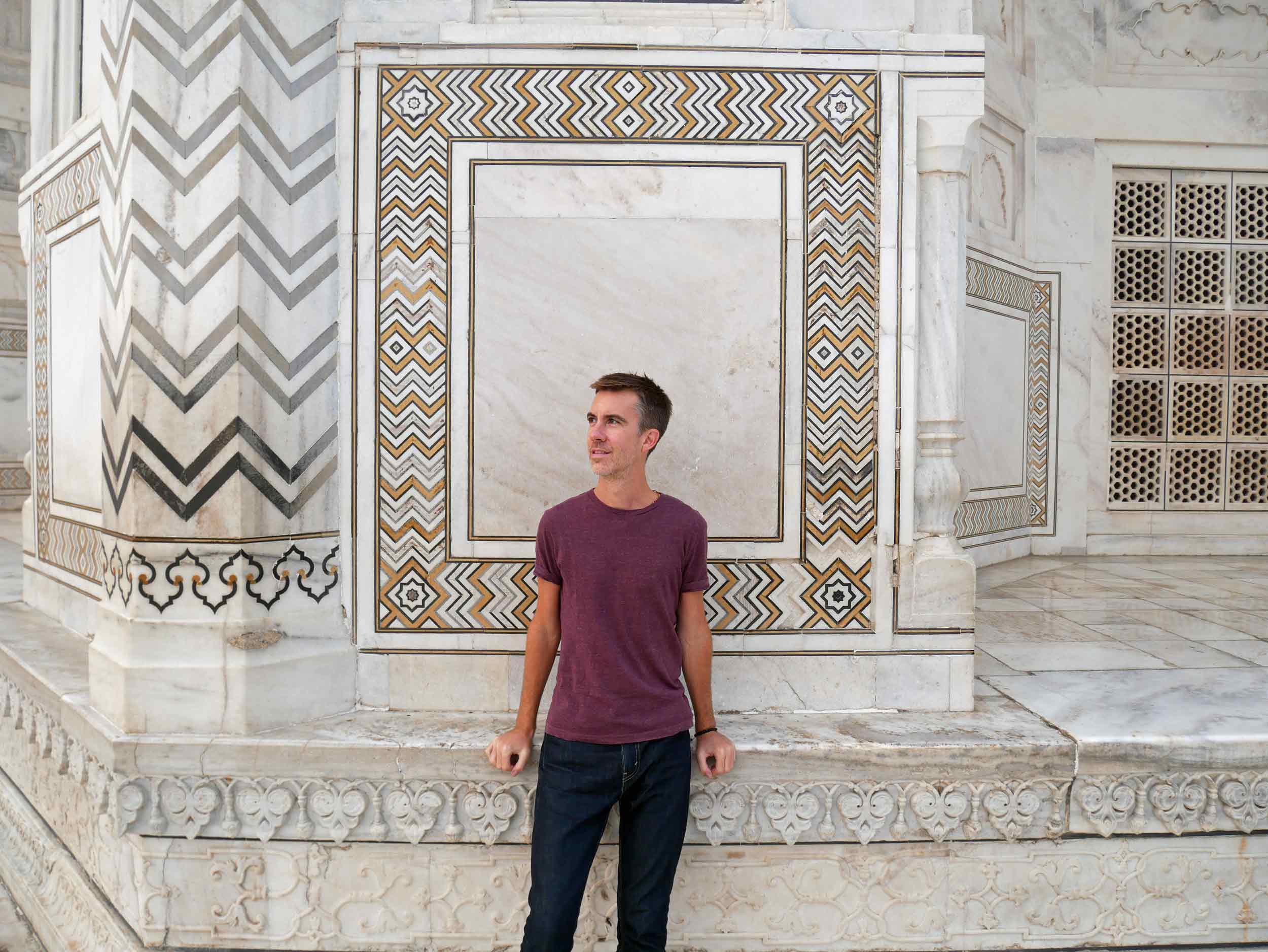


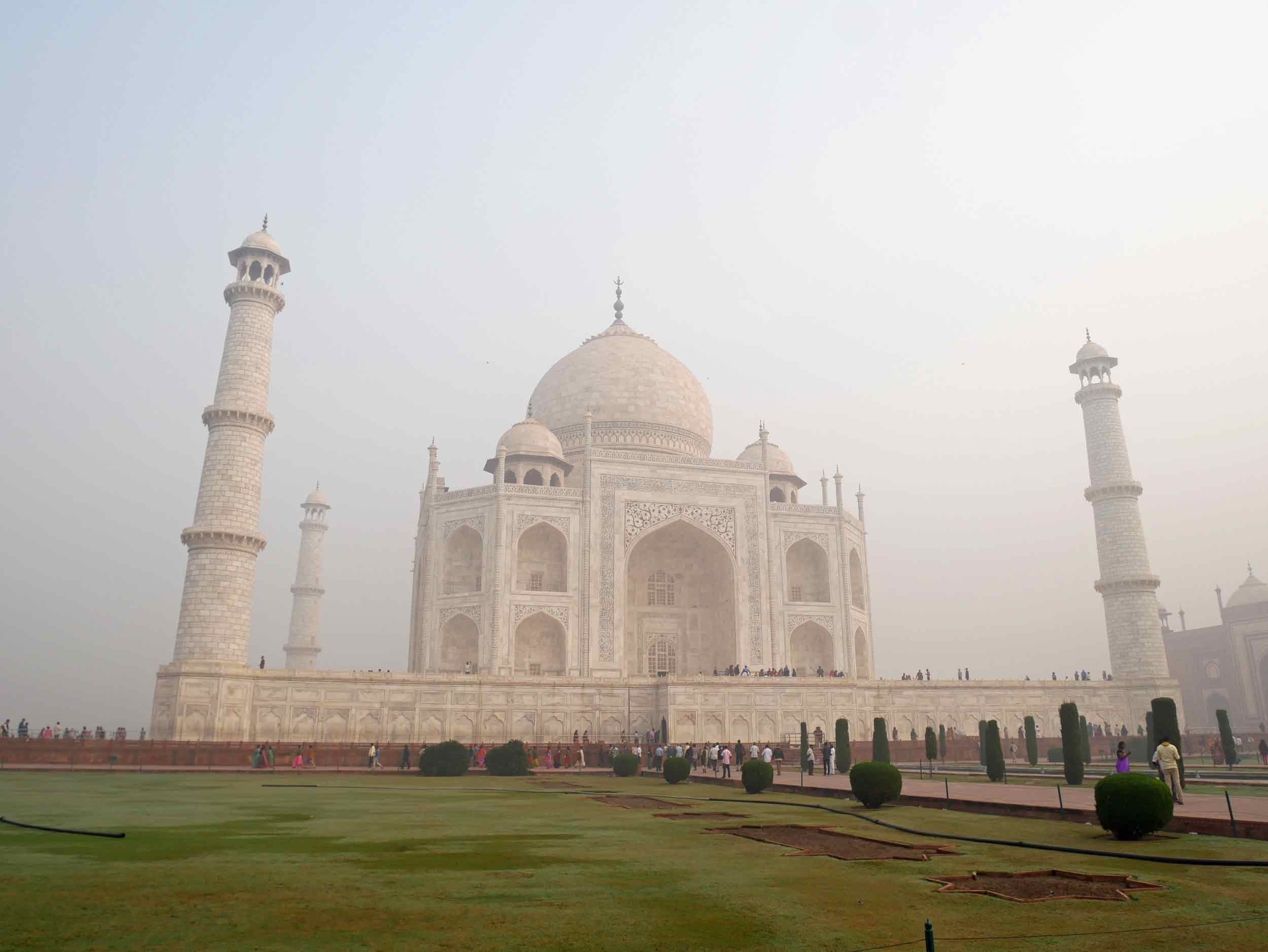

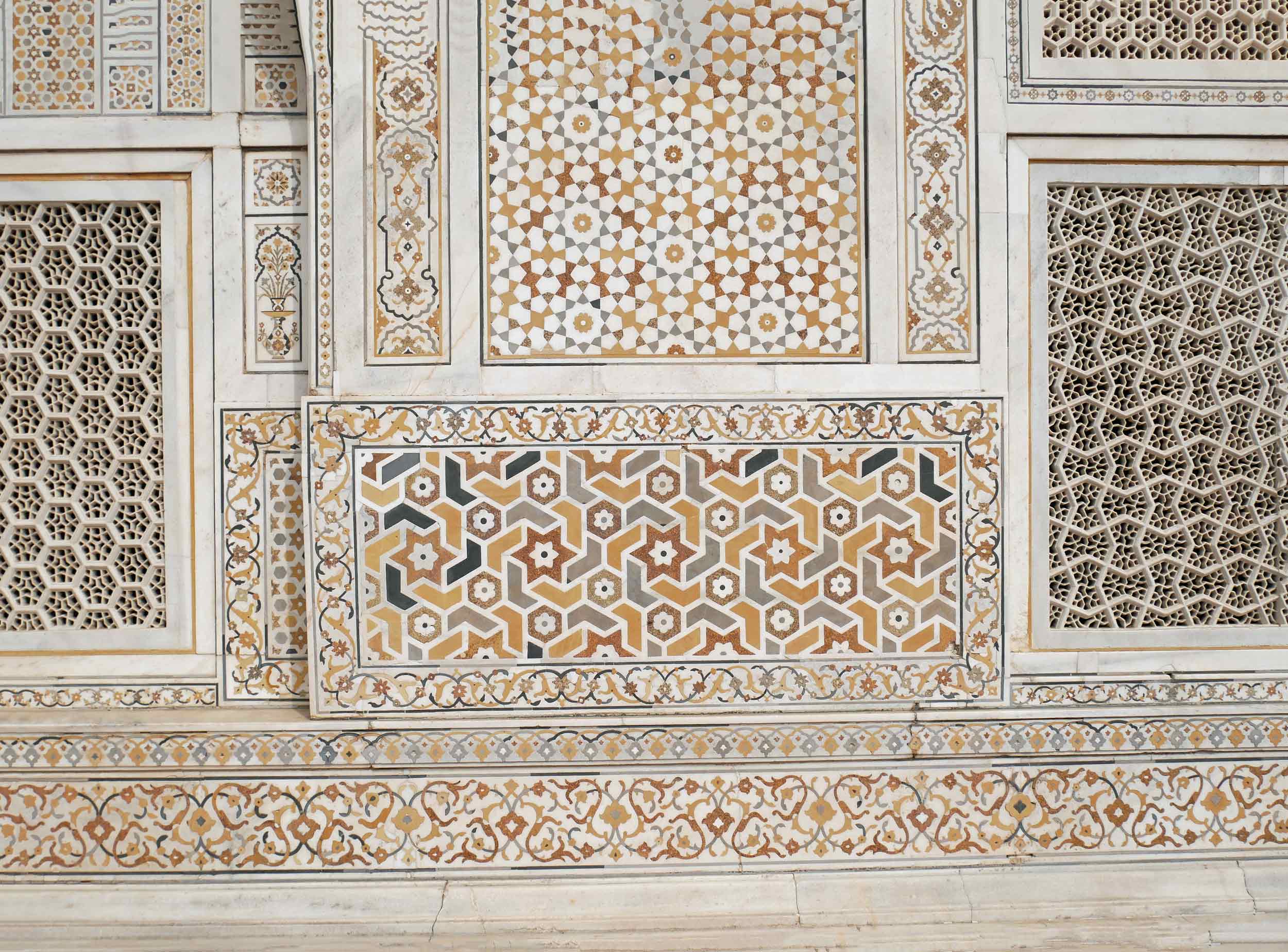
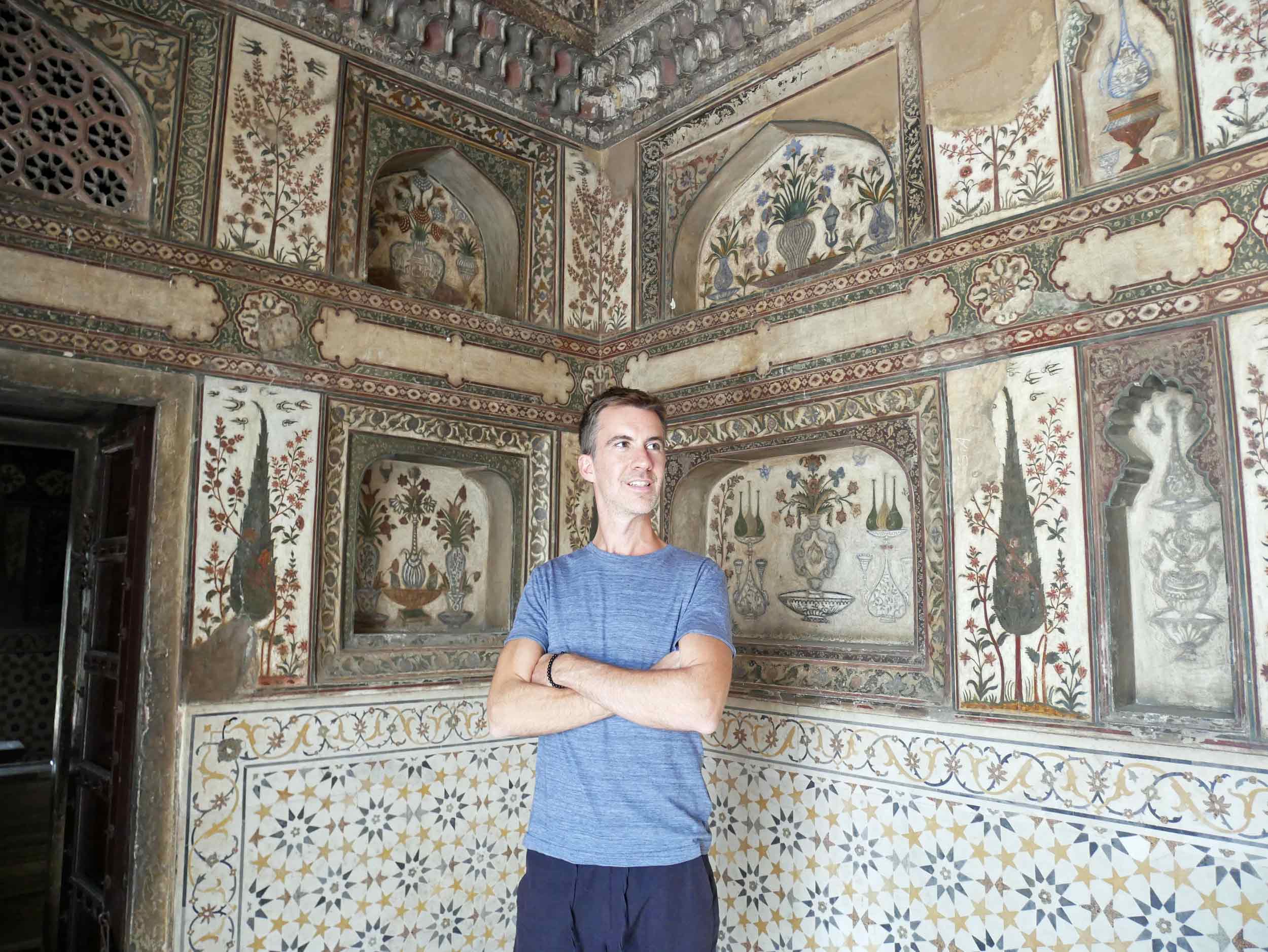
Traversing Royal Rajasthan
Our second attempt on the Indian rails was a bit more organized, although still somewhat uncertain as we awaited a delayed train that was meant to carry us the five hours to Jaipur. More settled in the chaos, we once again relied on the professionals—locals with smartphones in hand—and a whole lot of faith (taking our friend Anjali's wise advice about India, "Just go with the flow"). Only a couple hours behind schedule (thanks to pollution still blanketing the Delhi skies), our train pulled into the station, and we settled against our packs on bunkbed-style seats, listening to podcasts, reading and watching the lit windows and cooking fires of the countryside pass us by.
We arrived to Jaipur just after midnight, met by a chipper local man who was used to these sorts of delays, carting us in his tuk-tuk to our lovely guesthouse, a former heritage house turned boutique hotel. After some shut eye and a lovely breakfast in the lodging's courtyard as a pair of peacocks wandered the grounds, we toured the many sites of the "Pink City" under the blazing desert sun, hiding in the shadows around Jantar Mantar, a series of large-scale astronomical innovations completed in the 1730s by the then Rajput king, and in the hidden rooms and tunnels of the splendid Amer Palace and Fort. As we prepared to leave Jaipur, we were alerted that our train to our next stop, Jodhpur, was experiencing a 12-hour delay, so we opted instead for the express bus, a "short" seven hour journey west across the dry Rajasthani land.
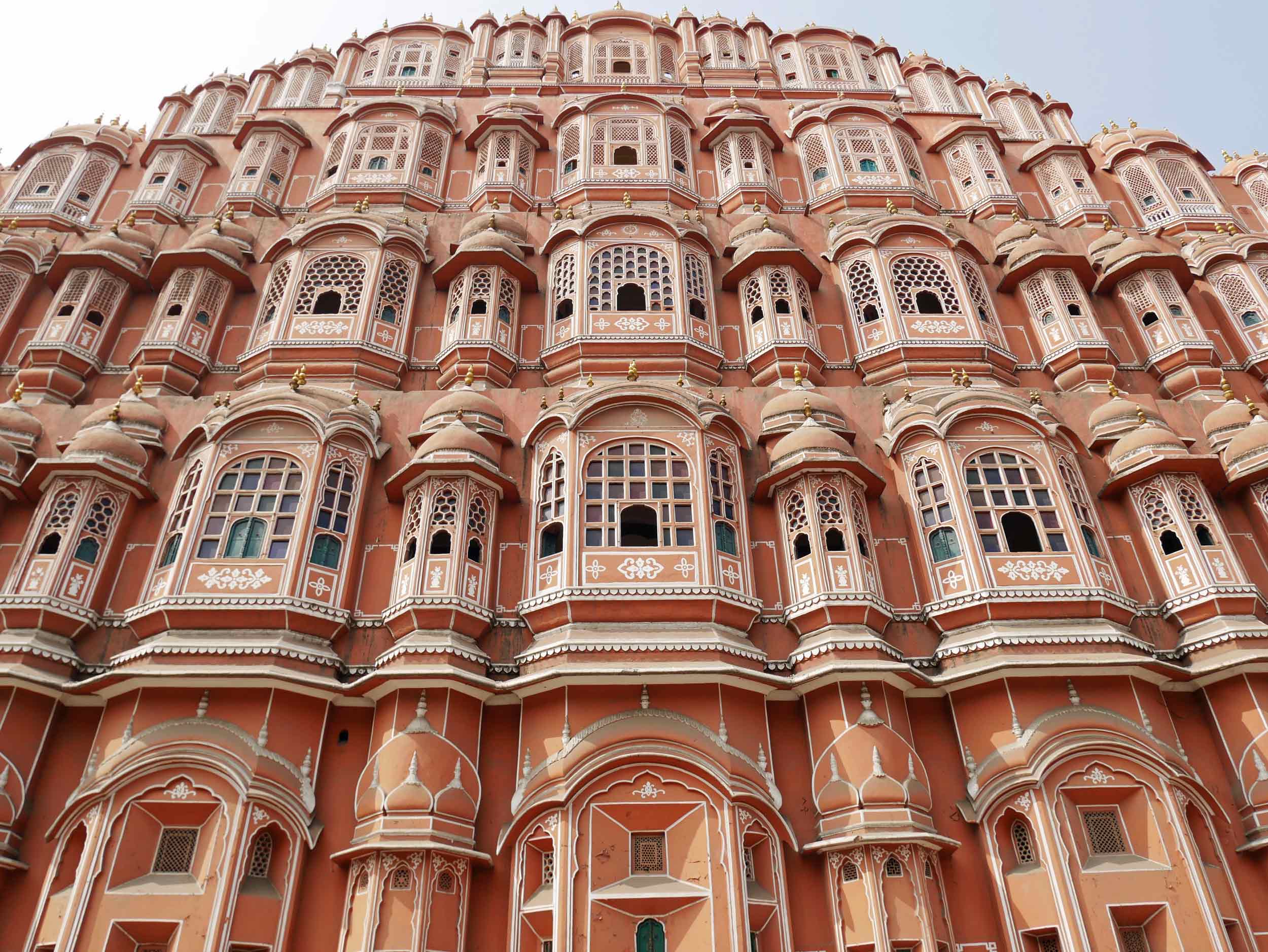
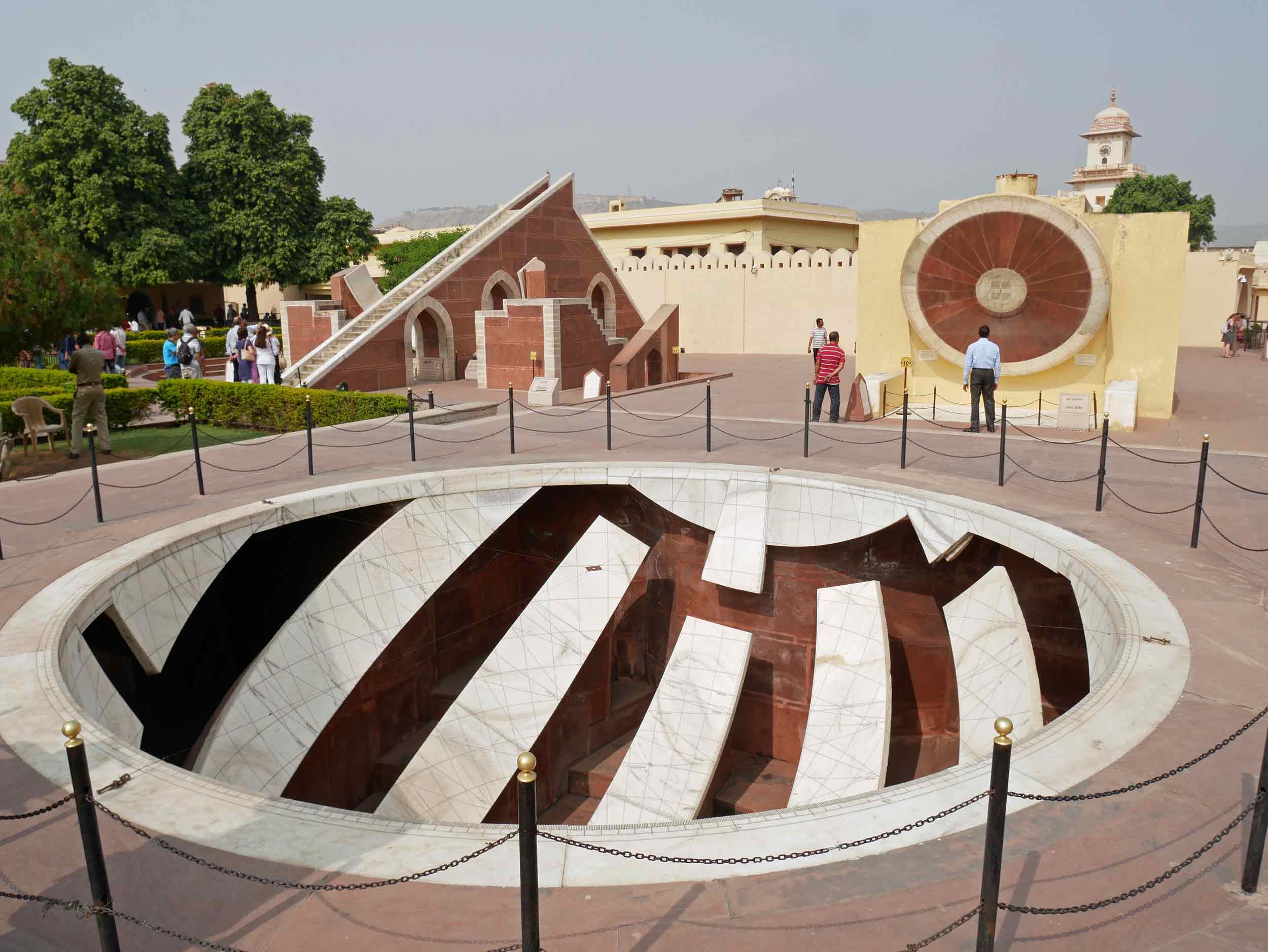
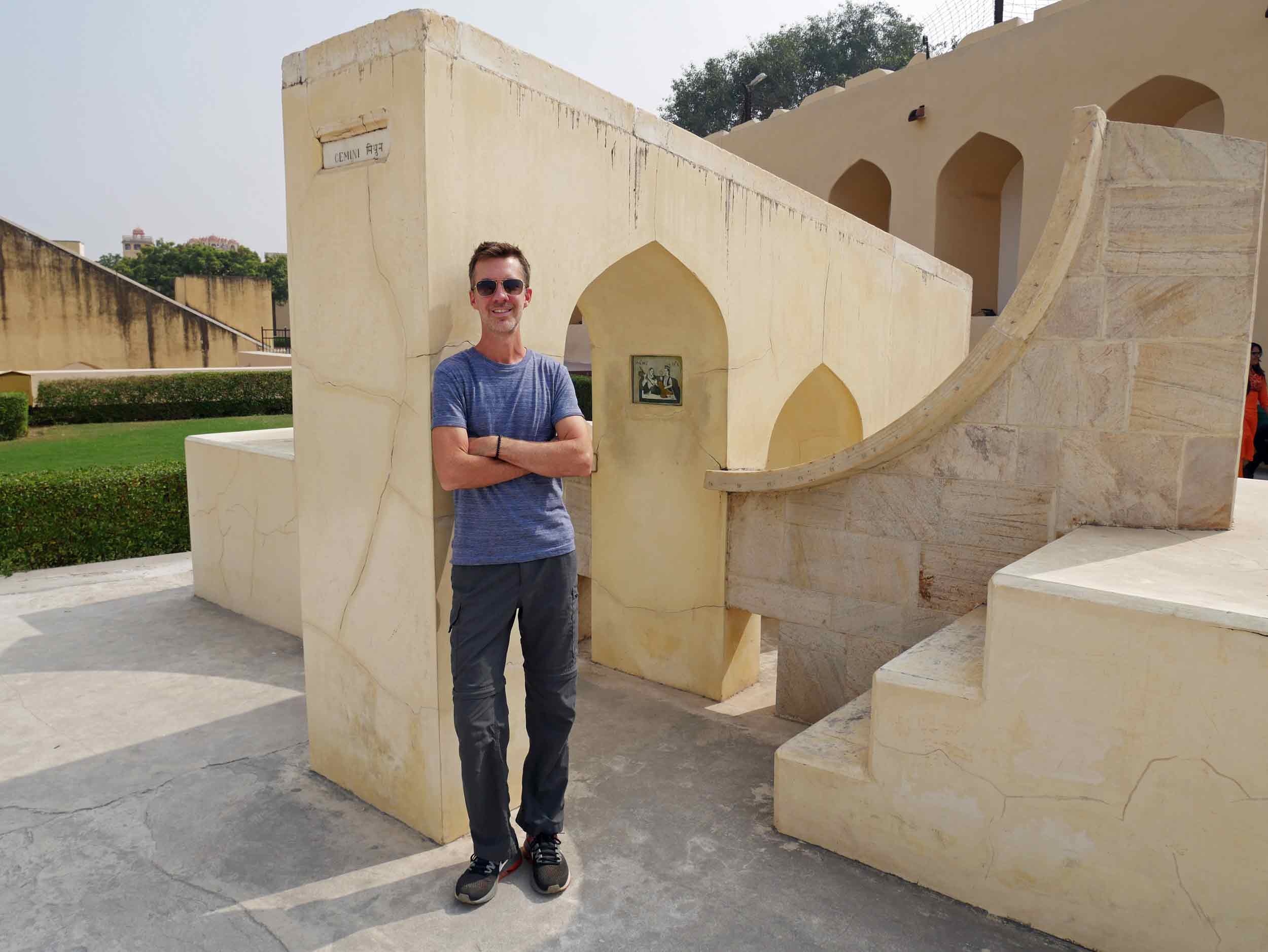
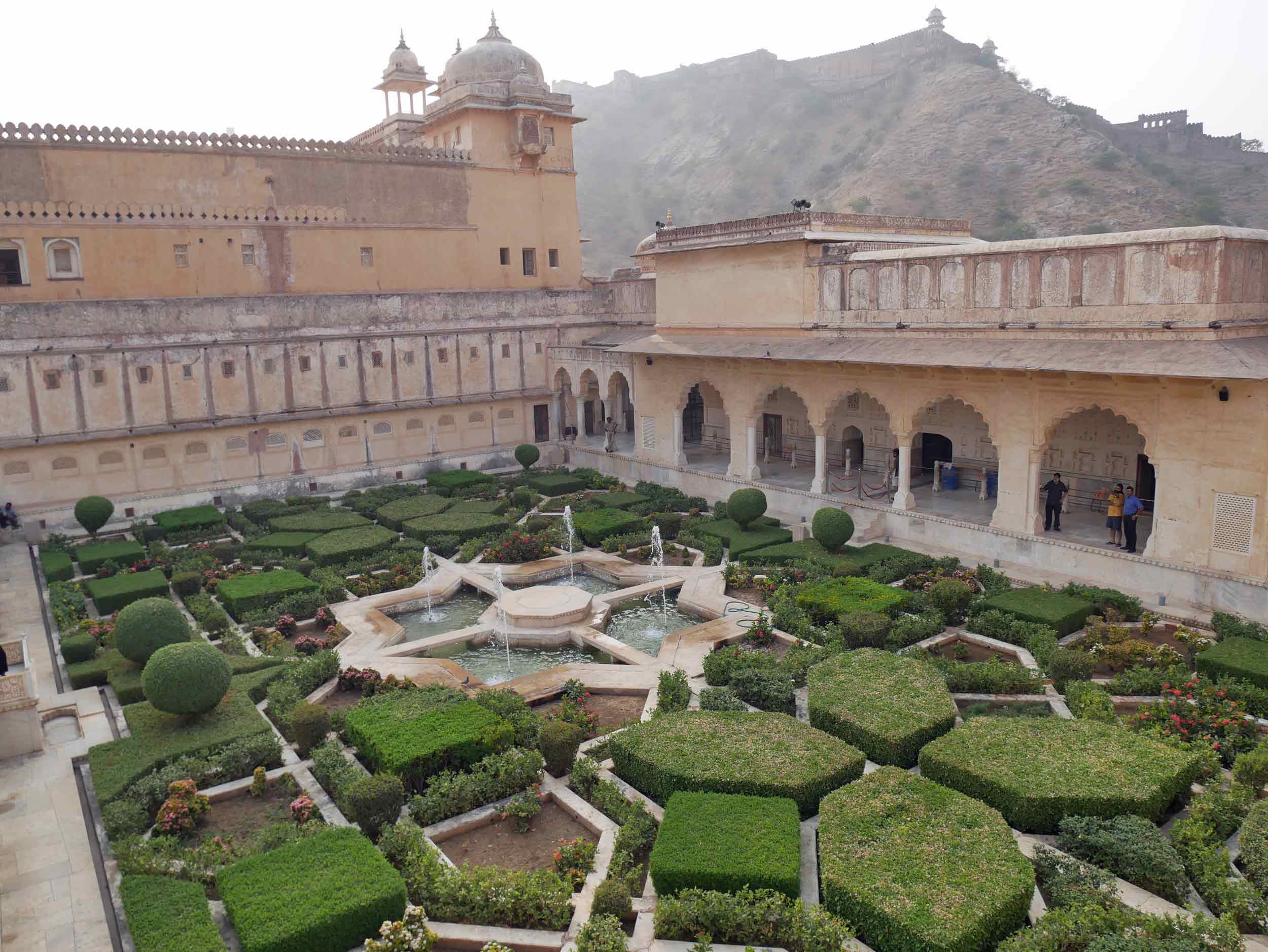
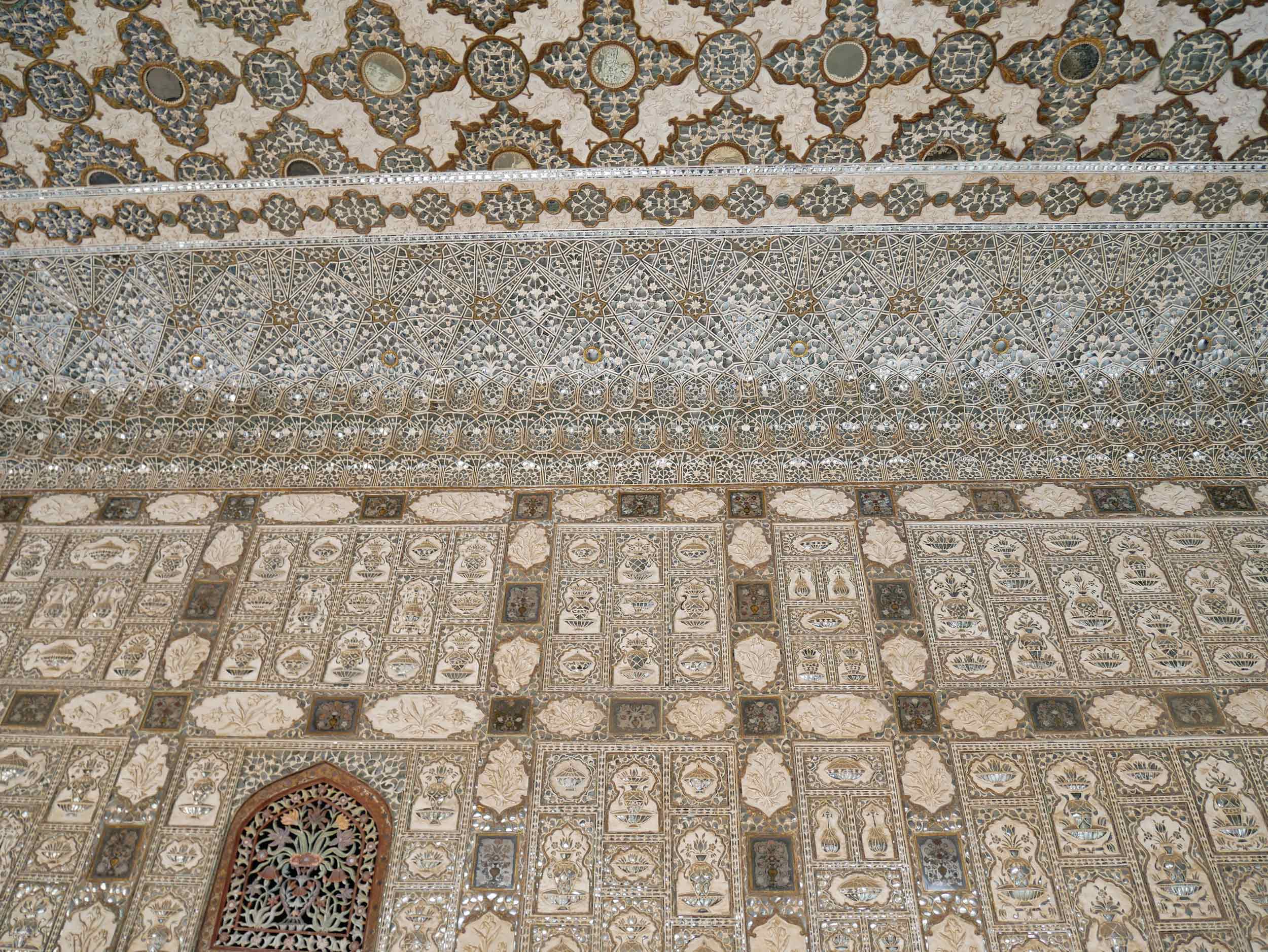

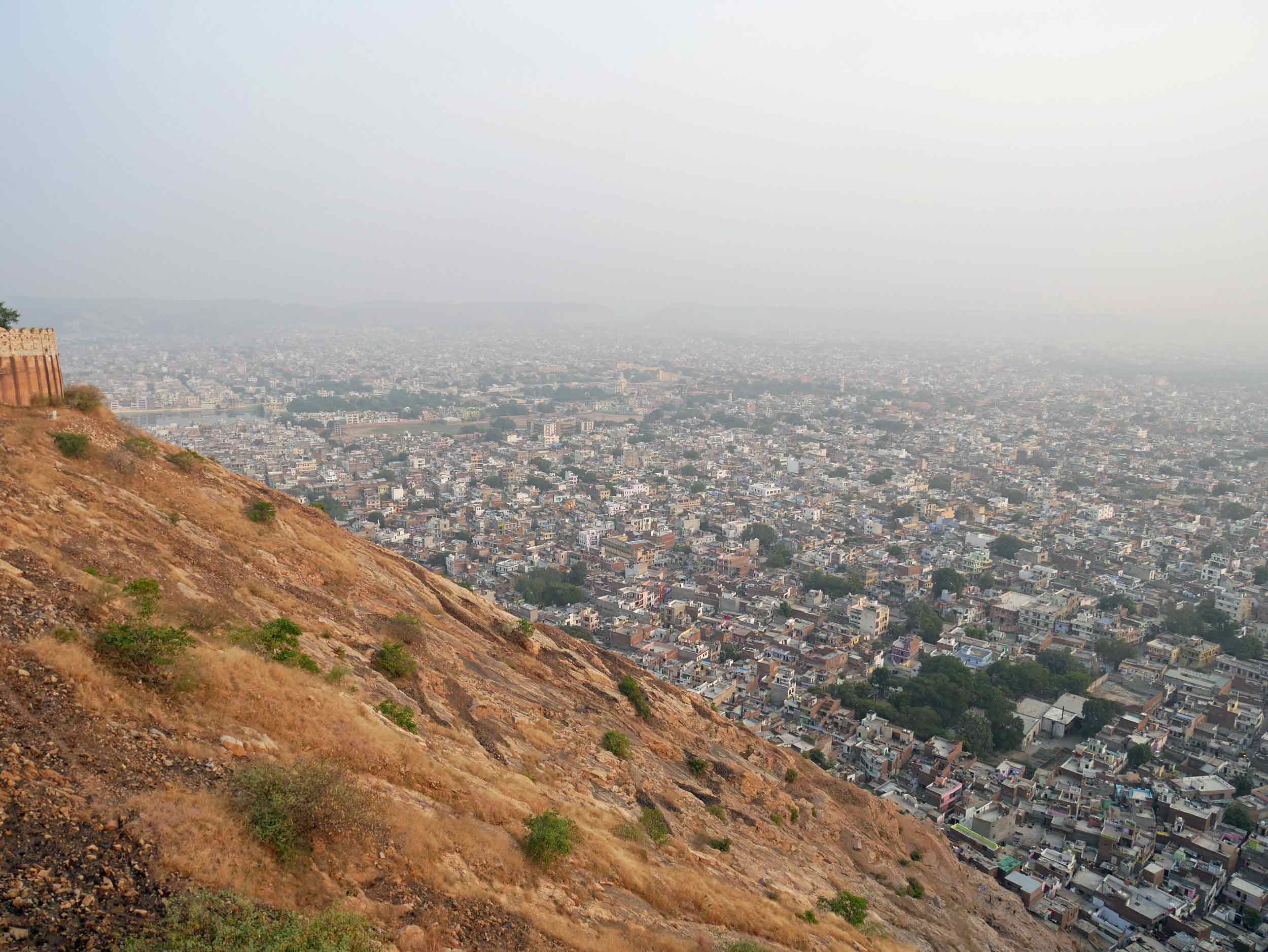
Here, in the "Blue City," we stayed in the shadows of the looming Mehrangarh Fort, built in the 15th century some 124 metres (410 ft) above the azure-tinted city below. That evening, eating spicy curries on the rooftop of our guesthouse, we had a panoramic view of the imposing Fort, handsomely lit from below and casting wide shadows across the old town. Sounds of the desert evening—calls to prayer, popping of fireworks, festive music—filled the air, while overhead, birds on their way to roost mixed with the awakening bats, a dramatic dinner scene we will not soon forget. The next morning, we visited Umaid Bhawan Palace, one of the world’s largest private residences, still inhabited by the Jodhpur royal family (with parts now managed by luxury Taj Hotels), as well as Jaswant Thada, the achromatic ‘white temple’ built as a monument to the former Maharaja. In the late-day sun, we explored the impressive Fort, its exquisite past brought back to life thanks to the help of an eager security guard who took us through back hallways and private rooms, peppering us with fact after fact, and voicing his expectation of a tip for his efforts to which we obliged, a reminder that nothing is ever for free, especially in India.
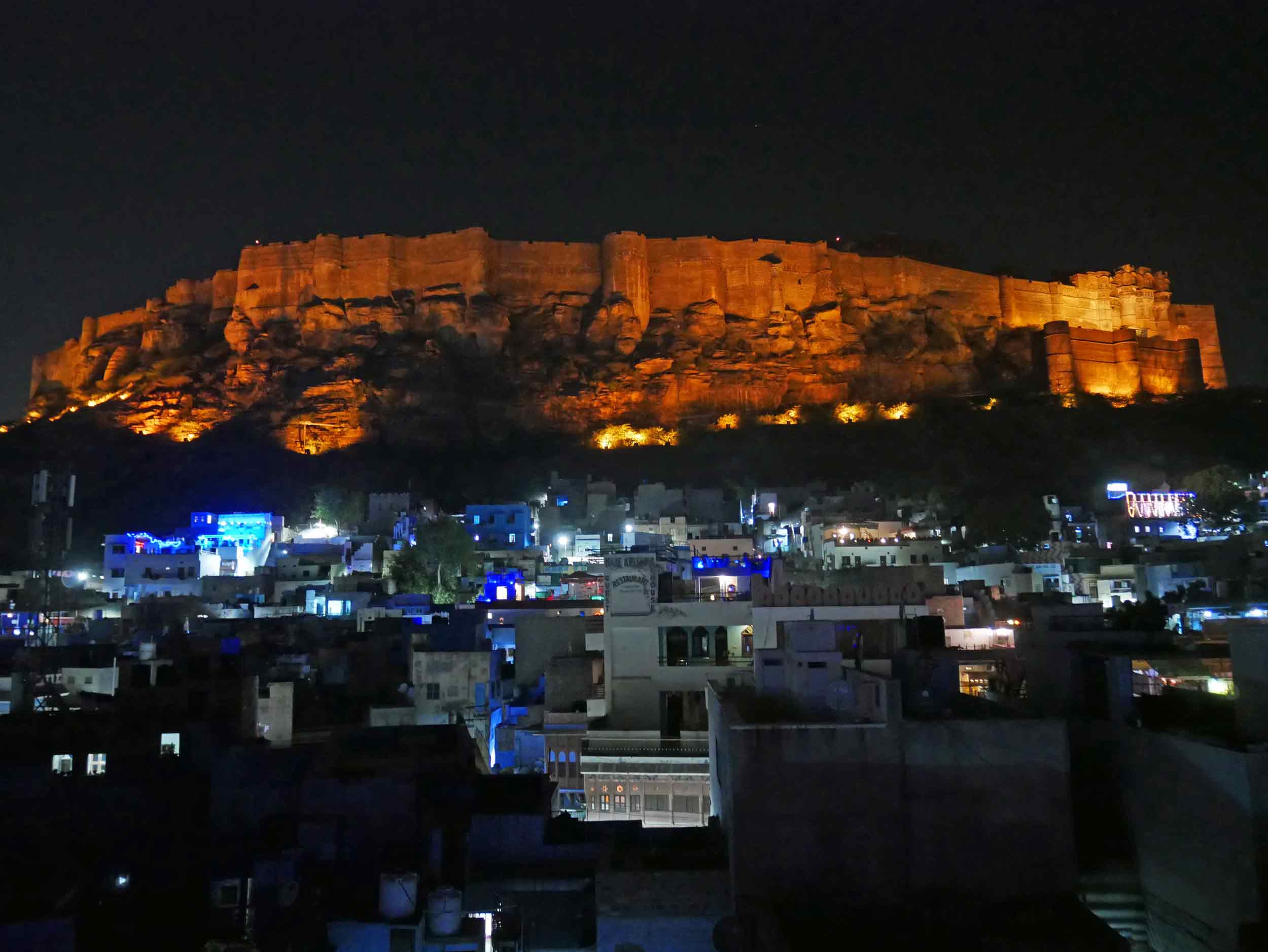
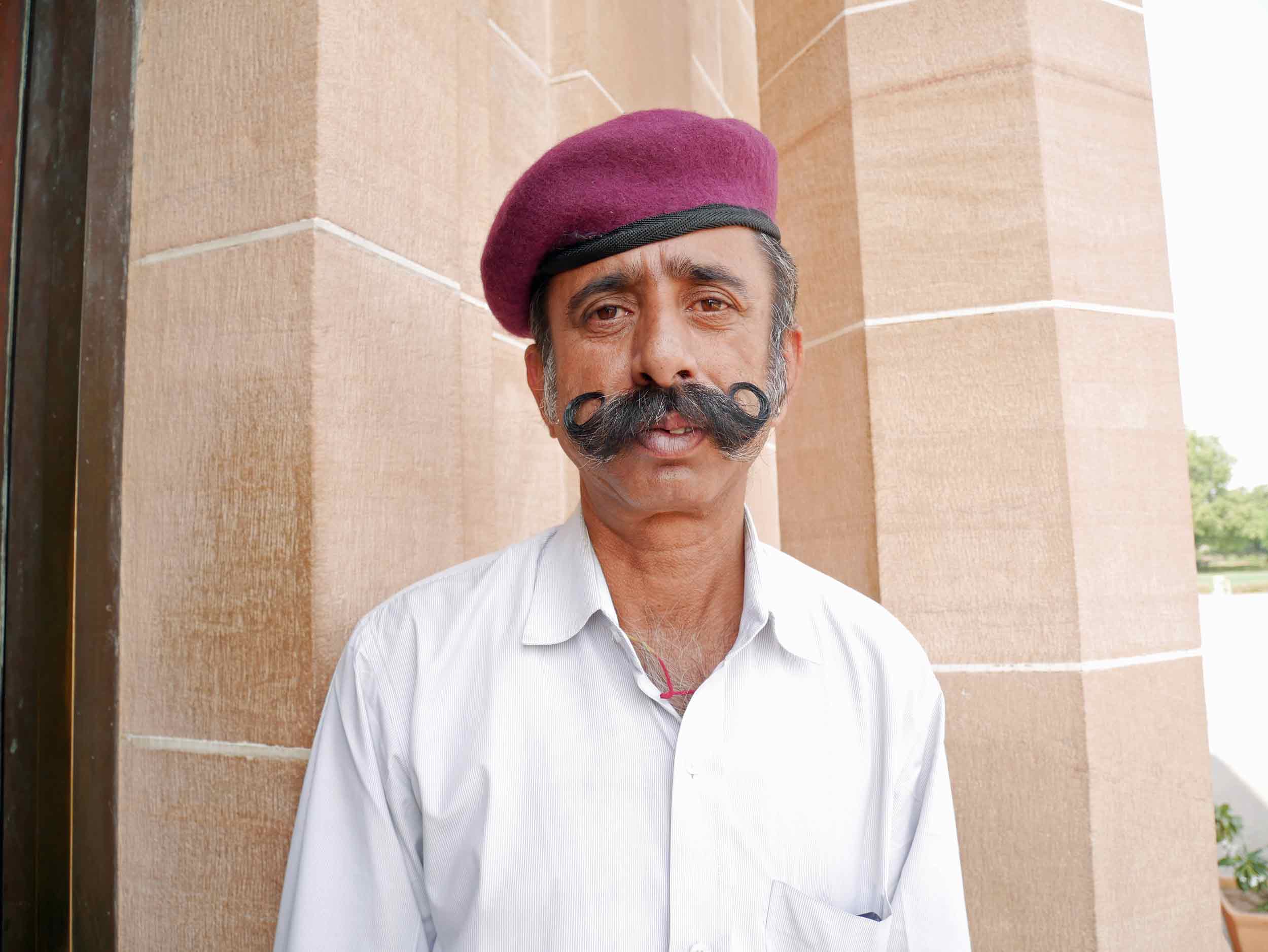
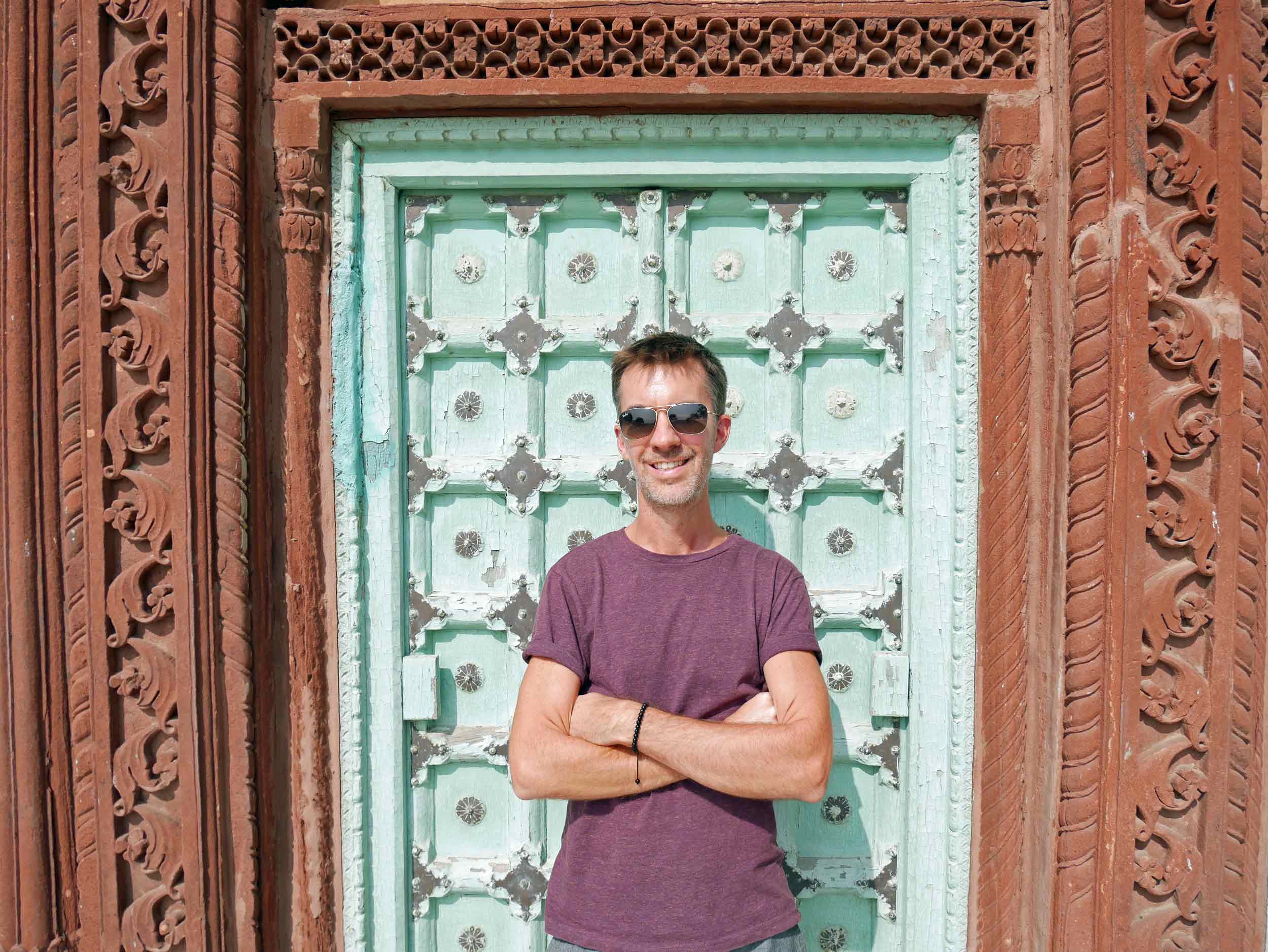
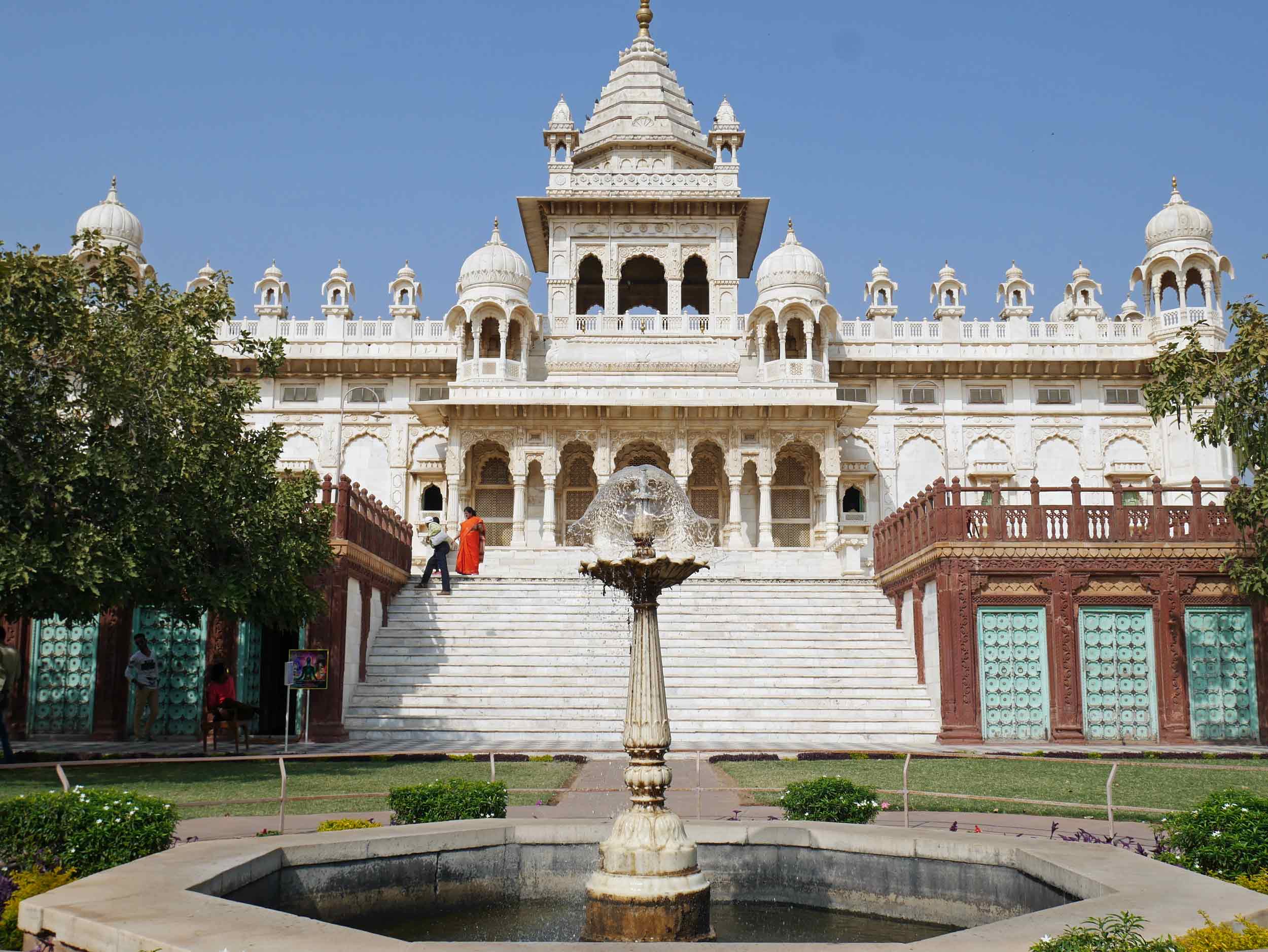
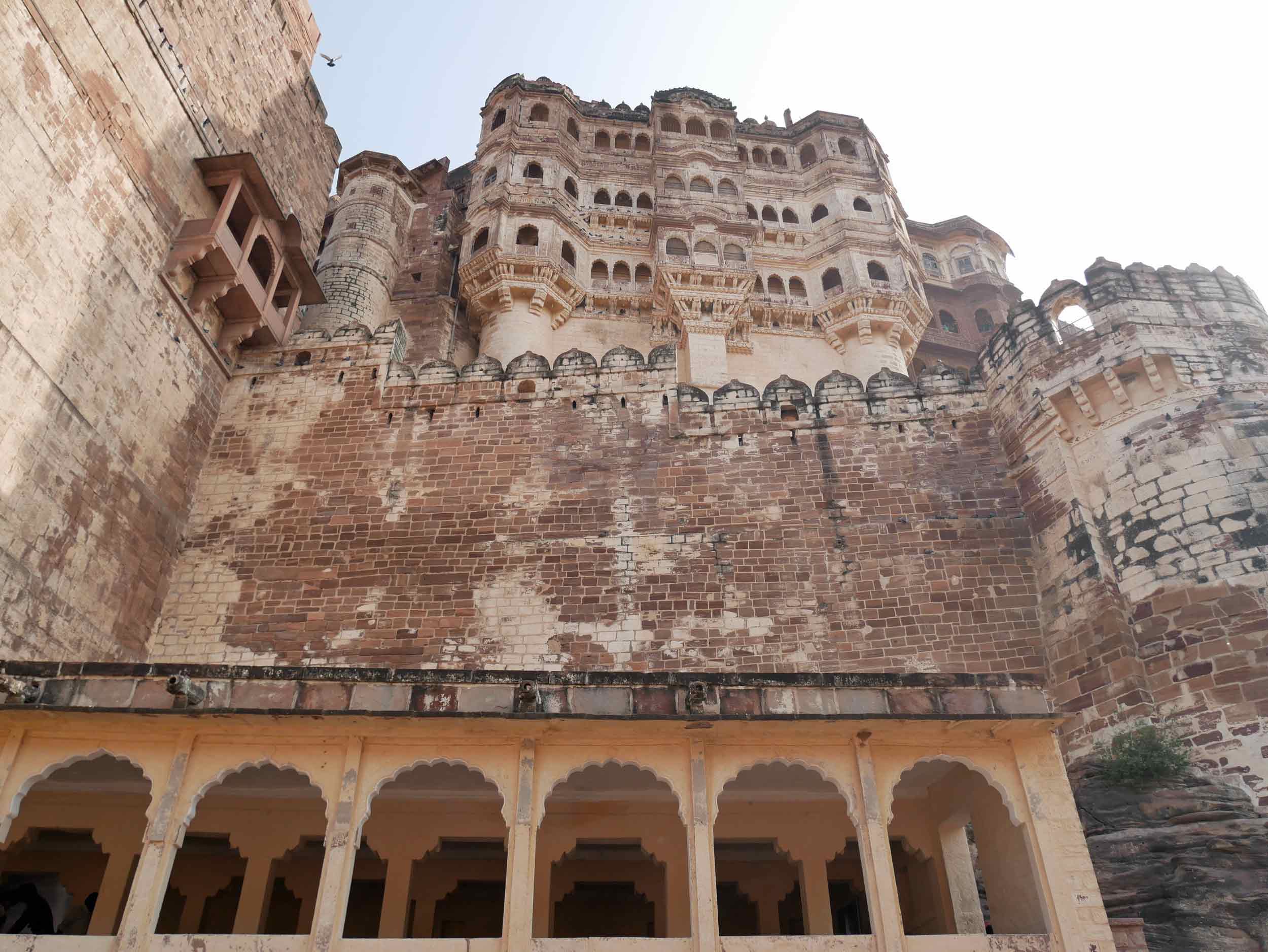
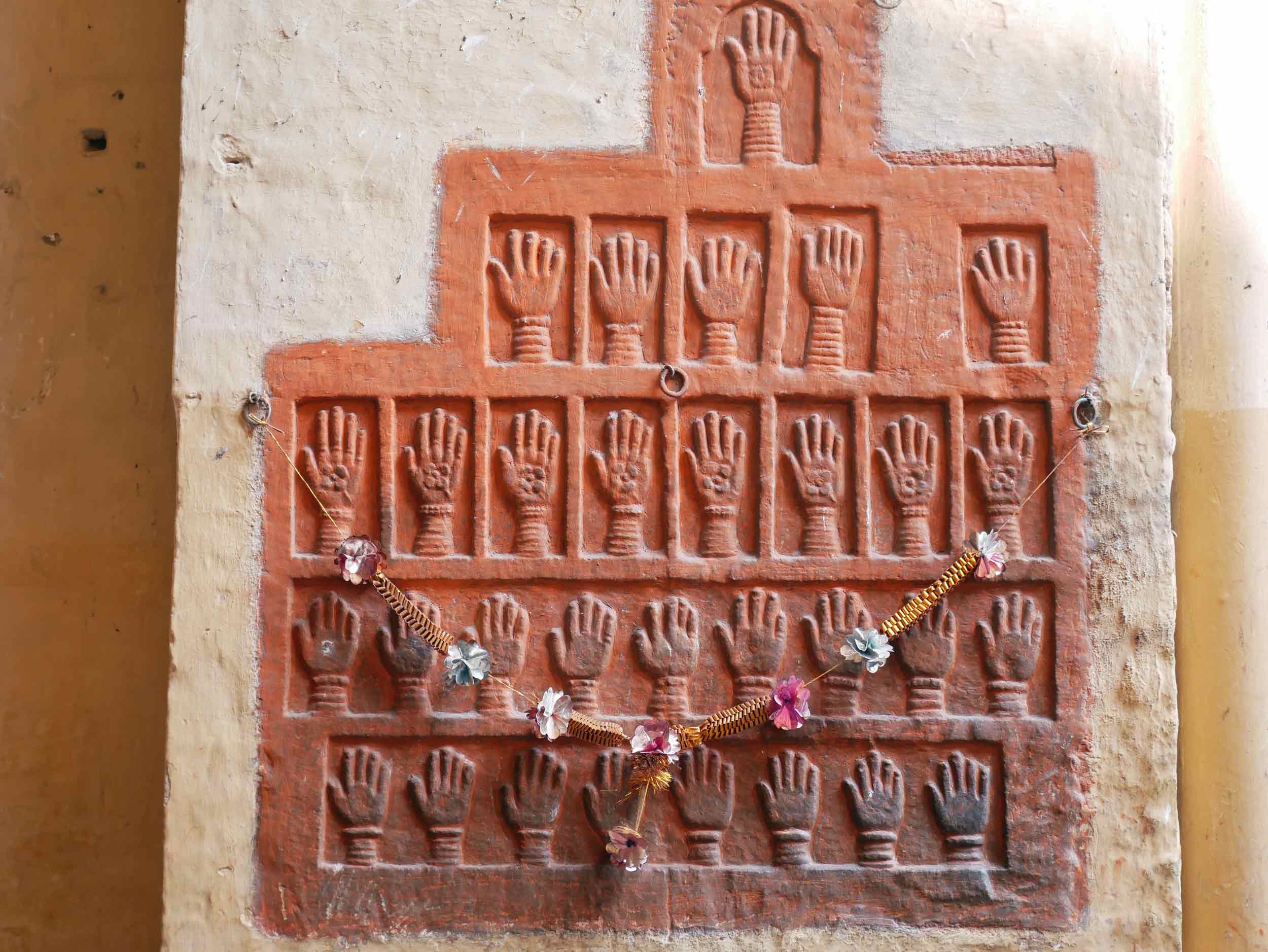

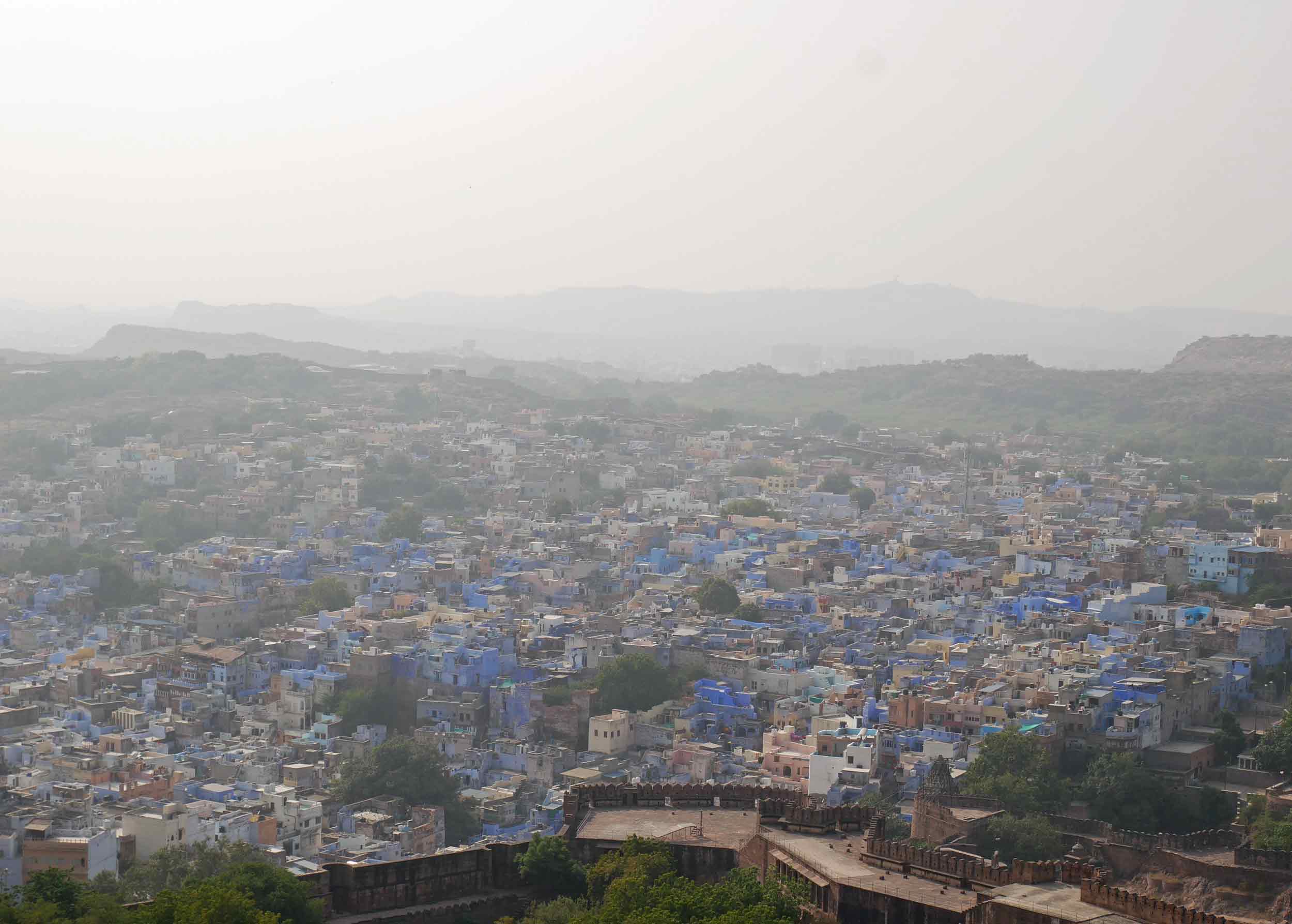
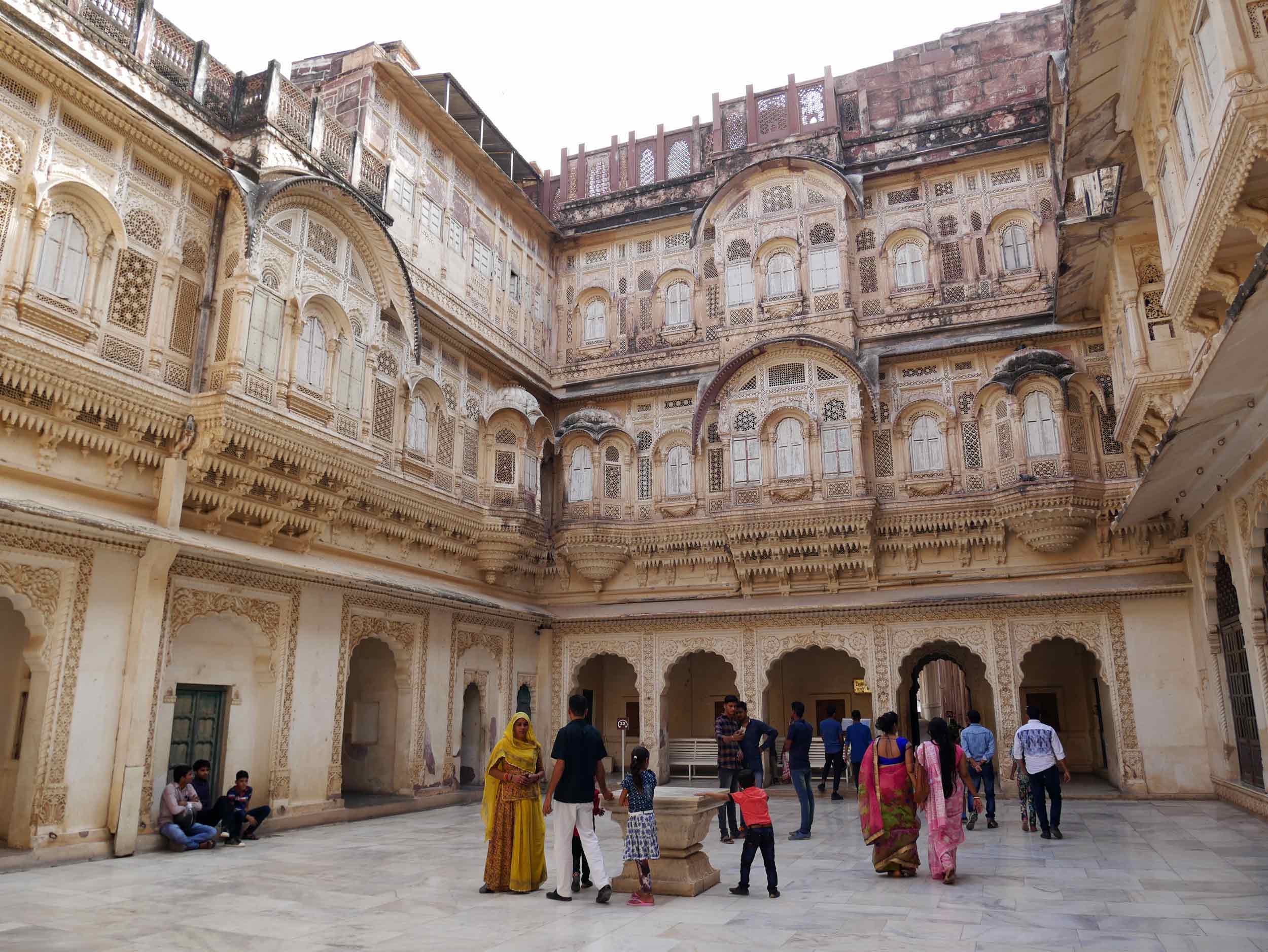
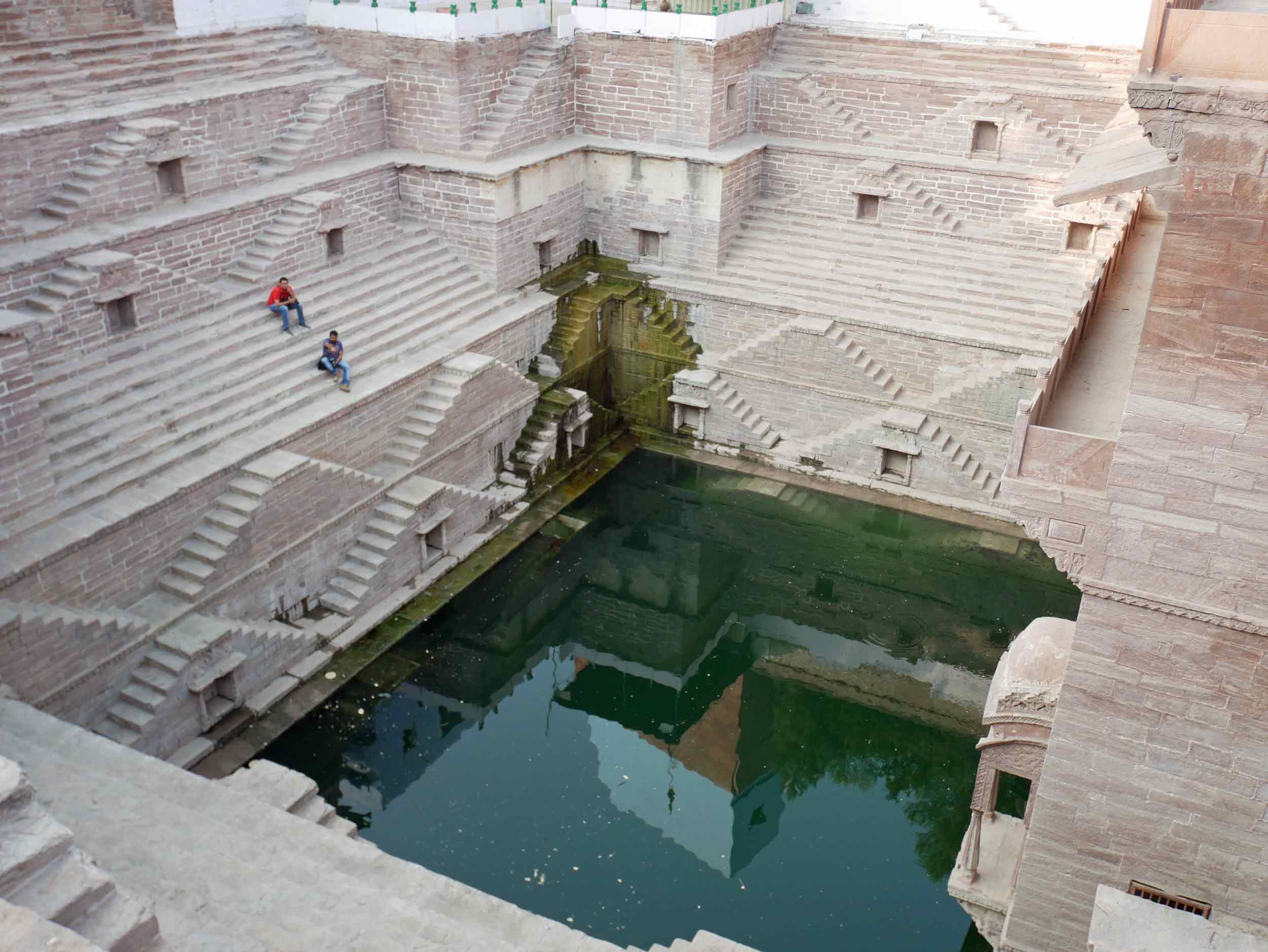
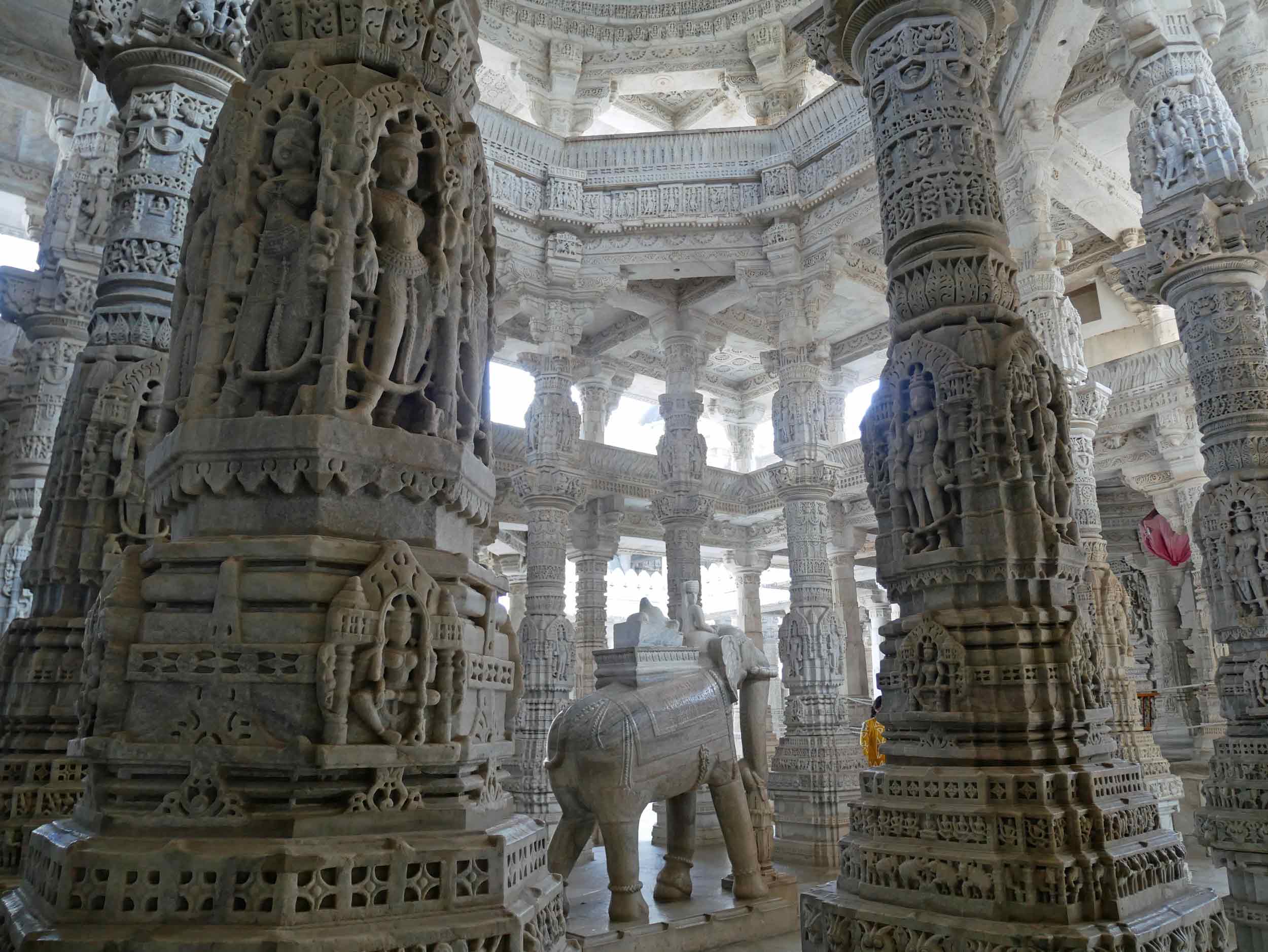
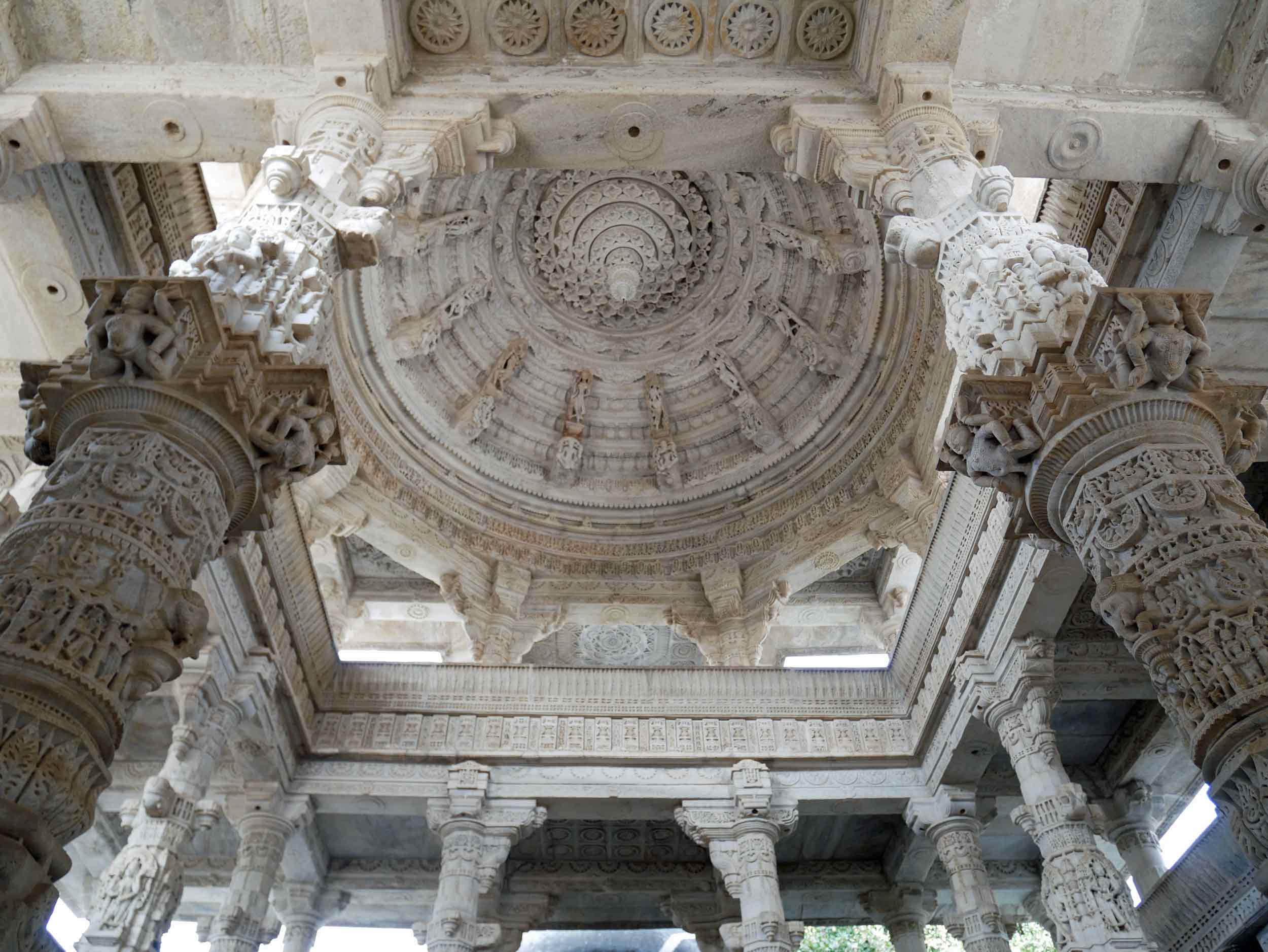
The next day, we were on the move again toward Udaipur, nicknamed the "White City" or "Lake City." With no reasonable public transport option, we opted for a hired driver who stopped in Ranakpur, allowing us to behold one of the world's most famous Jain temples. Built in the 15th century from light marble and featuring a reported 1,444 intricately carved columns, the detailing reminded us of another famous site we had visited earlier in the year, Angkor Wat. Once in Udaipur, we had an exceptional day ahead of us as we reunited with our friends at WE.org to visit a rural village on the outskirts of the city. Spending the day with an Indian ma, who helped us understand the challenges these tribal people face in terms of water, education, food and income reminded us yet again of the overwhelming depths of poverty throughout this nation of more than one billion.
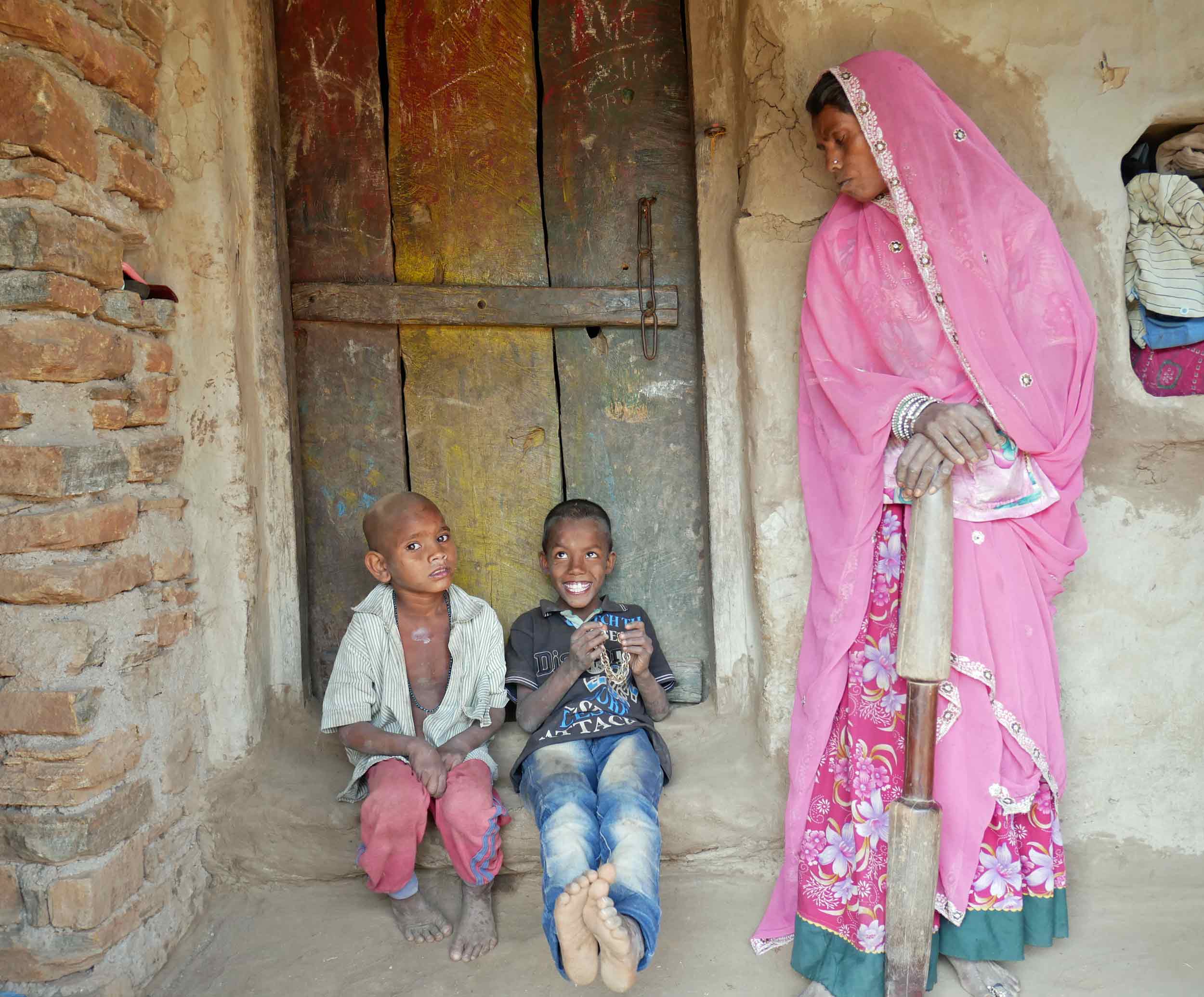
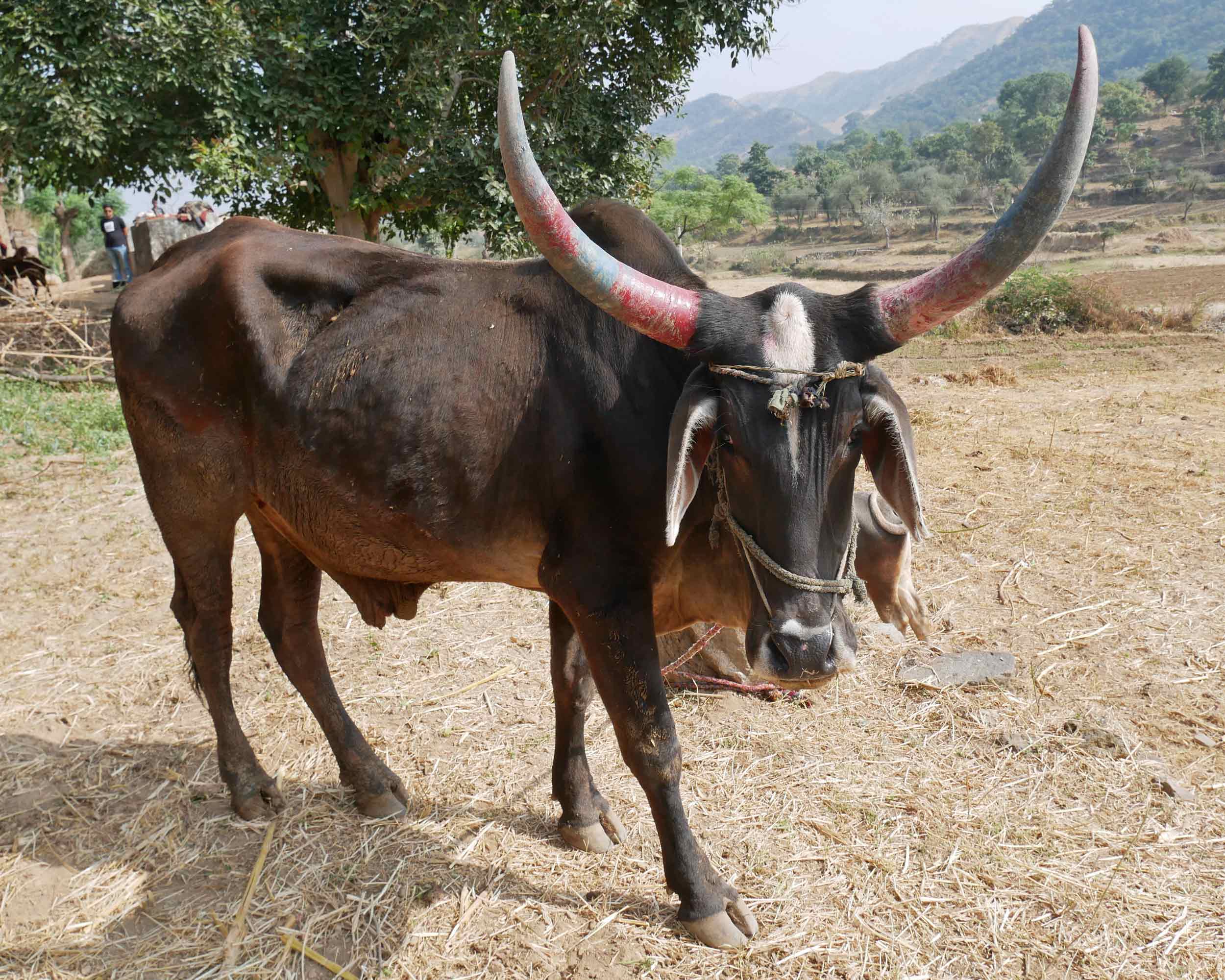

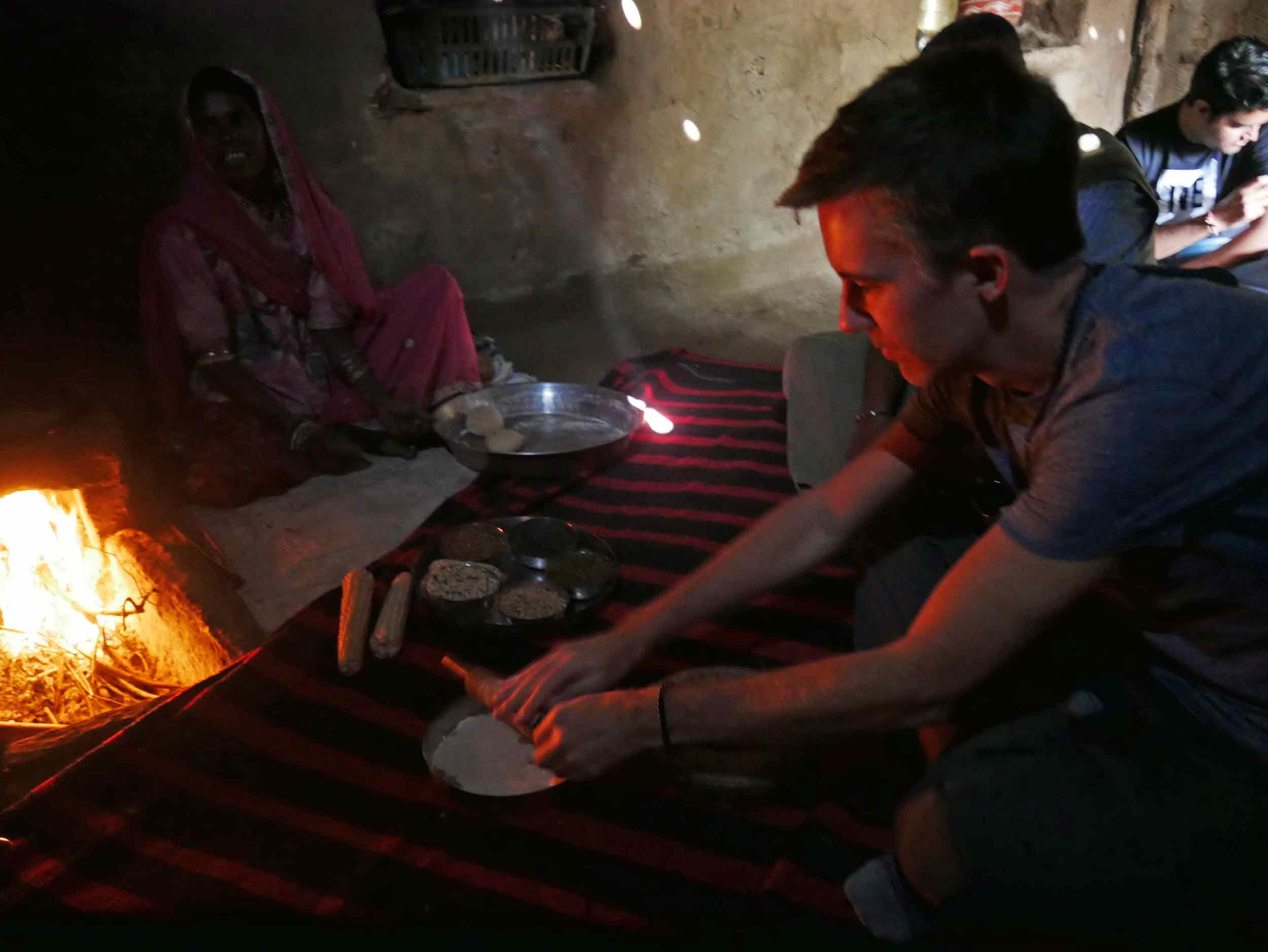

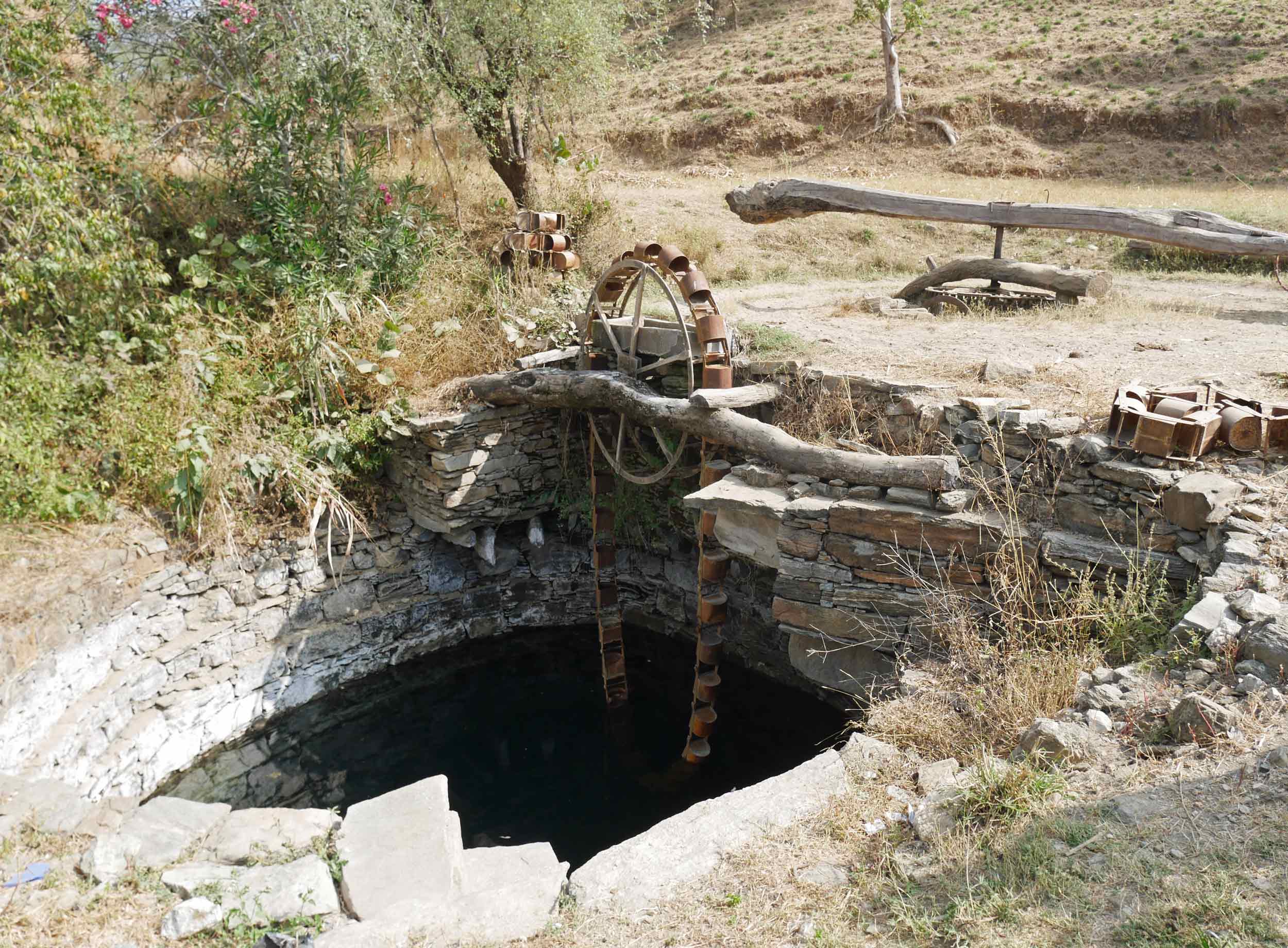
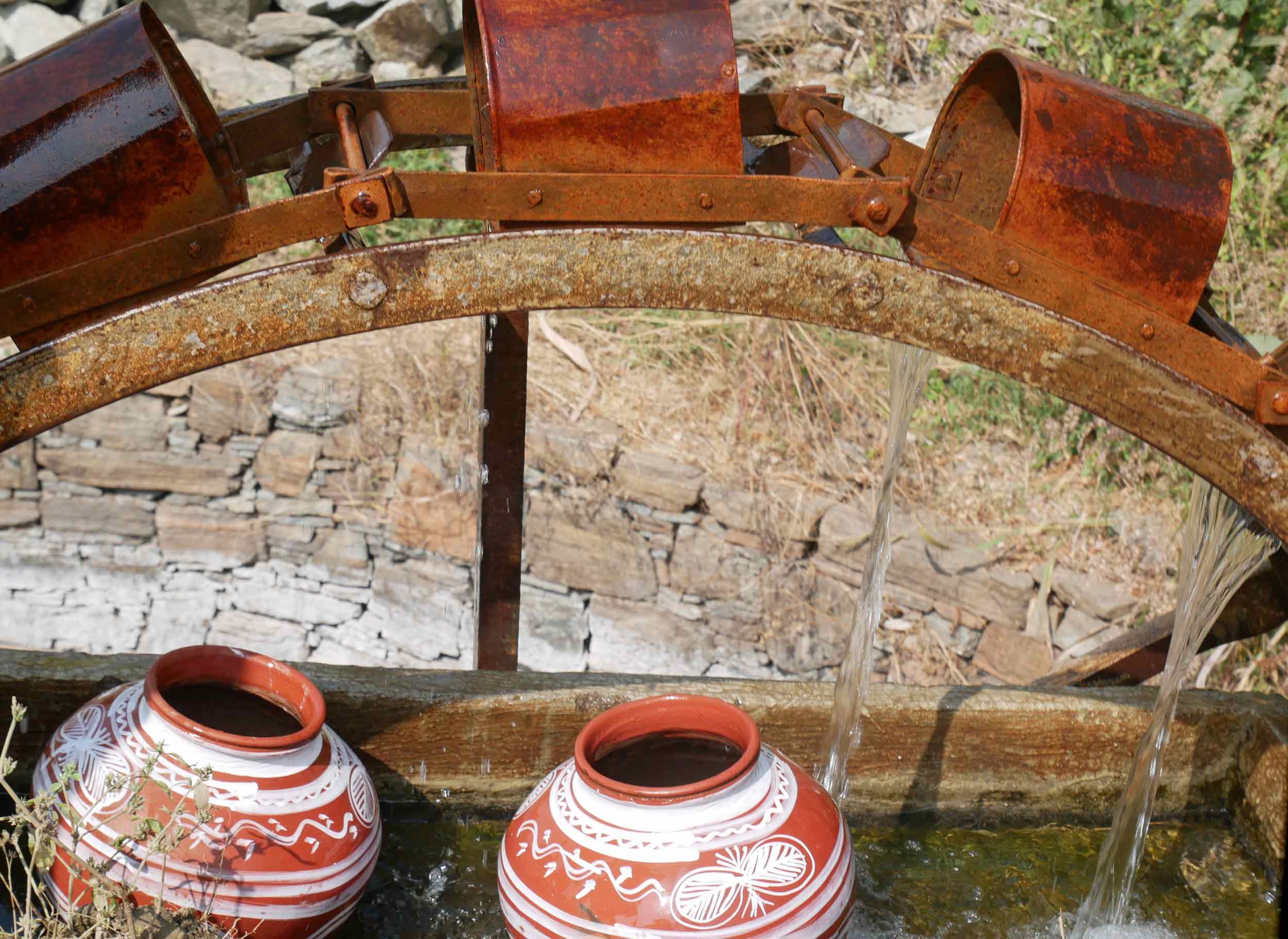
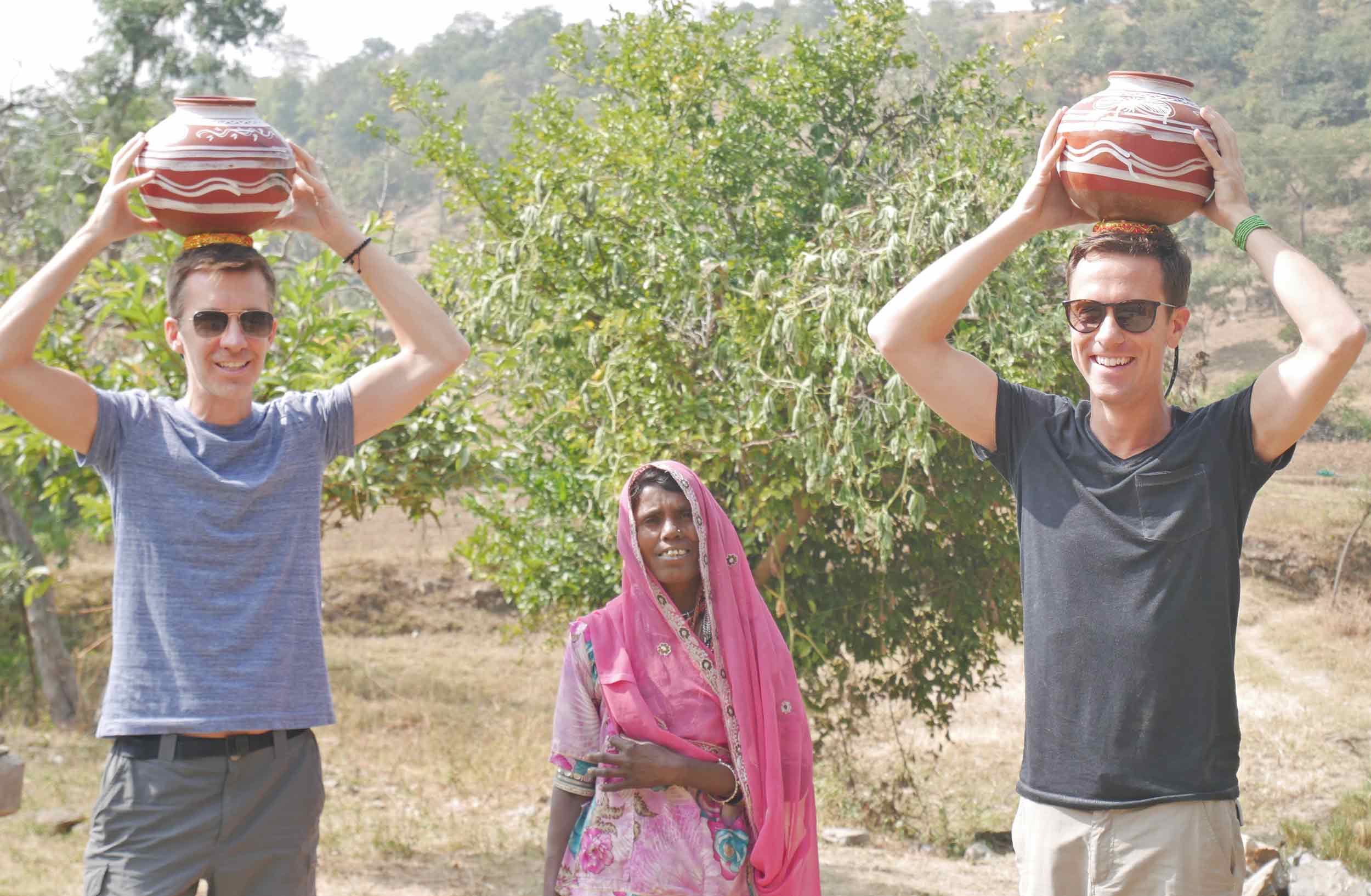

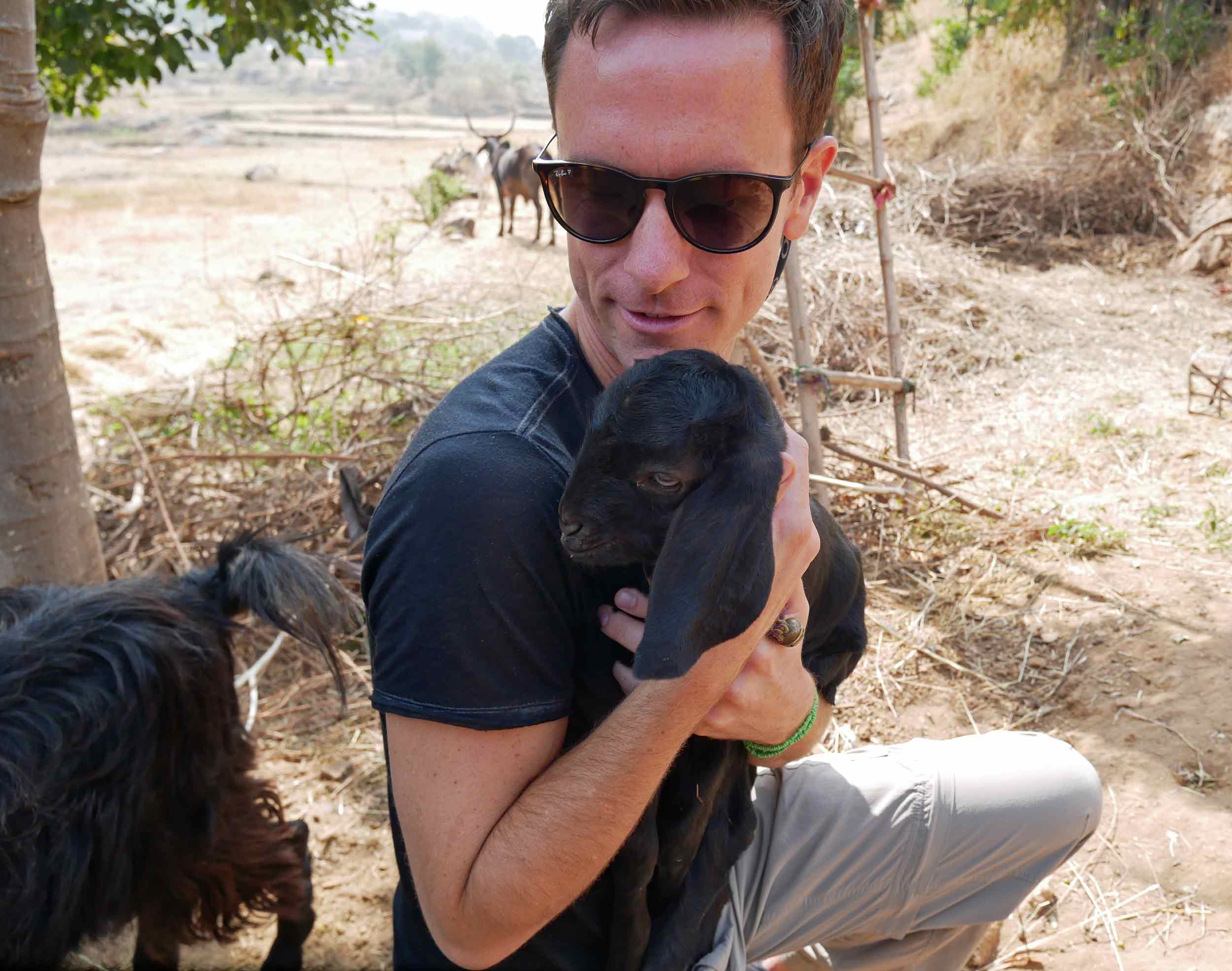


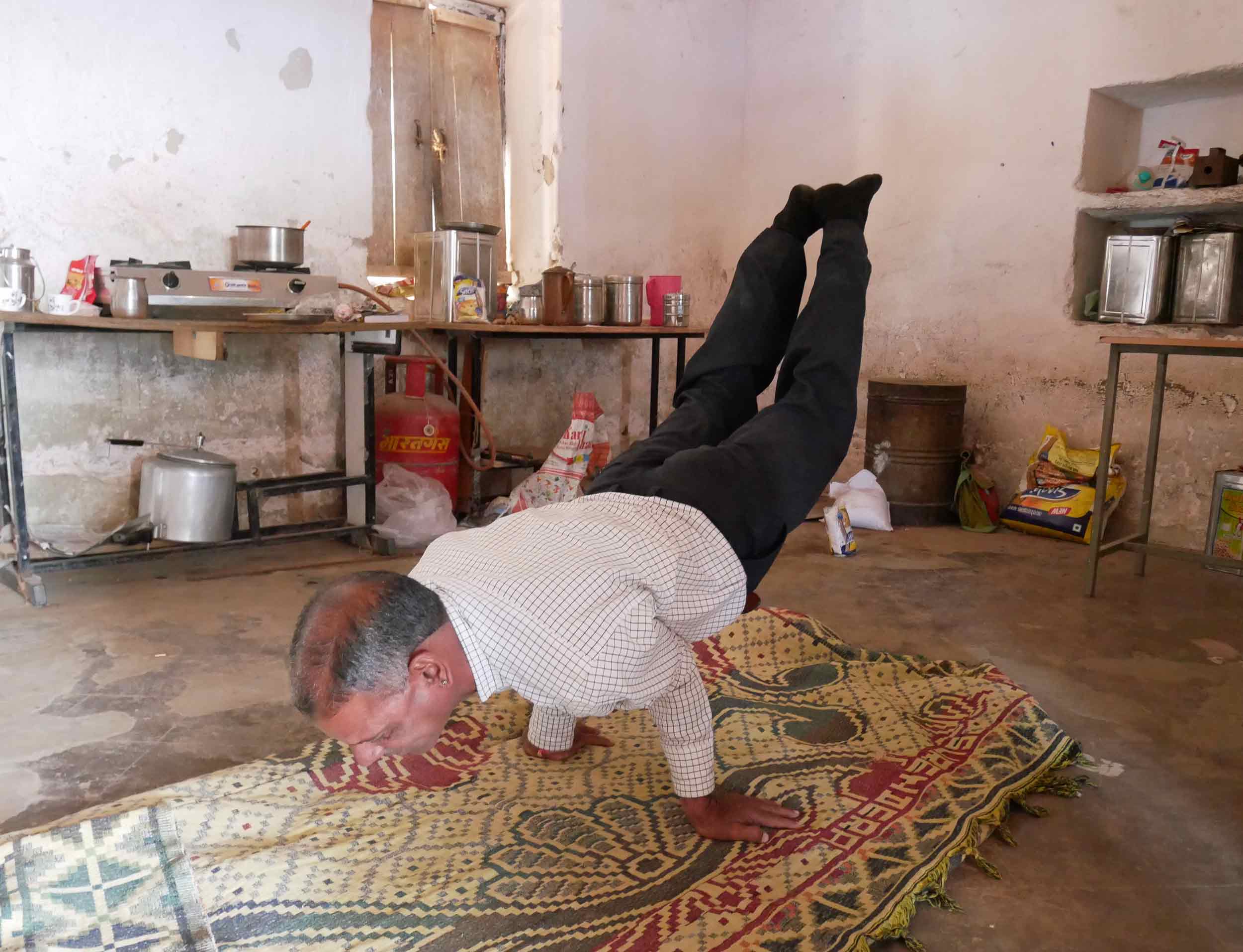
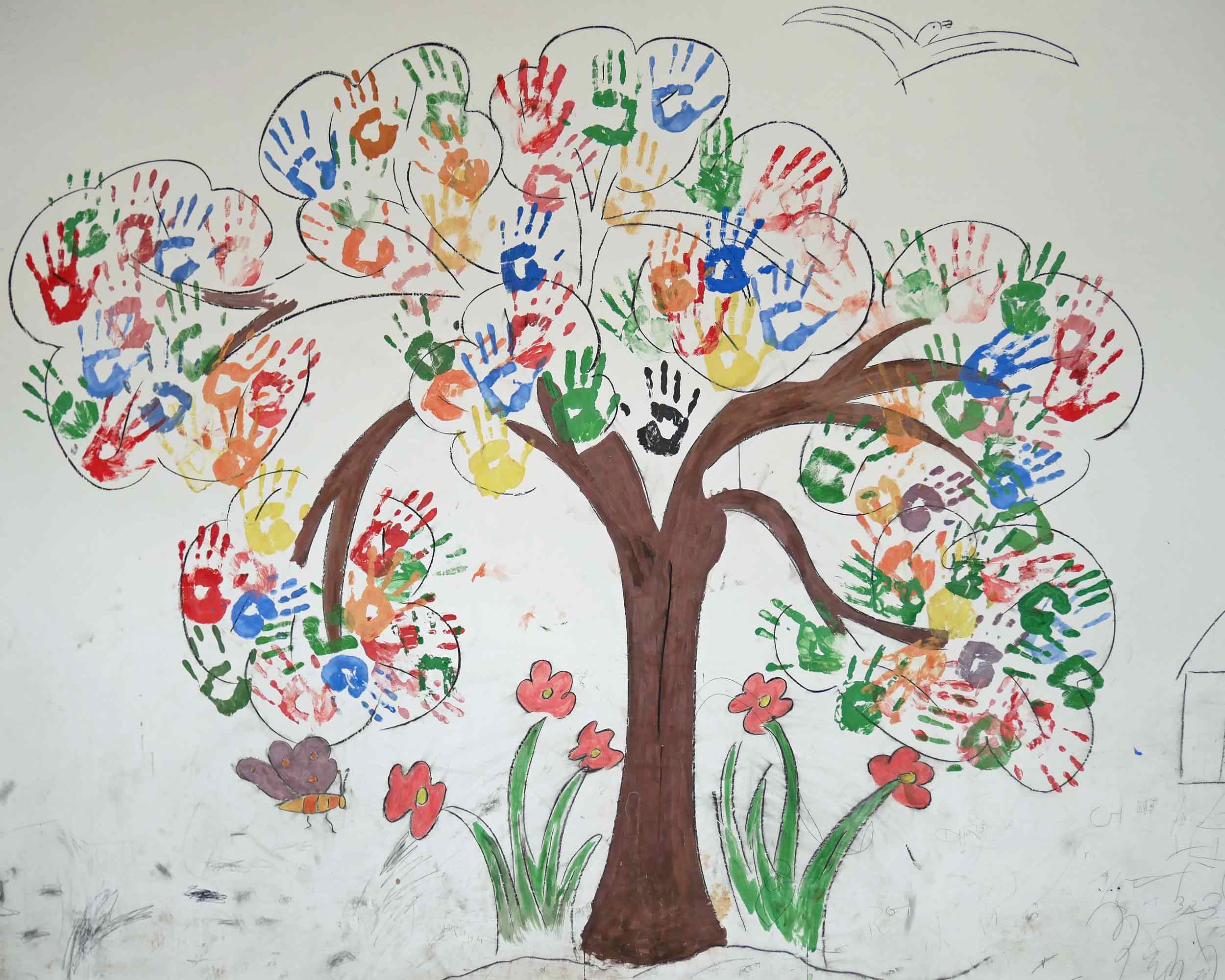
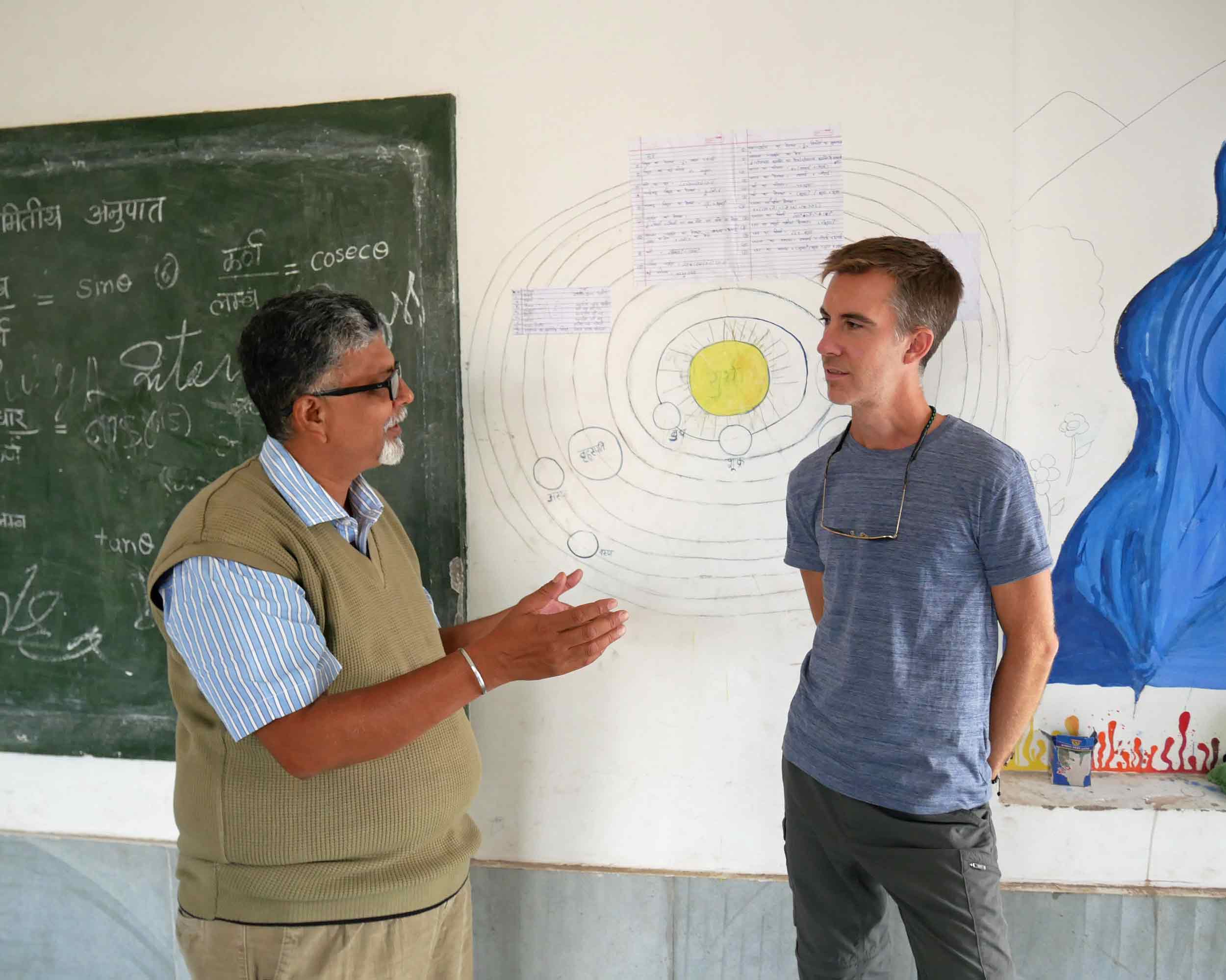
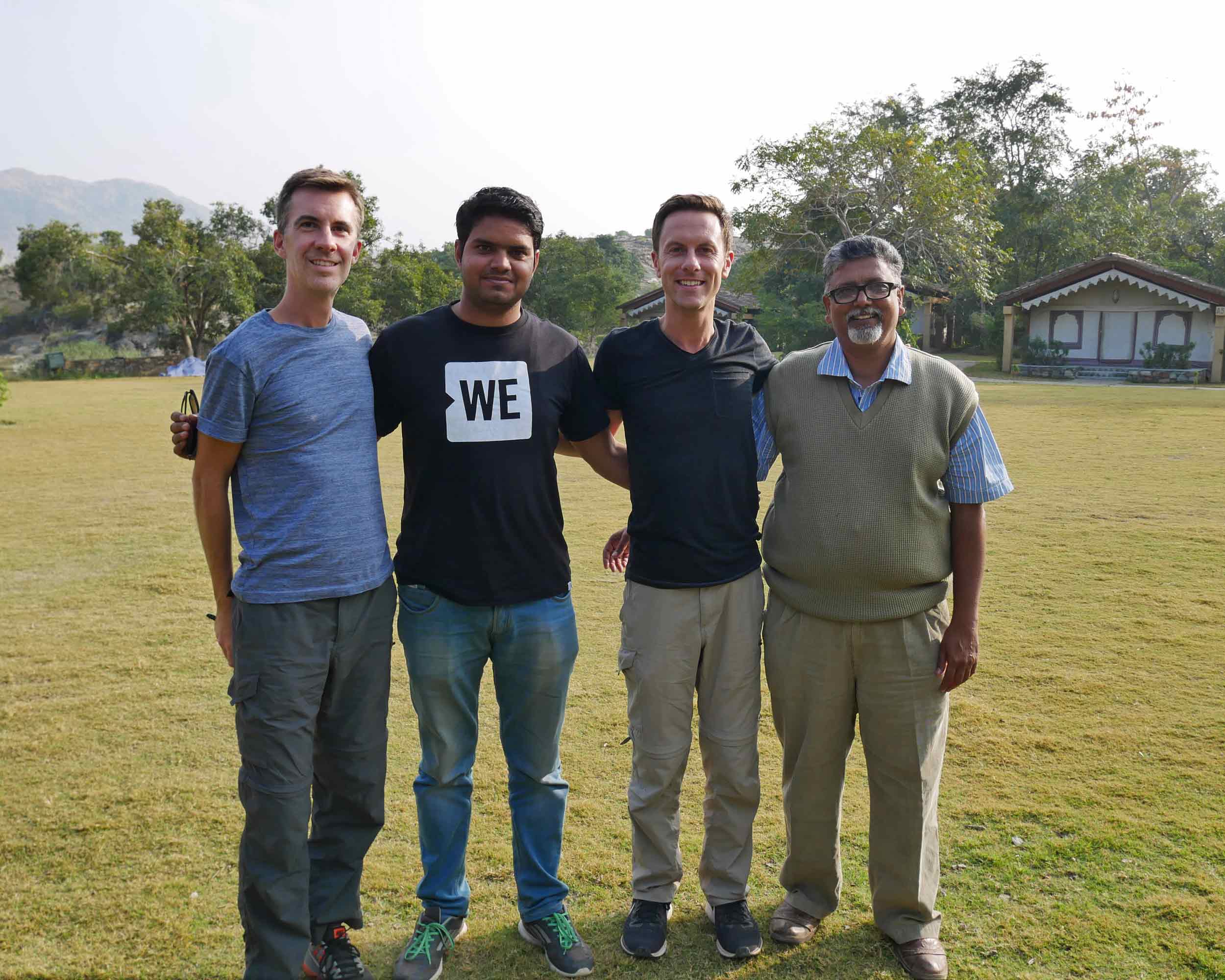
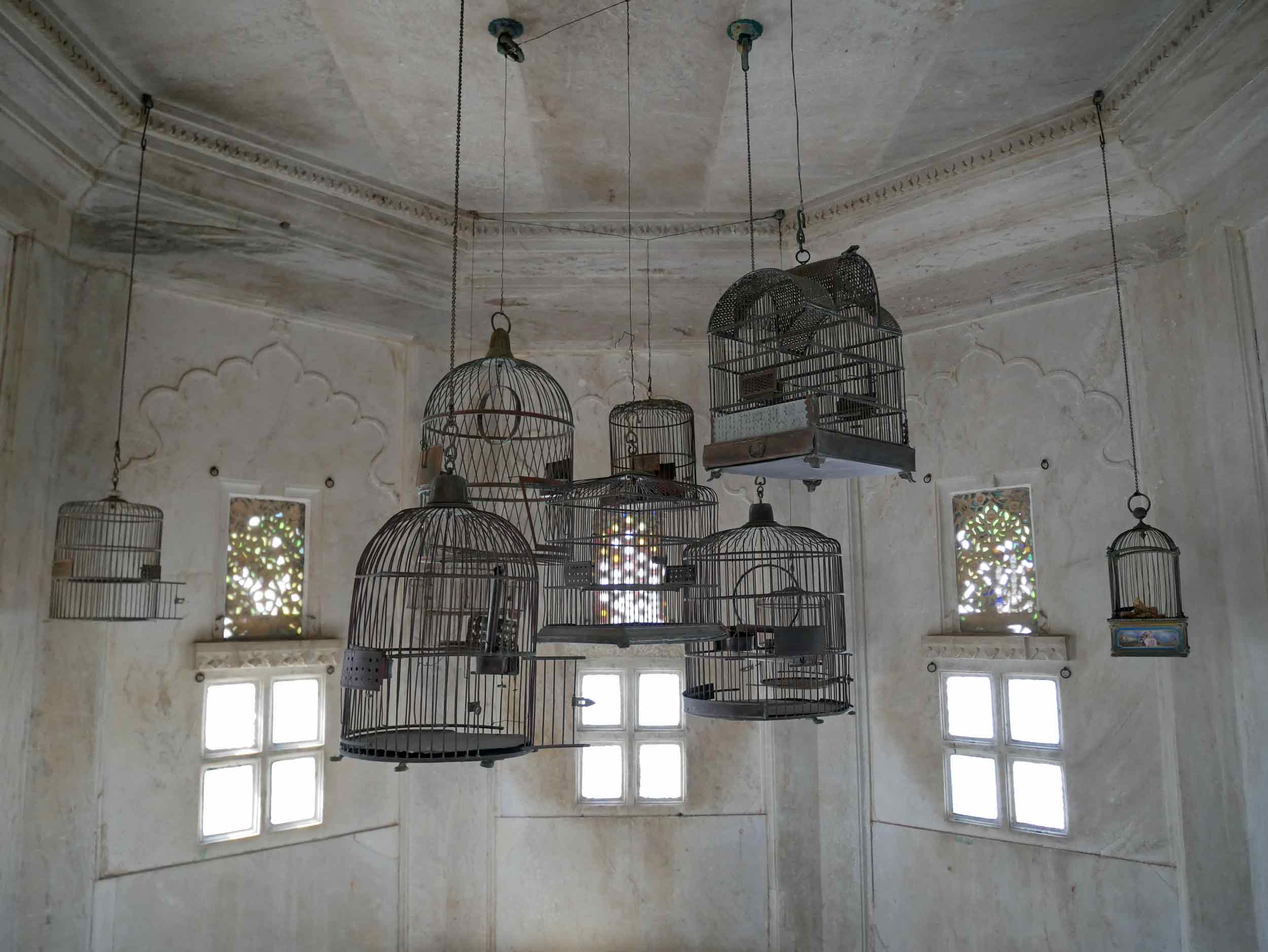
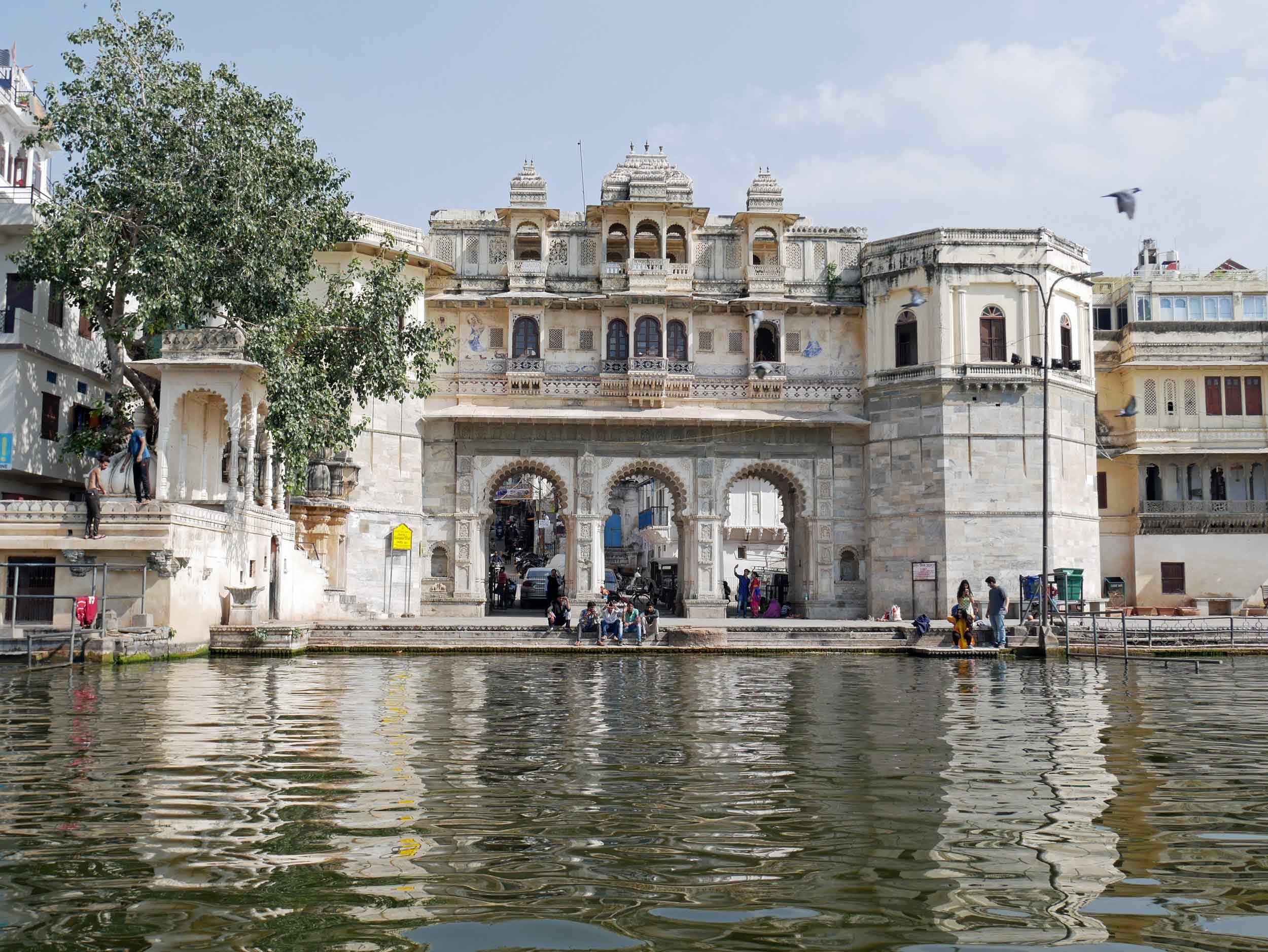
We were so grateful for the opportunity to more deeply grasp the complexities of village life with WE and to better appreciate the work they do around the world (our visit to their efforts in Kenya helped inspire this yearlong trip). That morning, as we set out for the village some two hours from Udaipur, we had been busy asking questions and soaking up insights from Kapil and Ambrish, the on-the-ground WE staffers, but as we made our way back to the "White City," we were all noticeably quiet, reflecting on the somber realities of the day. As we prepared to leave Rajasthan, we spent our last day exploring Udaipur's City Palace, crossing Lake Pichola on a small boat to visit Jagmander Palace Island, and beating the heat at our favorite café here, Millets of Mewar.
Life in the Holy City of Varanasi
As we arrived to Varanasi, a spiritual hub for several of the world’s major religions, it was as if our time in India had so far been preparing us for the realities that awaited us. The old town of Varanasi, which is built along the wide River Ganges, is a twisting maze of narrow alleyways and side streets, unnavigable by cars. We were met some 500 metres out from the historic center by our guesthouse porter who helped us navigate the crowds that filled the main thoroughfare before turning left into a small passageway. As if stepping back in time, the cramped cobbled street was lined with shops, hawkers, beggars, holy Sadus painted head to toe in orange or white, pilgrims visiting the sacred waters of Mother Ganga, tourists taking in the scene, and the occasional cow rambling in search of food—watch out for what might be left behind!
From our guesthouse, we had rooftop views of the Ganges where all forms and stages of life (and death) take place 24-hours a day on the ghats, the wide concrete steps that lead down to the river's edge. The evening of our arrival, we received an up-close view as we took a rowboat from our guesthouse the short distance downriver to Manikarnika Ghat, otherwise known as the “burning ghat," where Hindu relatives bring deceased loved ones for a cremation ritual that goes back centuries. (It is believed in the Hindu faith that if a soul’s body is cremated in Varanasi, and its ashes are given to the holy Ganges, it will break the cycle of reincarnation - or moksha - and the soul will be taken on to heaven.) From here, our boat took us to Dashashwamedh Ghat for the nightly Hindu Ganga Aarti (river worship ceremony) with puja (prayers), fire and dance, and as we took in the scene, we paused to place our own floating light pujas in the holy waters.

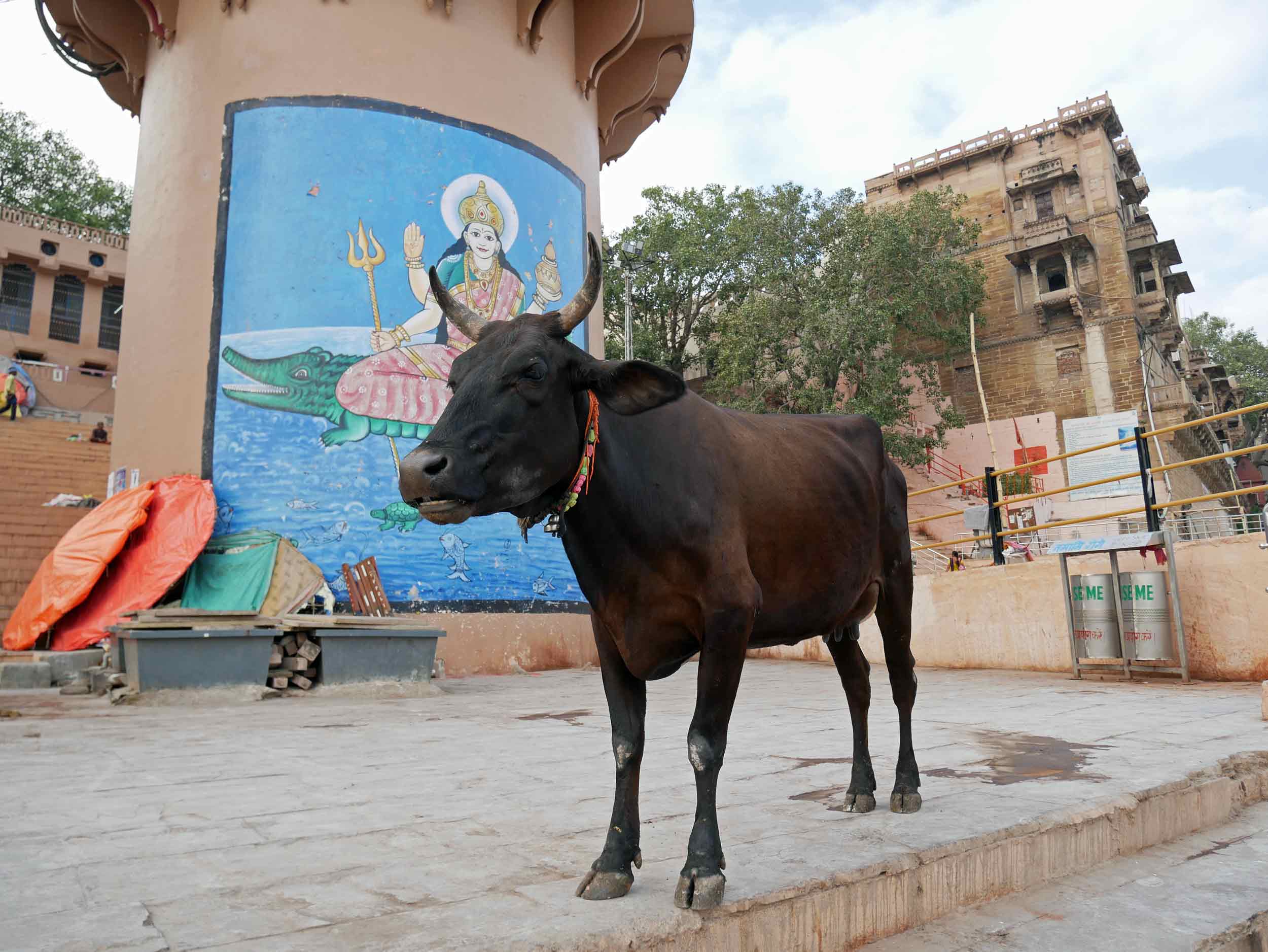
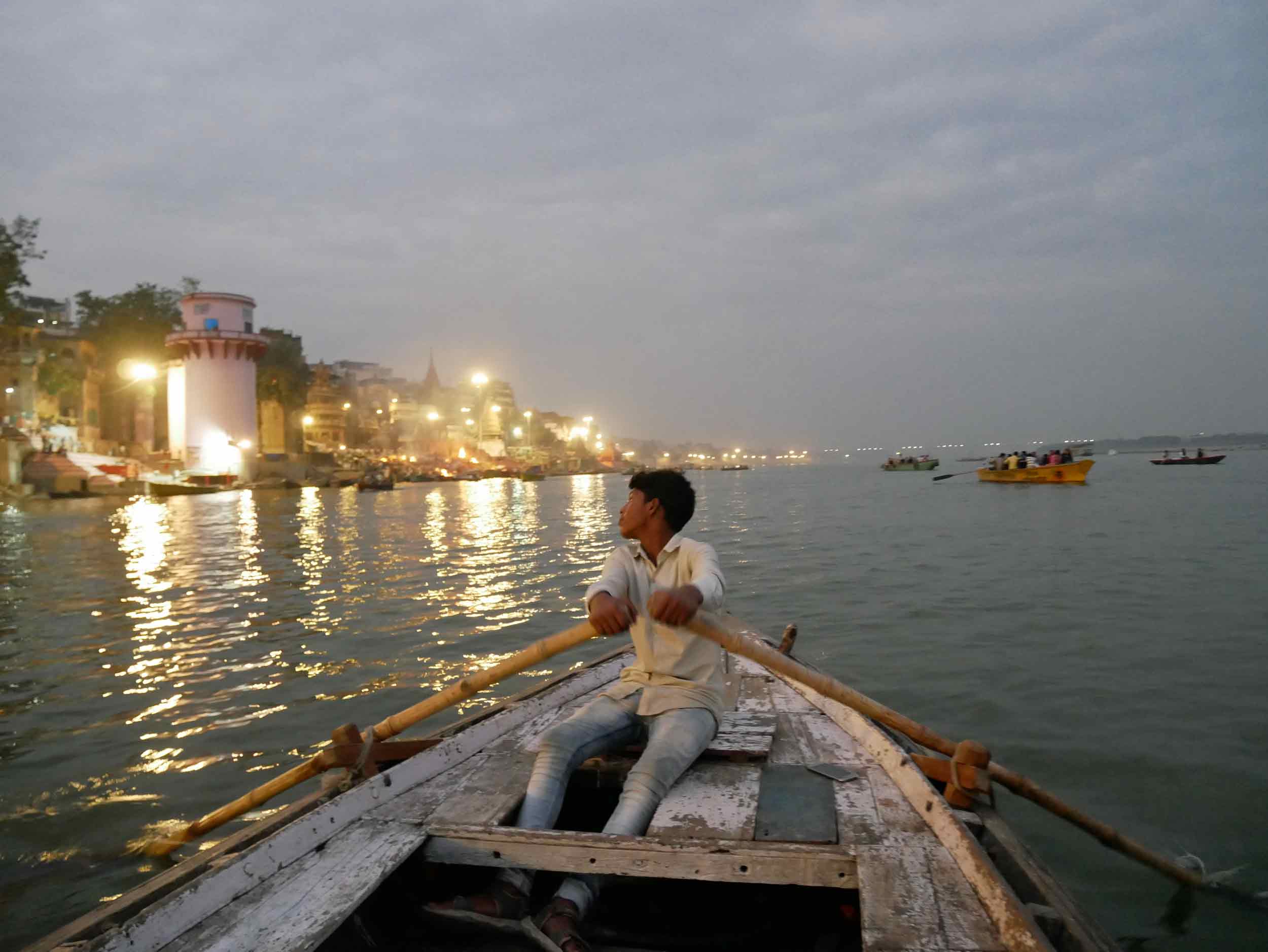
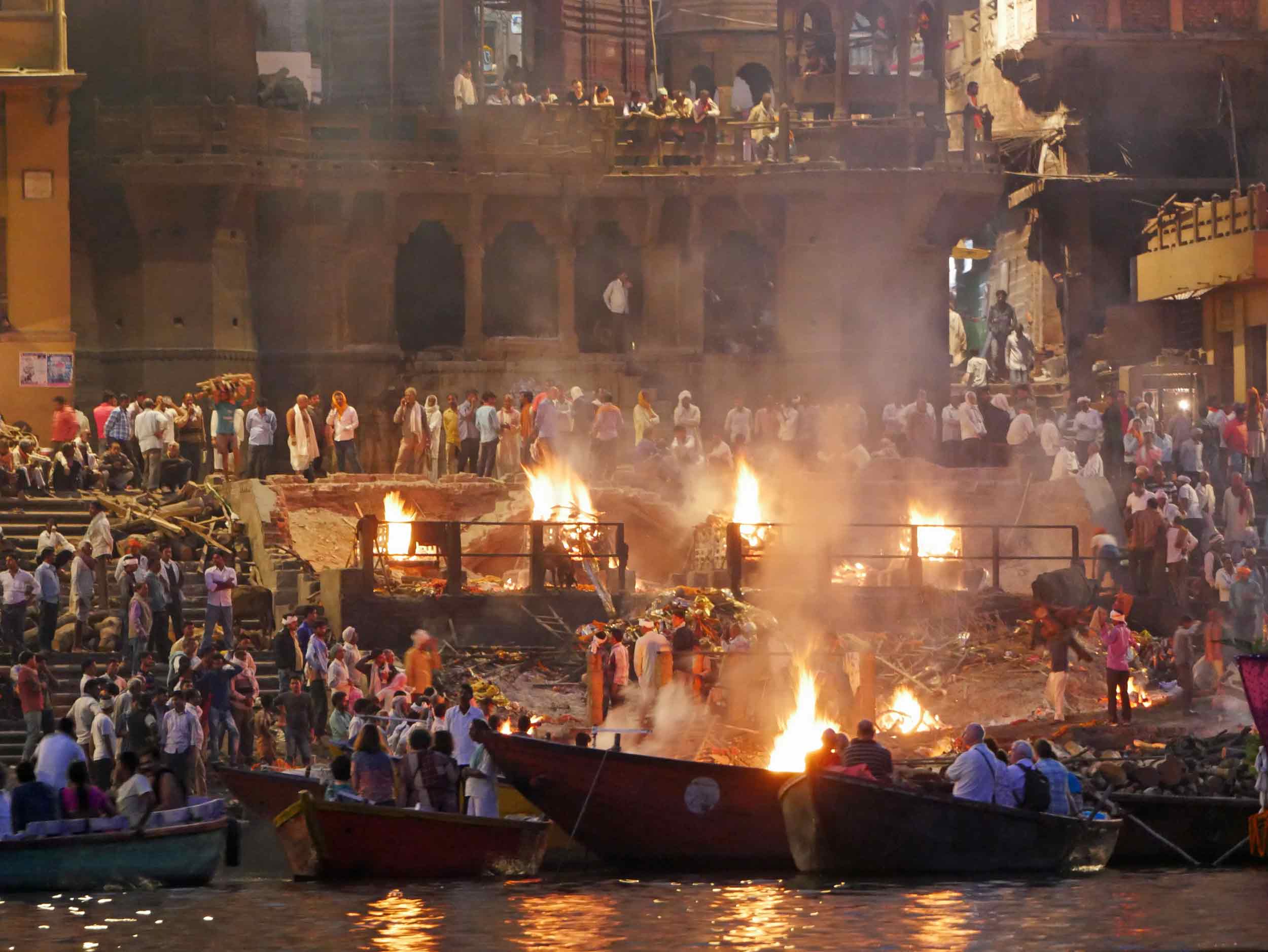

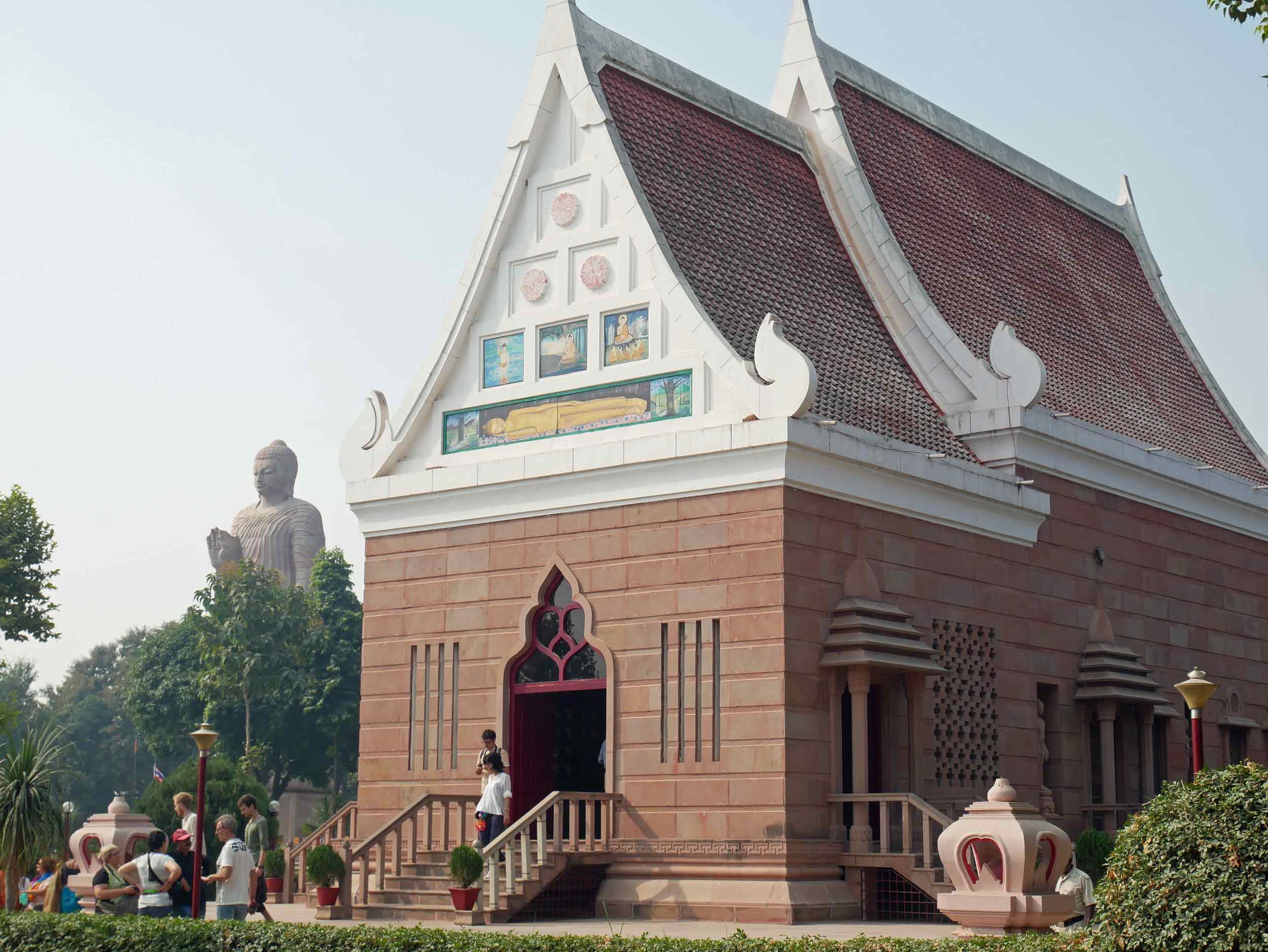
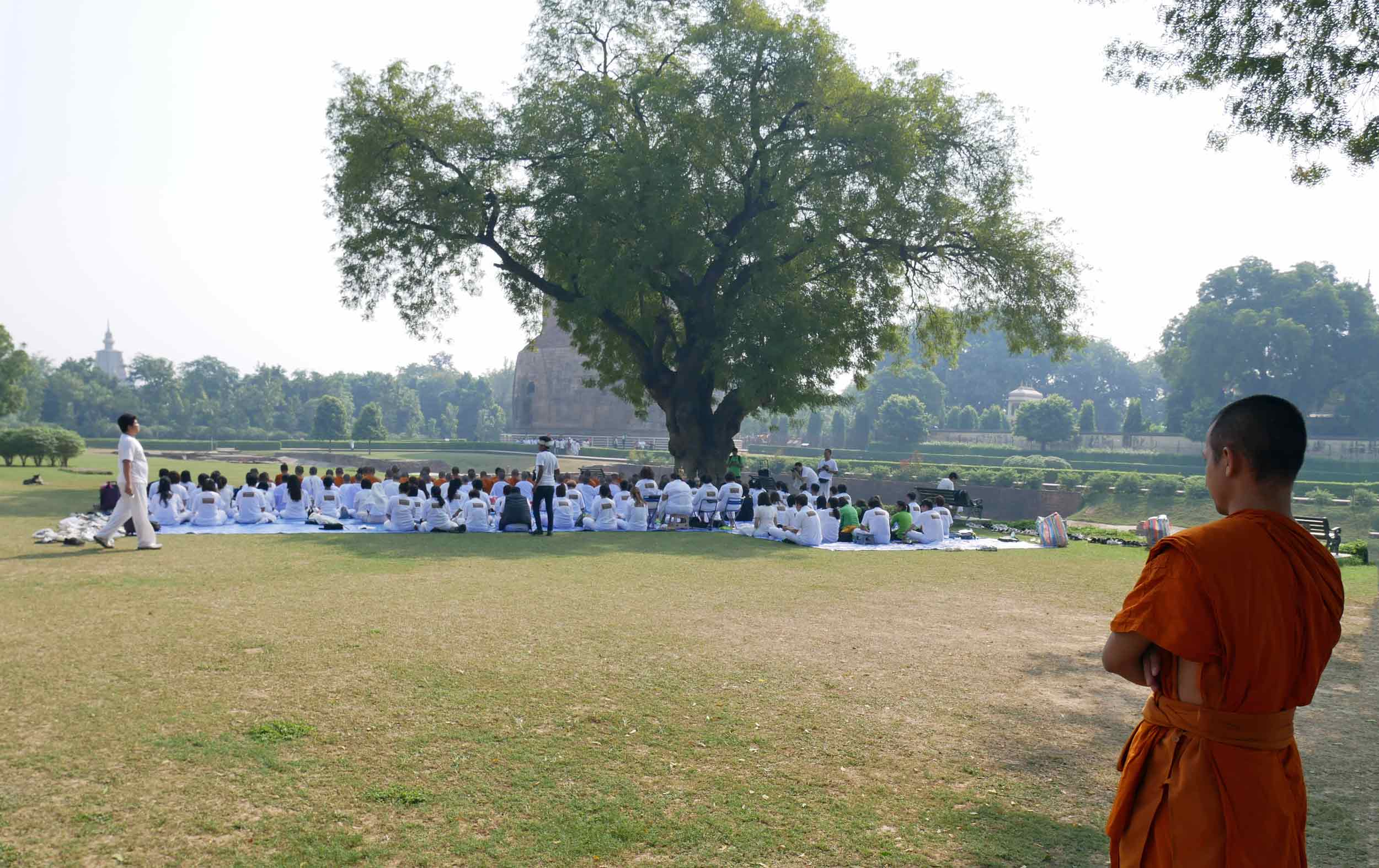
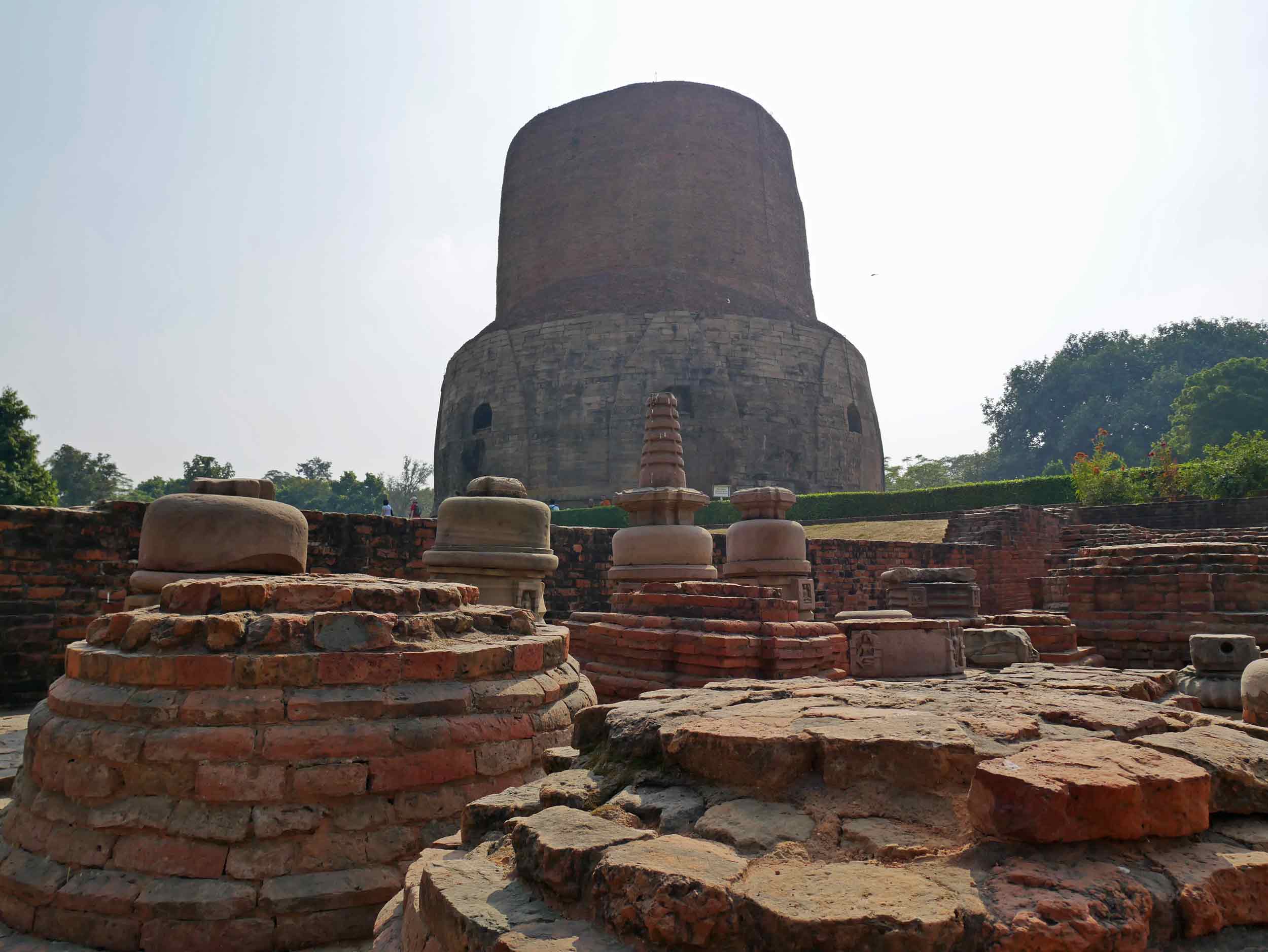


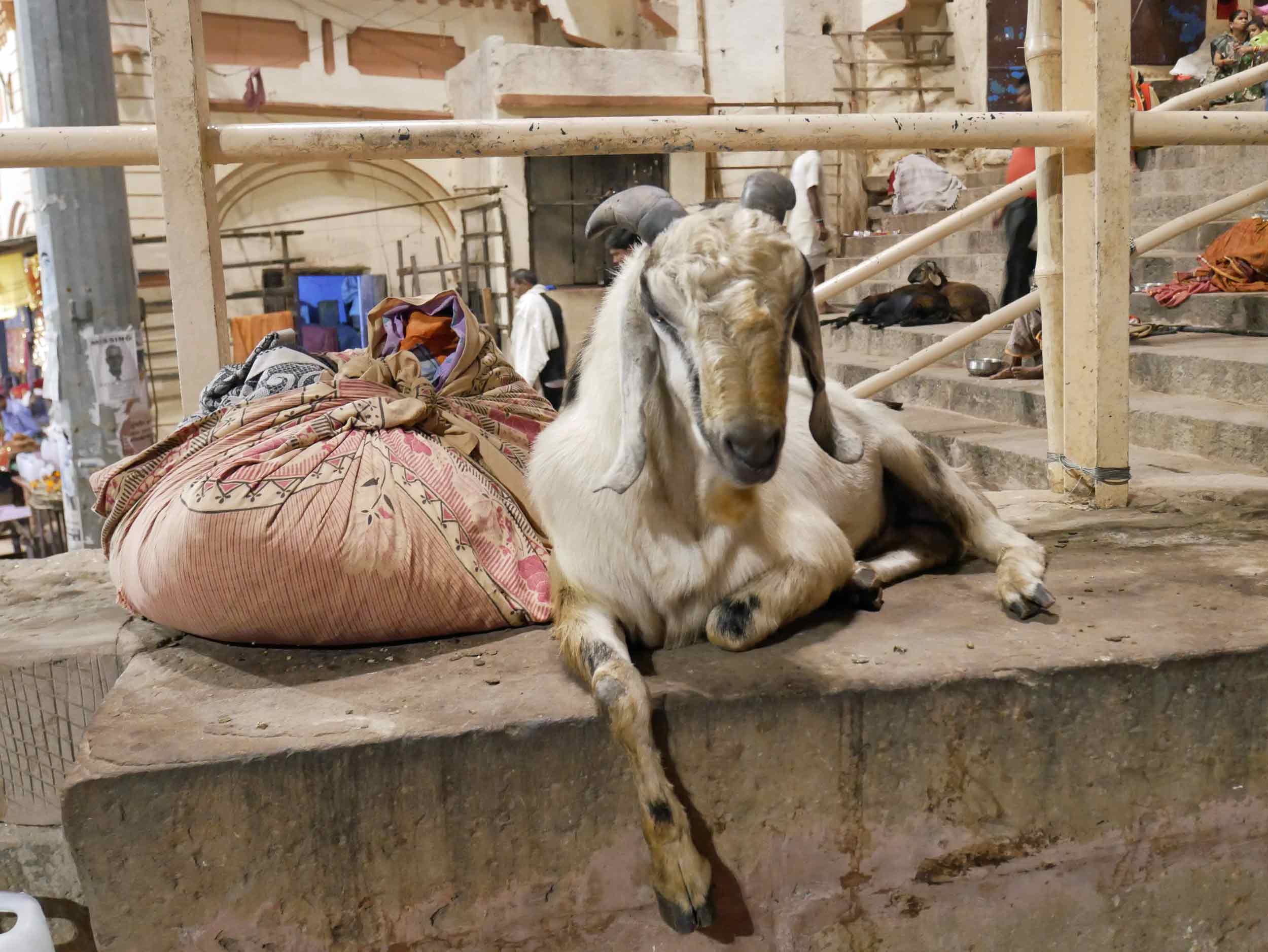
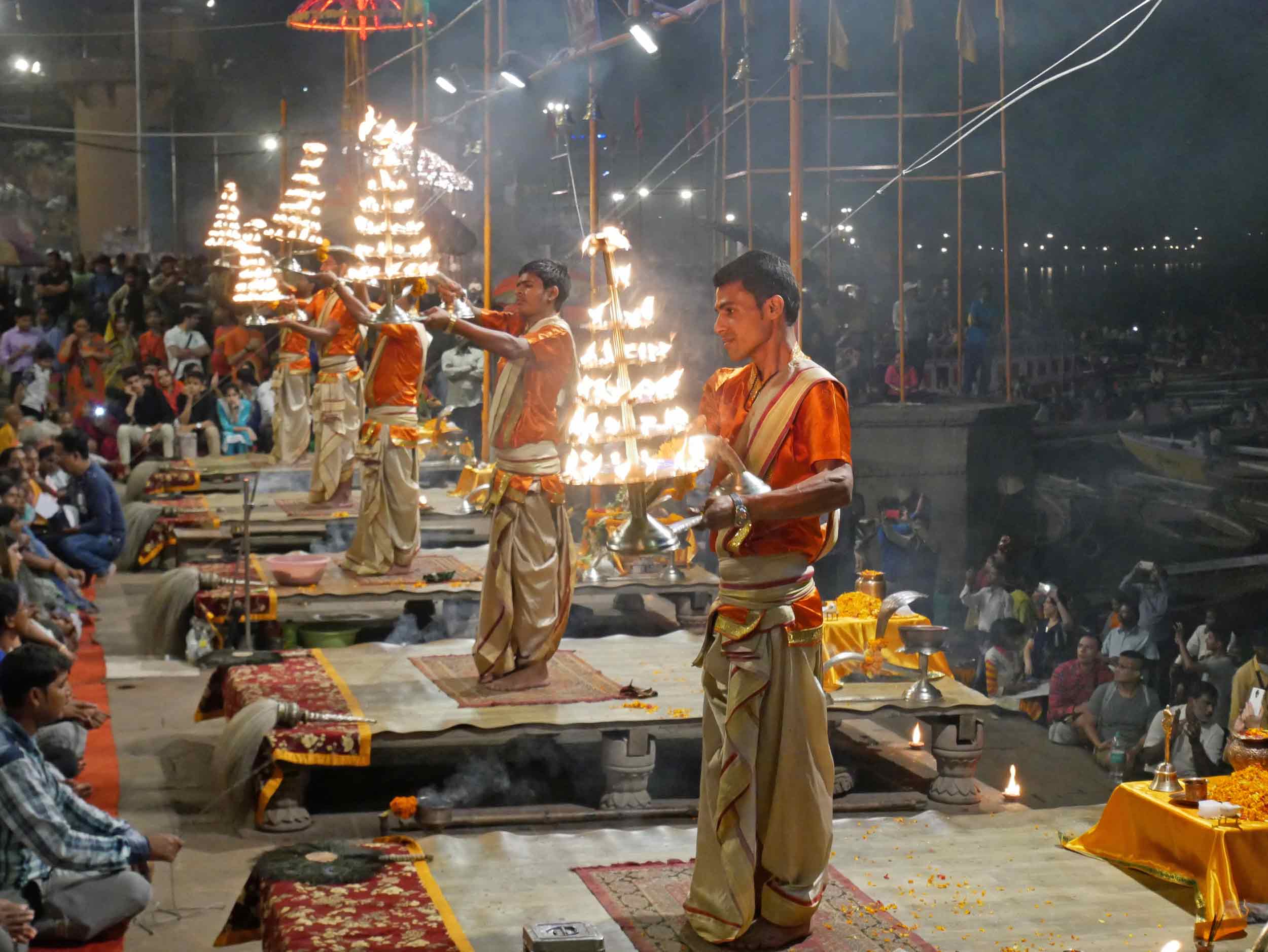
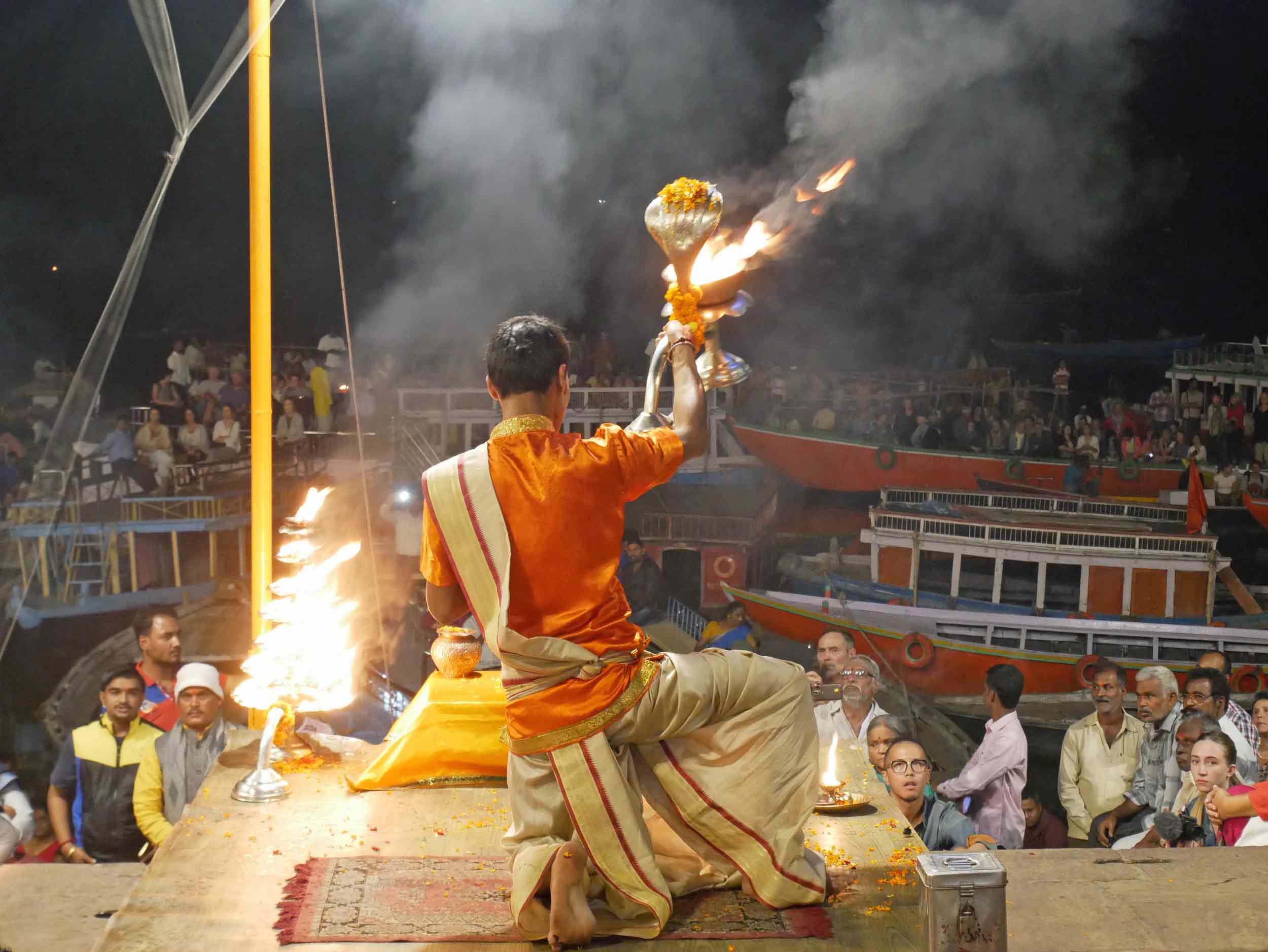
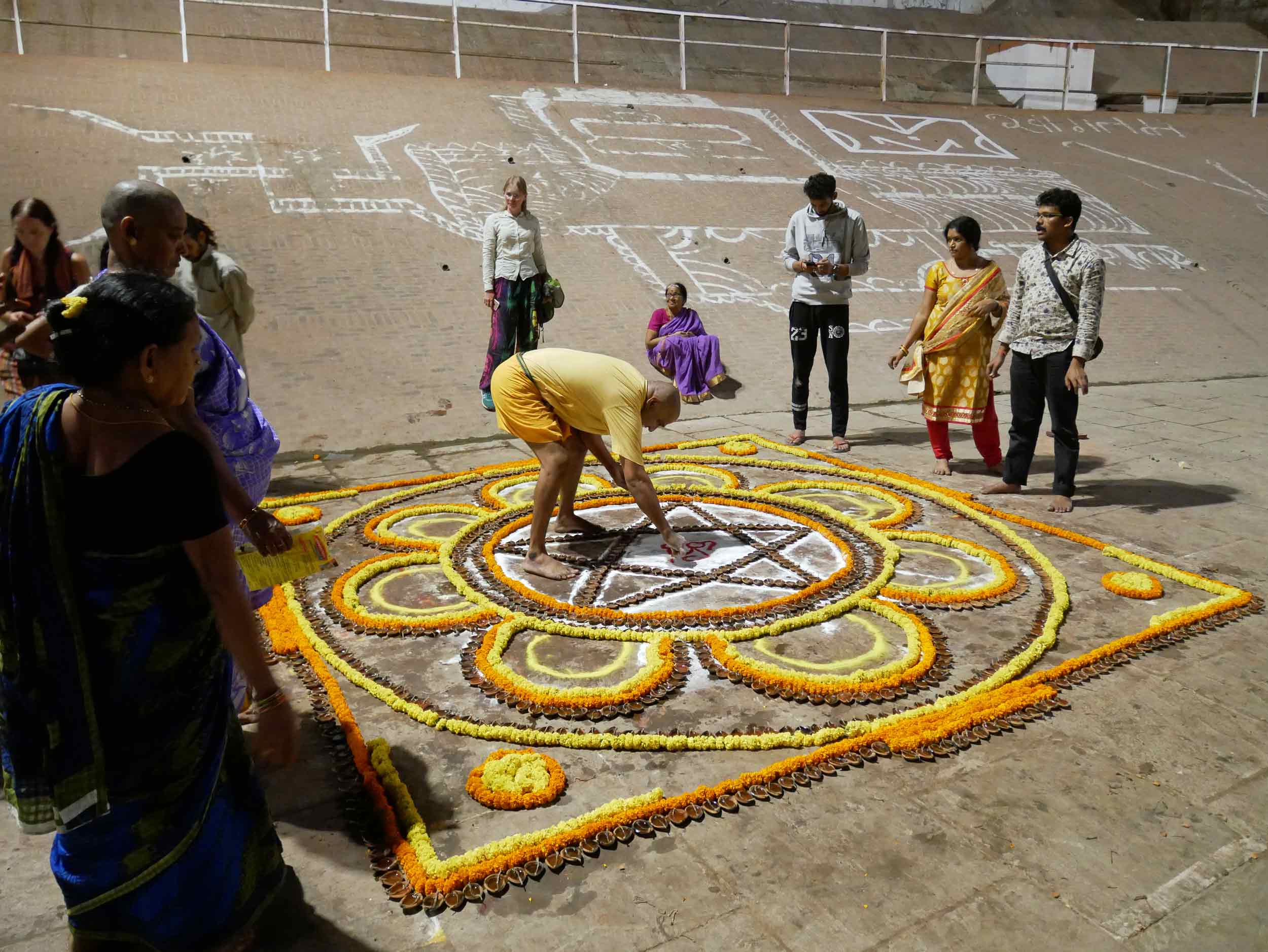
The next day, we drove to Sarnath, believed to be where the Buddha delivered his first teaching after attaining enlightenment. Here, amongst the historic stupas and landscaped parks, Buddhist countries have created temples in their own native architectural styles. For us, it was like reviewing our year of travel as we stepped inside temple after temple from Thailand to Vietnam, Japan to Burma. We nearly forgot we were still in India until returning back to the energy of Varanasi’s old town, where this time, we strolled the teeming ghats on foot, taking in all the action as the setting sun turned the sky a vibrant pink-orange, smoke and incense rising along the busy river's edge.
On our final morning in the Holy City, we rose before the sun and climbed back into a rowboat in order to watch the ghats come to life. As we floated along, men and women bathed in the river, some performing sacred rituals, while others beat laundry along the banks and school children practiced yoga on the steps. Afterward, we took a walking tour of the old town with a guide we'd met on our first day (remember, nothing in India comes without cost) to see the Tibetan Temple, the burning ghats, and the Muslim Quarter where many of the area's exquisite textiles are created. From birth to death, in our short time in Varanasi, we saw nearly every moment of human existence take place along the ancient concrete stairs. There was such an inexpressible mix of emotions that seemed to hang over the place—beautiful spirituality, deep sadness and pain, incredible acts of letting go, immense suffering, and even great joy. In India, much of life happens out in the streets, but here, it moved to a deeper level of intensity, and as we left, we were ready to move from the heaviness we found here and on to the country's east coast.
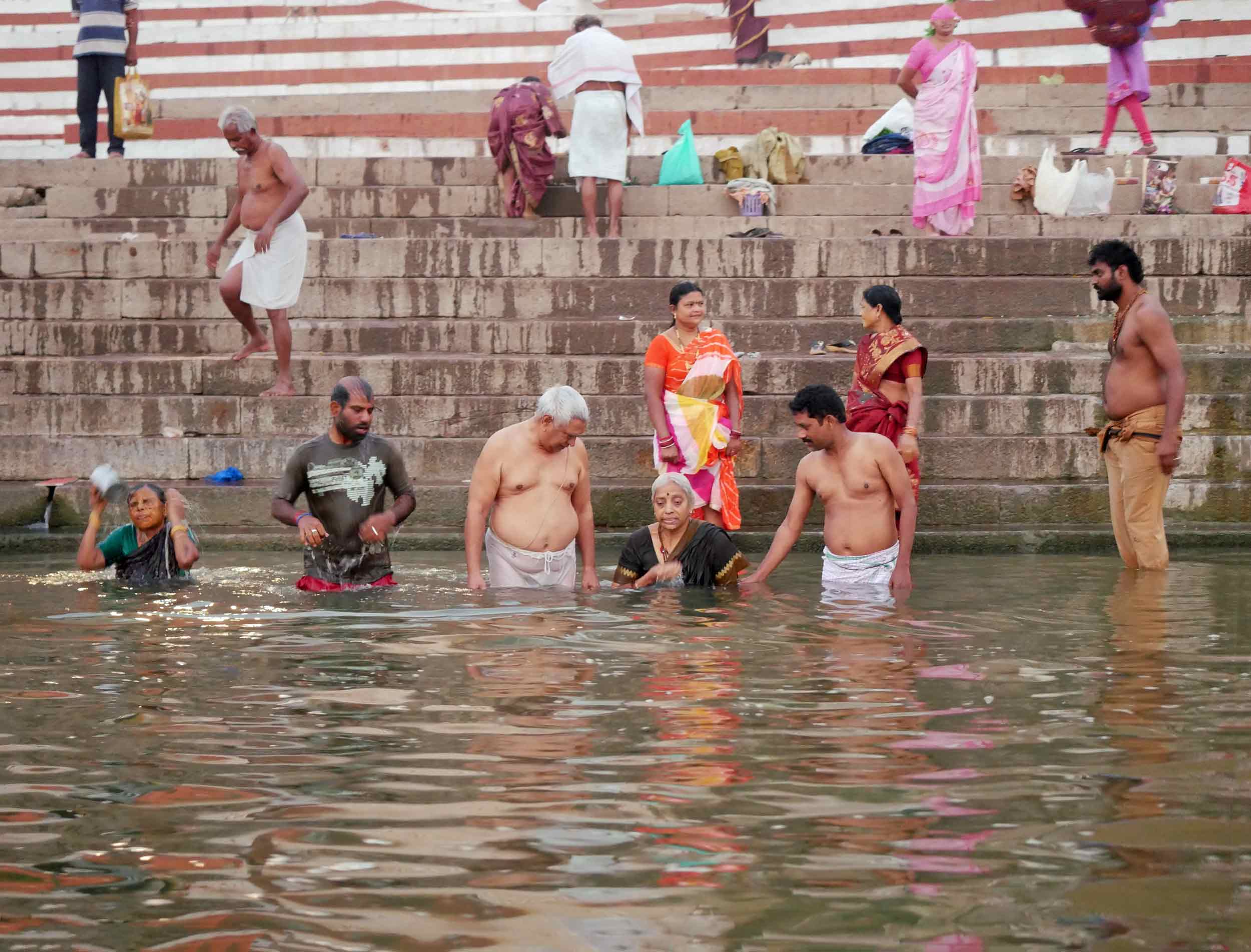
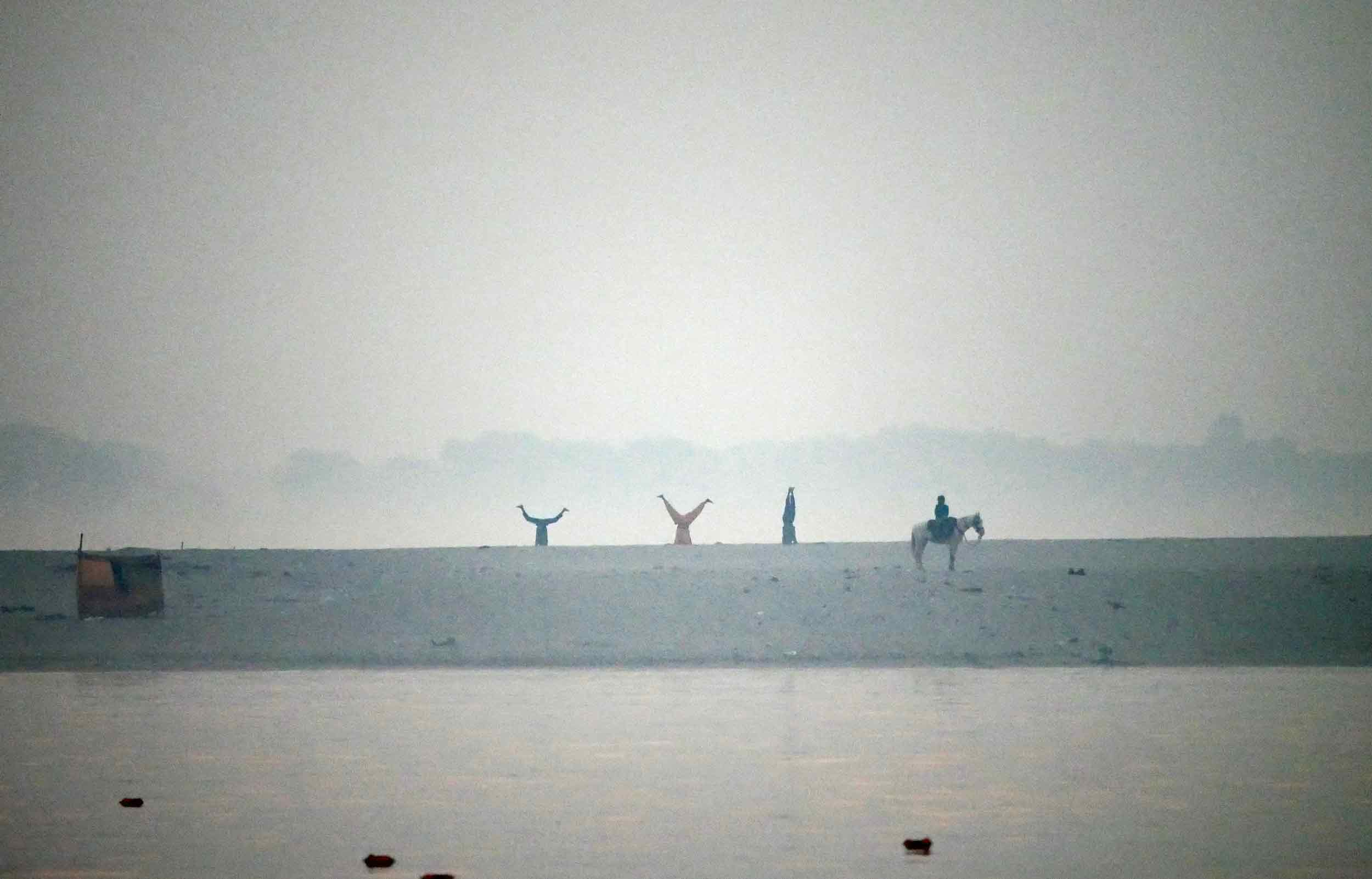

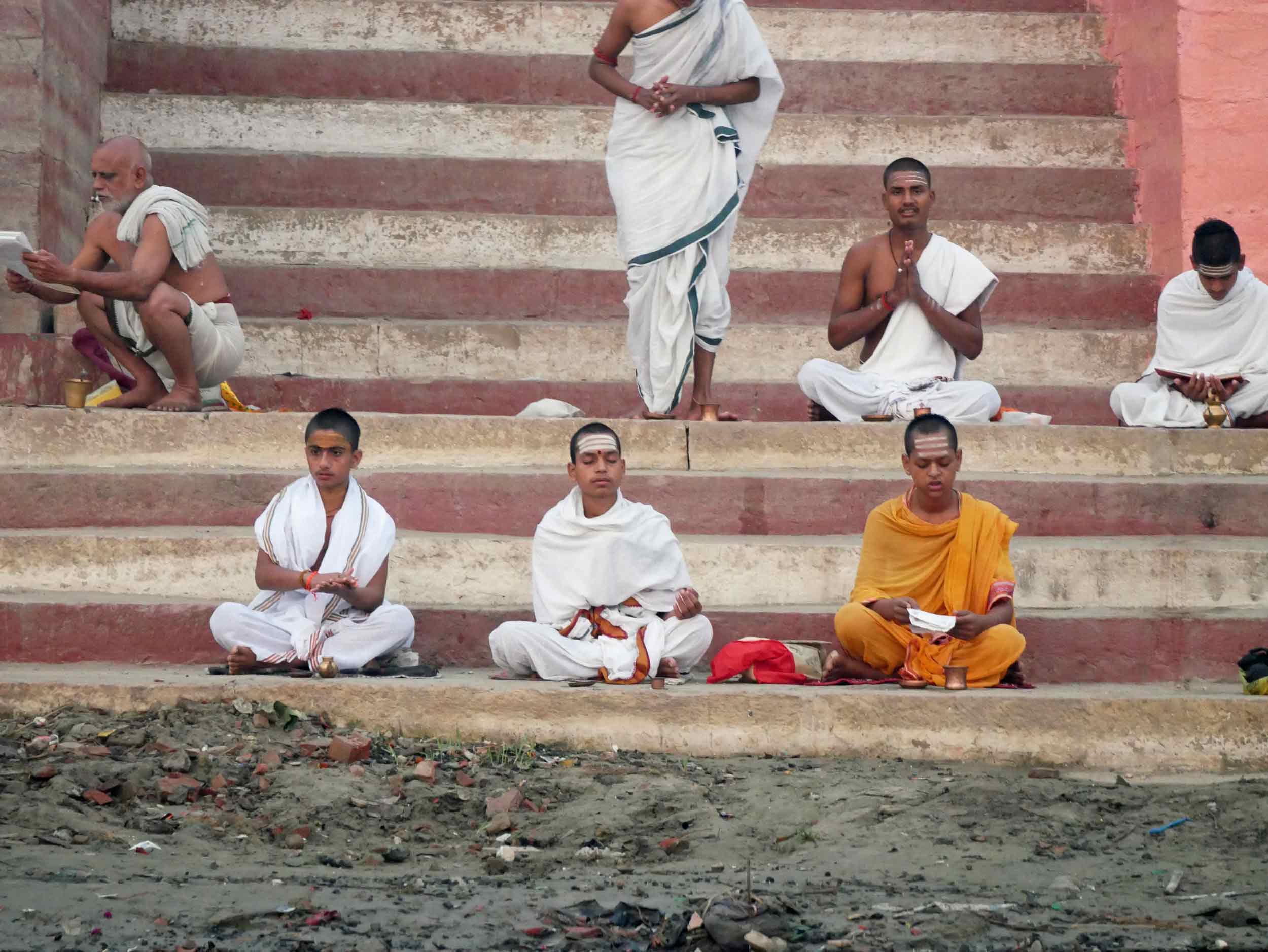
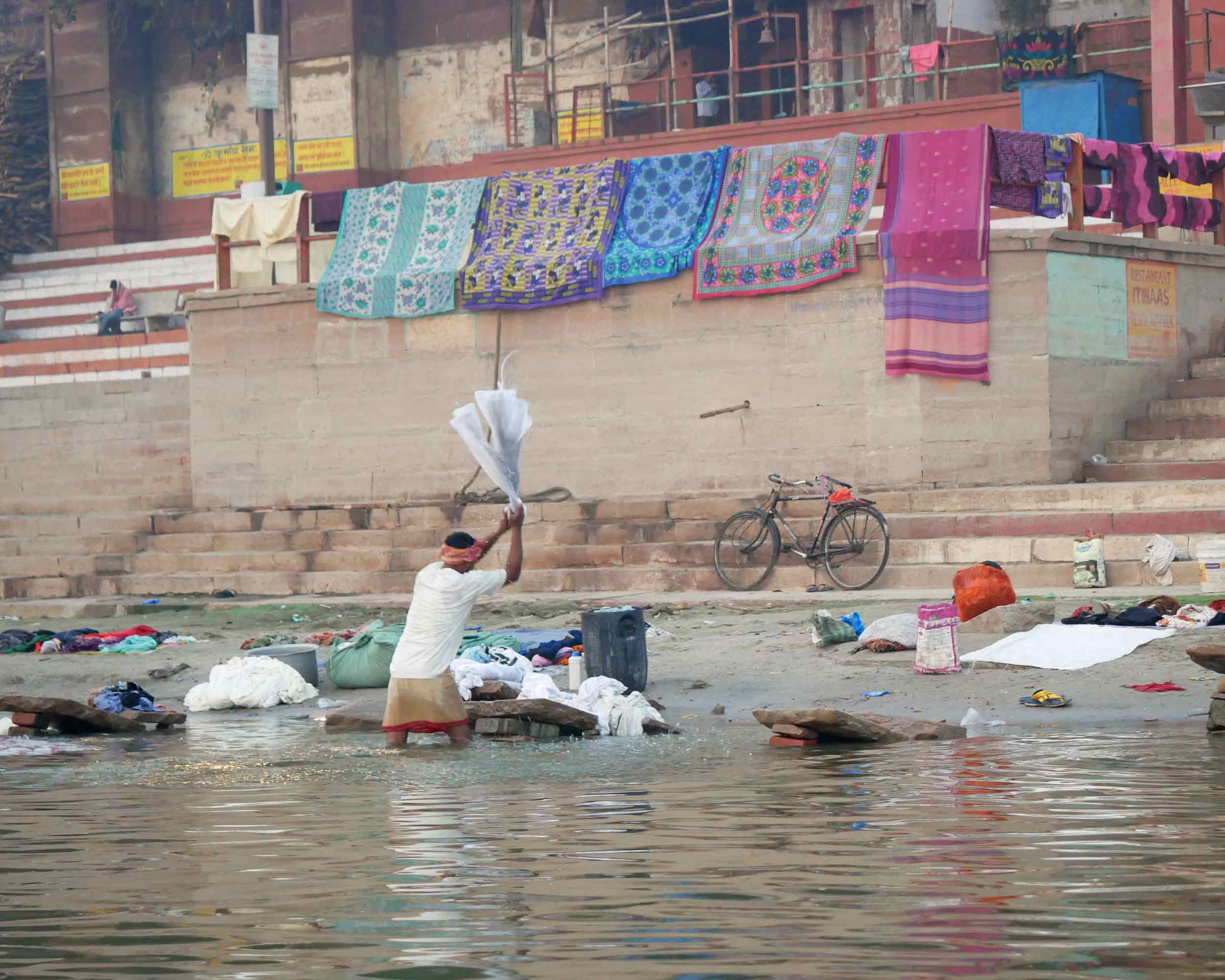
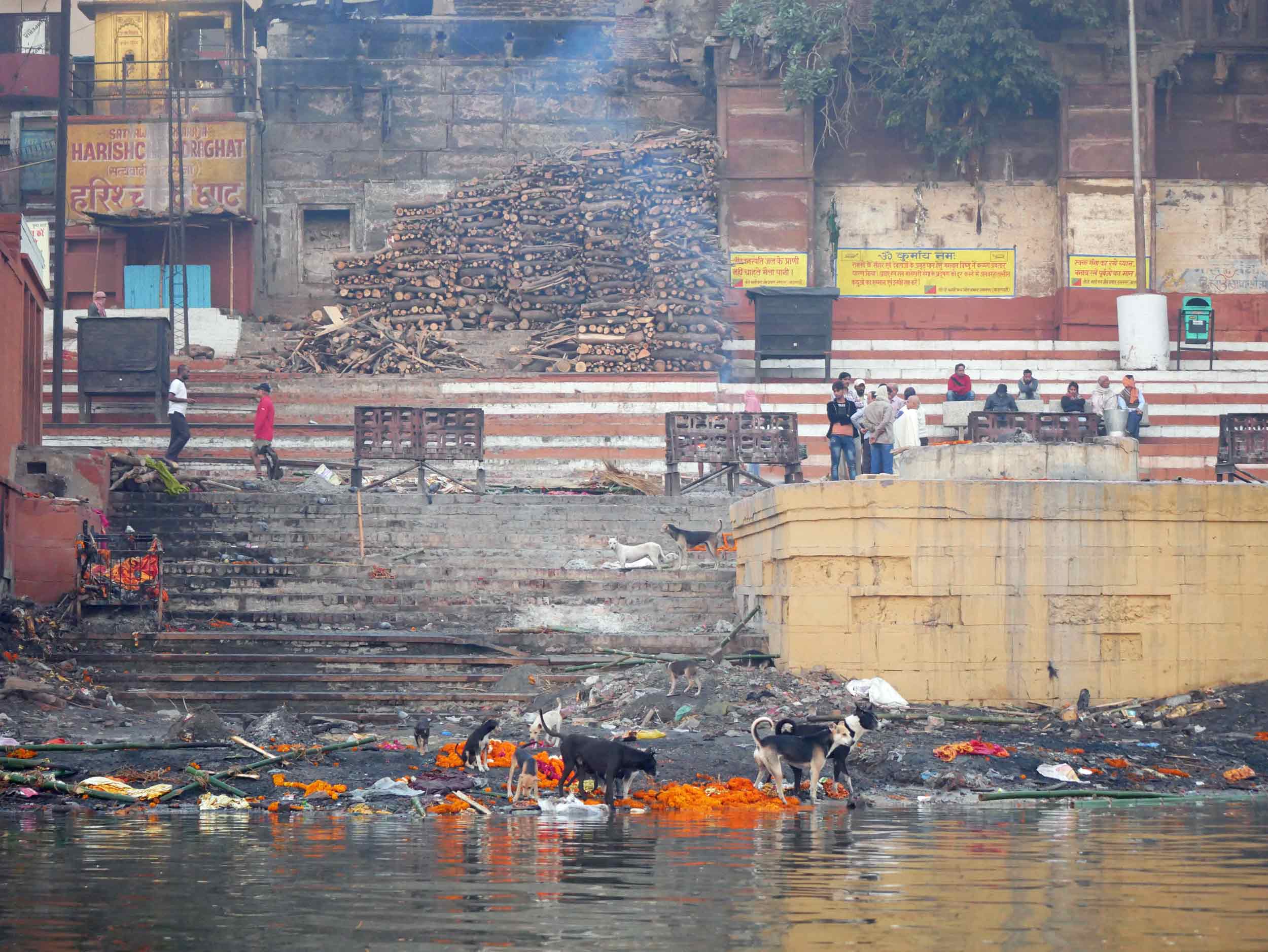
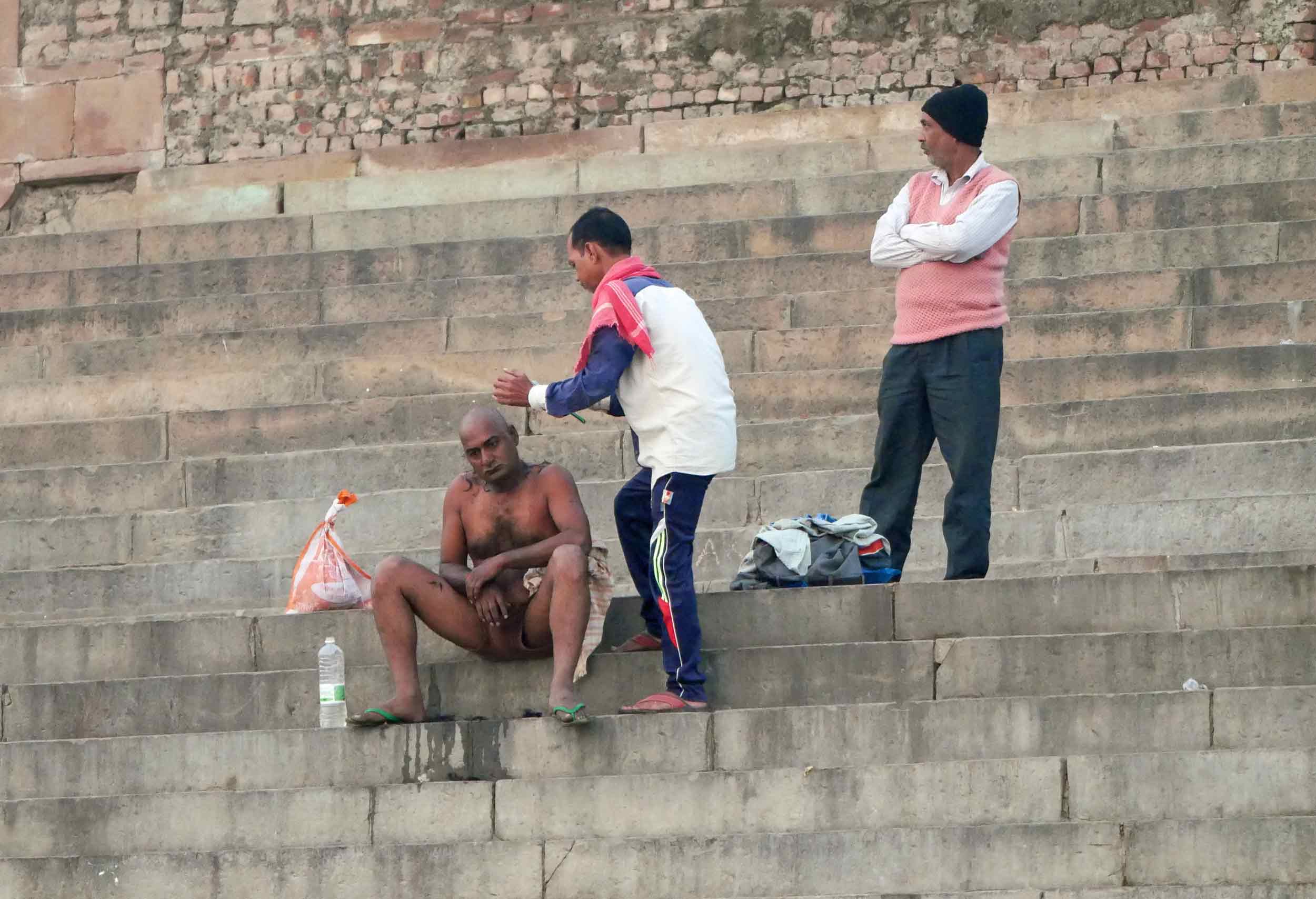
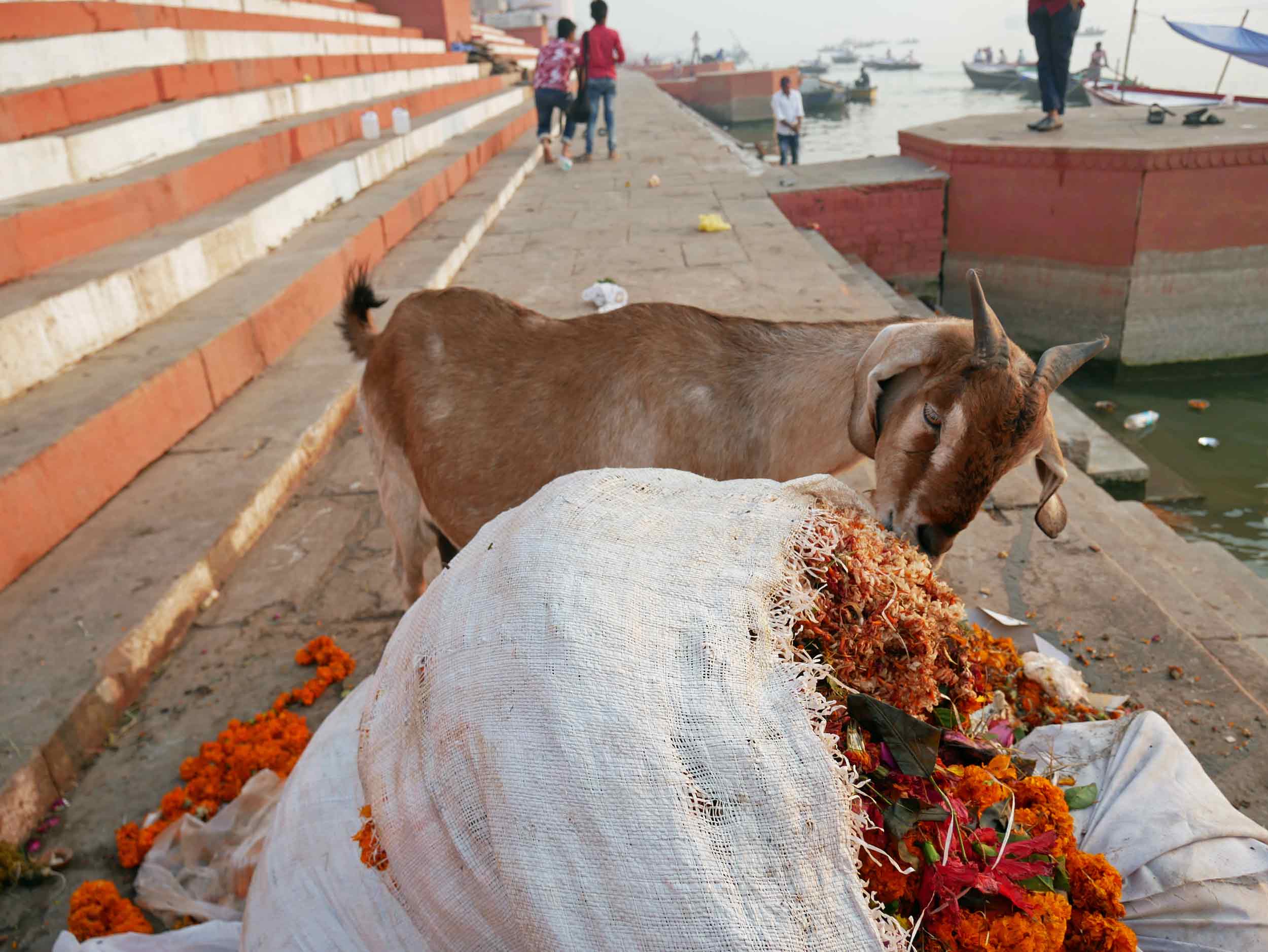
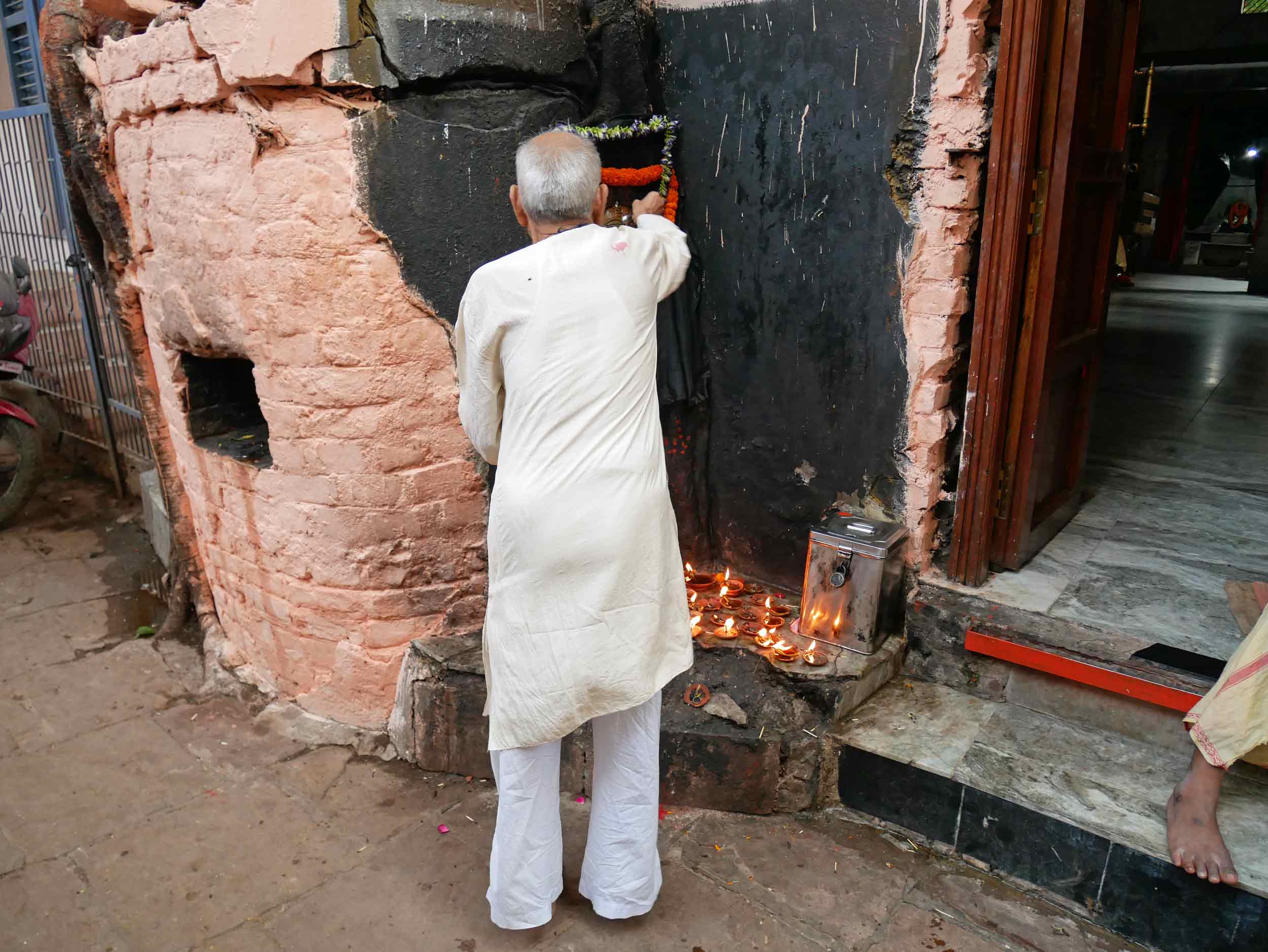
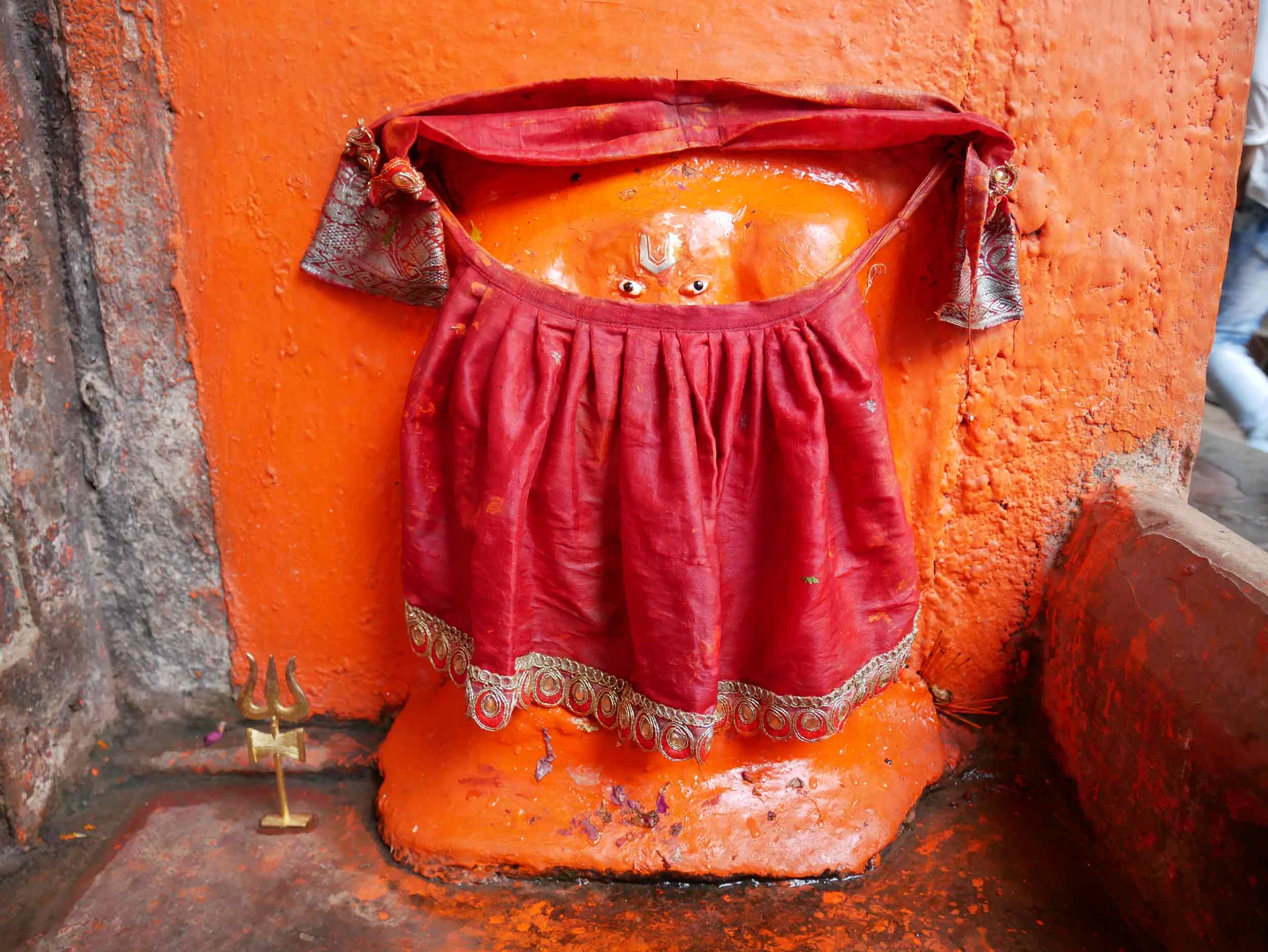
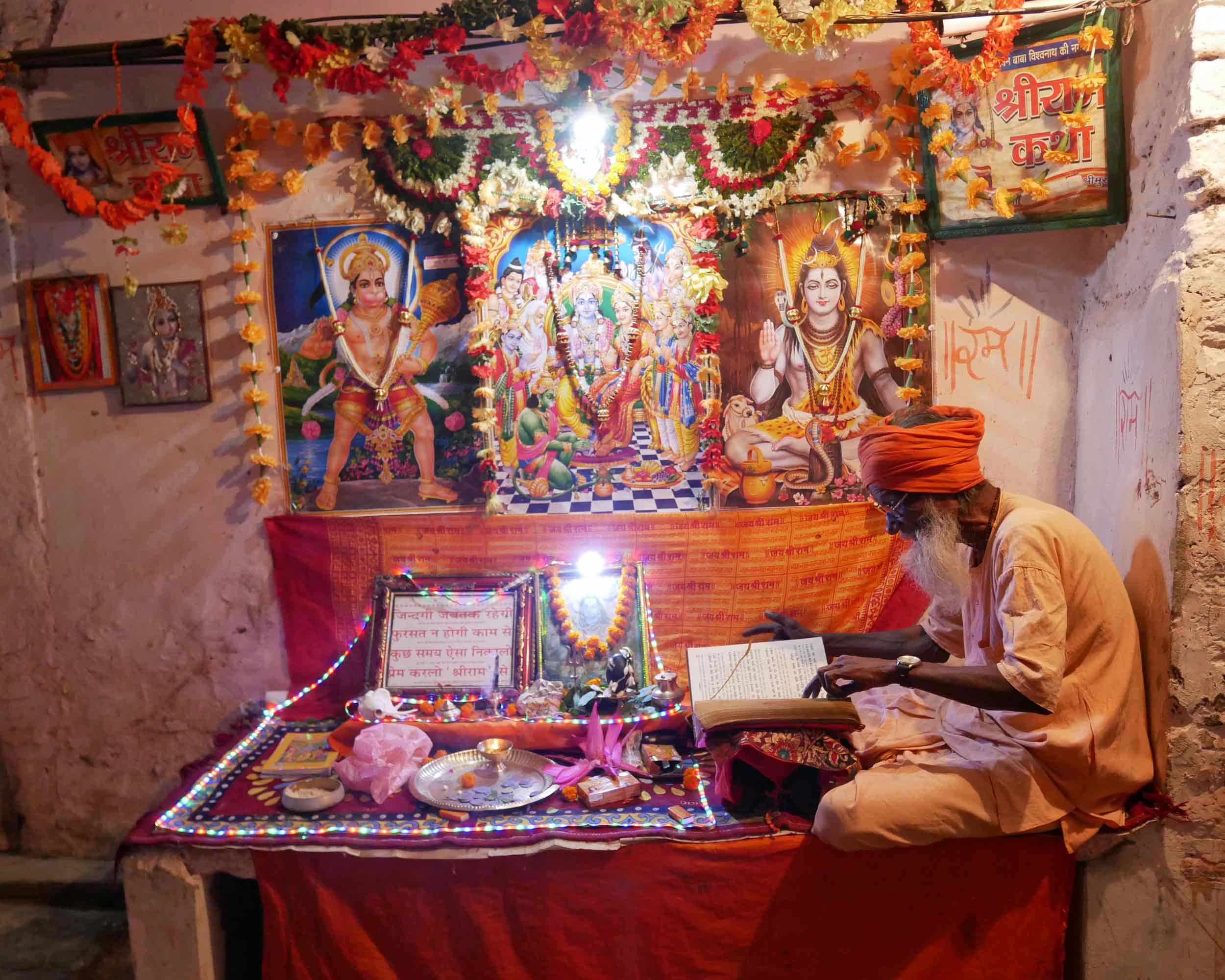
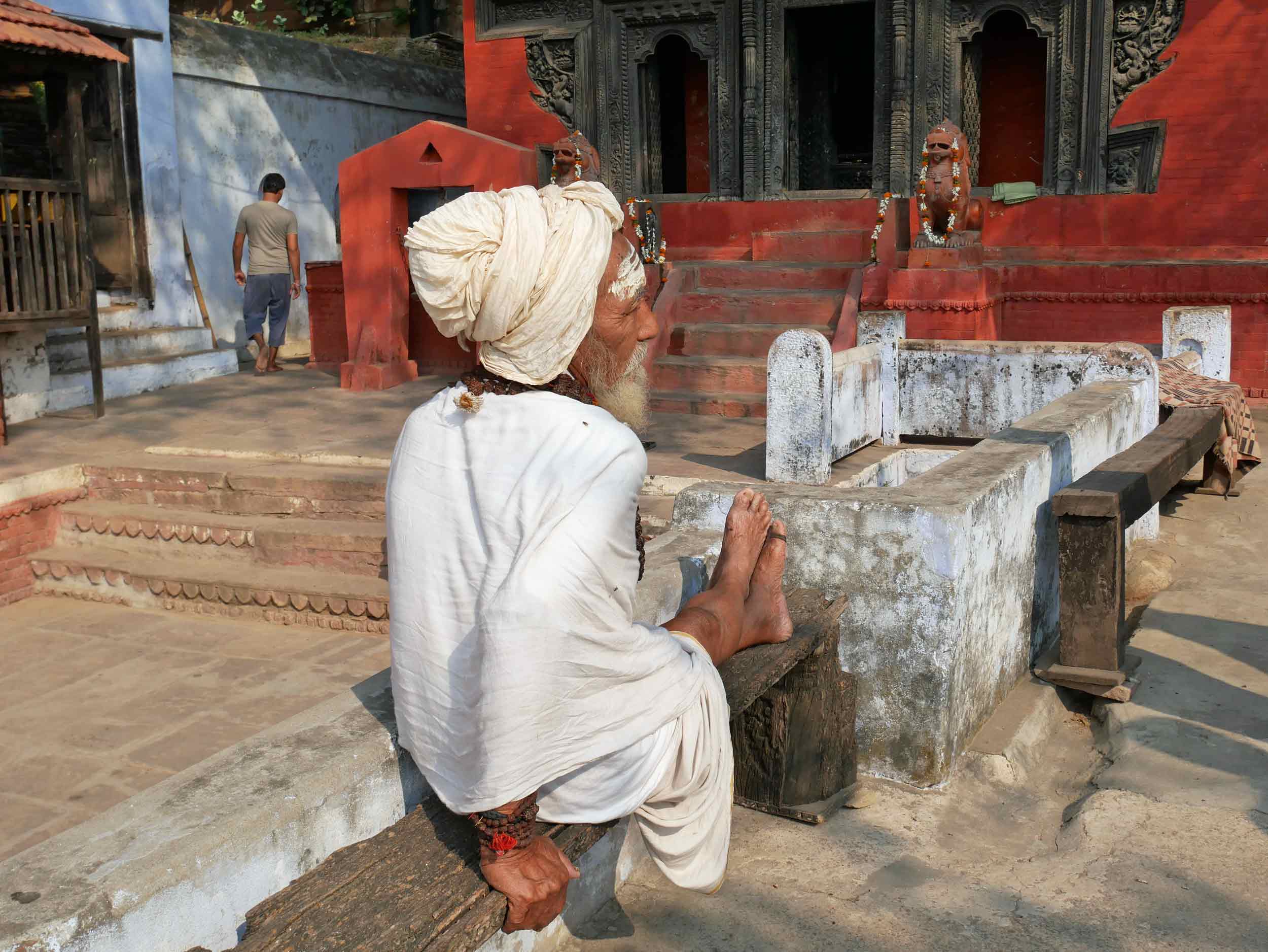
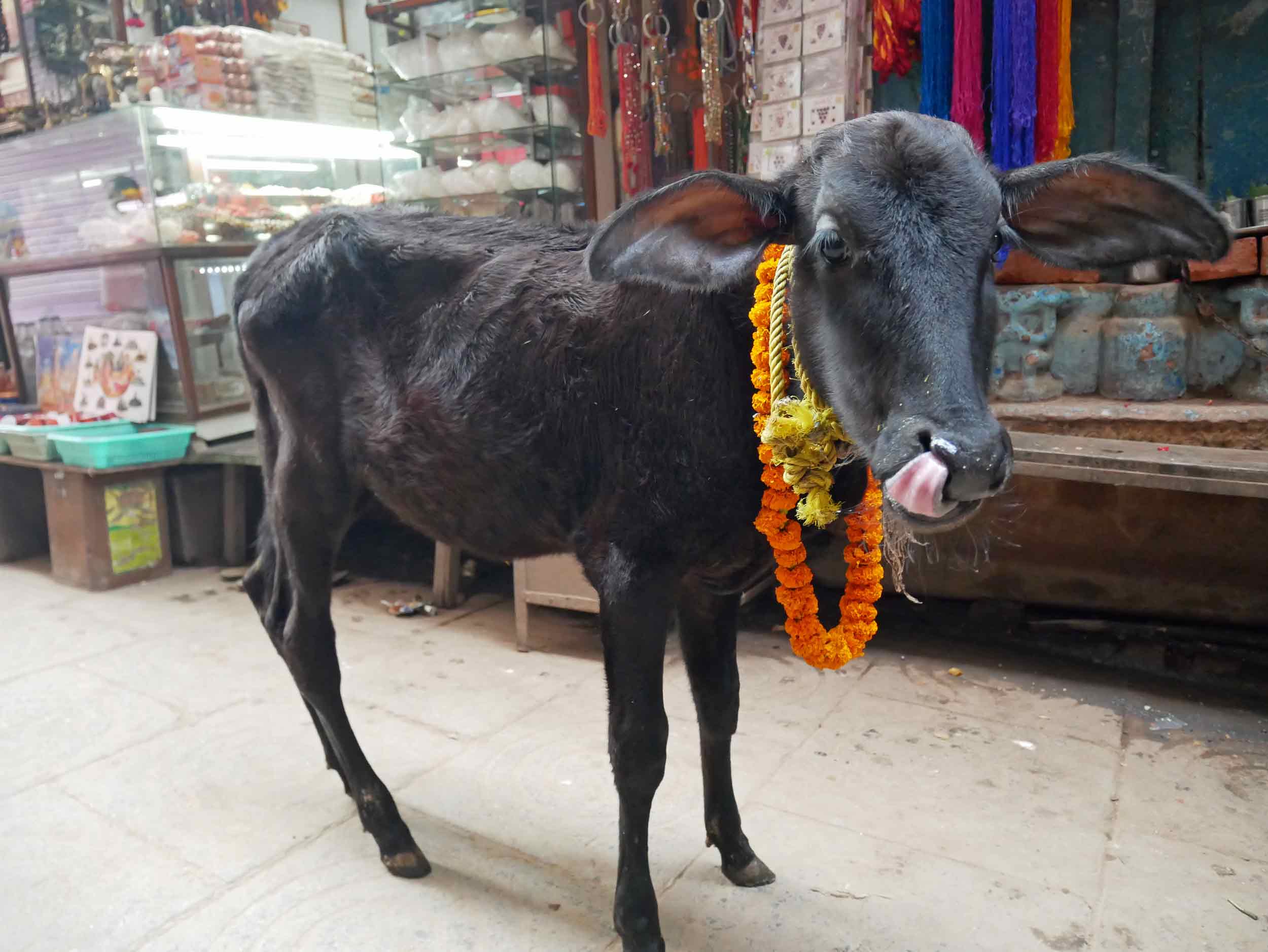
Oh, Kolkata!
Kolkata (officially updated from anglicized Calcutta in 2001) is the commercial and cultural center of East India, home to the country’s oldest operating port. The city has a long history with the British Raj, part of the East India Company since the late 1600s and capital of British-held Indian territories until 1911, evidenced by the impressive colonial-style architecture we found throughout. We spent one of our days touring the stately sites, including the towering Shaheed Minar, spacious Maiden Park, historic St. John’s Church, Kolkata High Court and Town Hall, St Paul’s Cathedral and the opulent Victoria Memorial, marveling at the reach of the former British Empire. Nicknamed “The City of Joy,” the work Saint Teresa of Calcutta and the Missionaries of Charity she founded here in 1950 certainly came to mind as we spent an inspired morning visiting her former home, which is still headquarters of the Mission and now includes her tomb and a museum about her life. When not exploring, we tried several of the cities top-rated restaurants, which seemed a throwback to mid-century American theme-dining without the price tag.

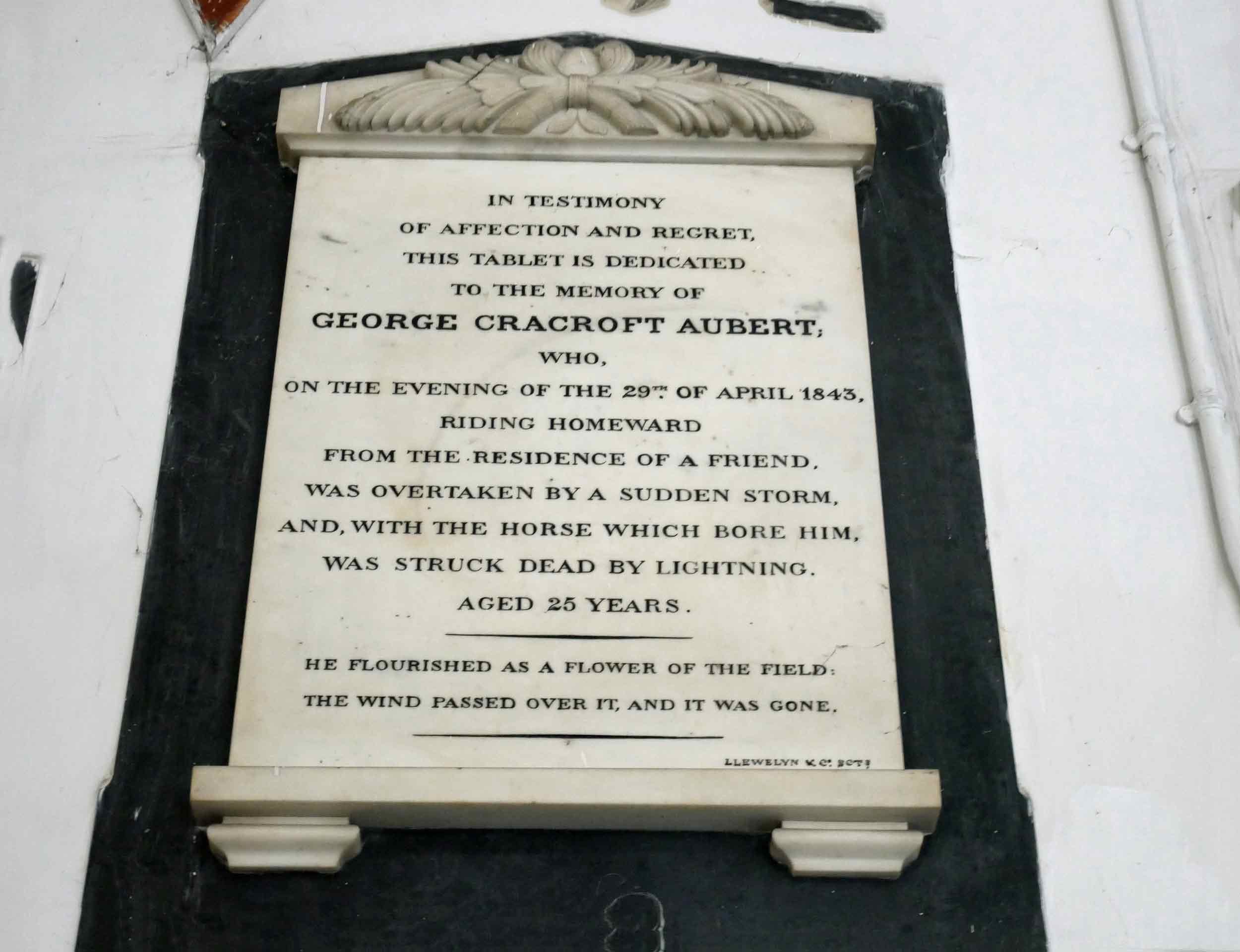
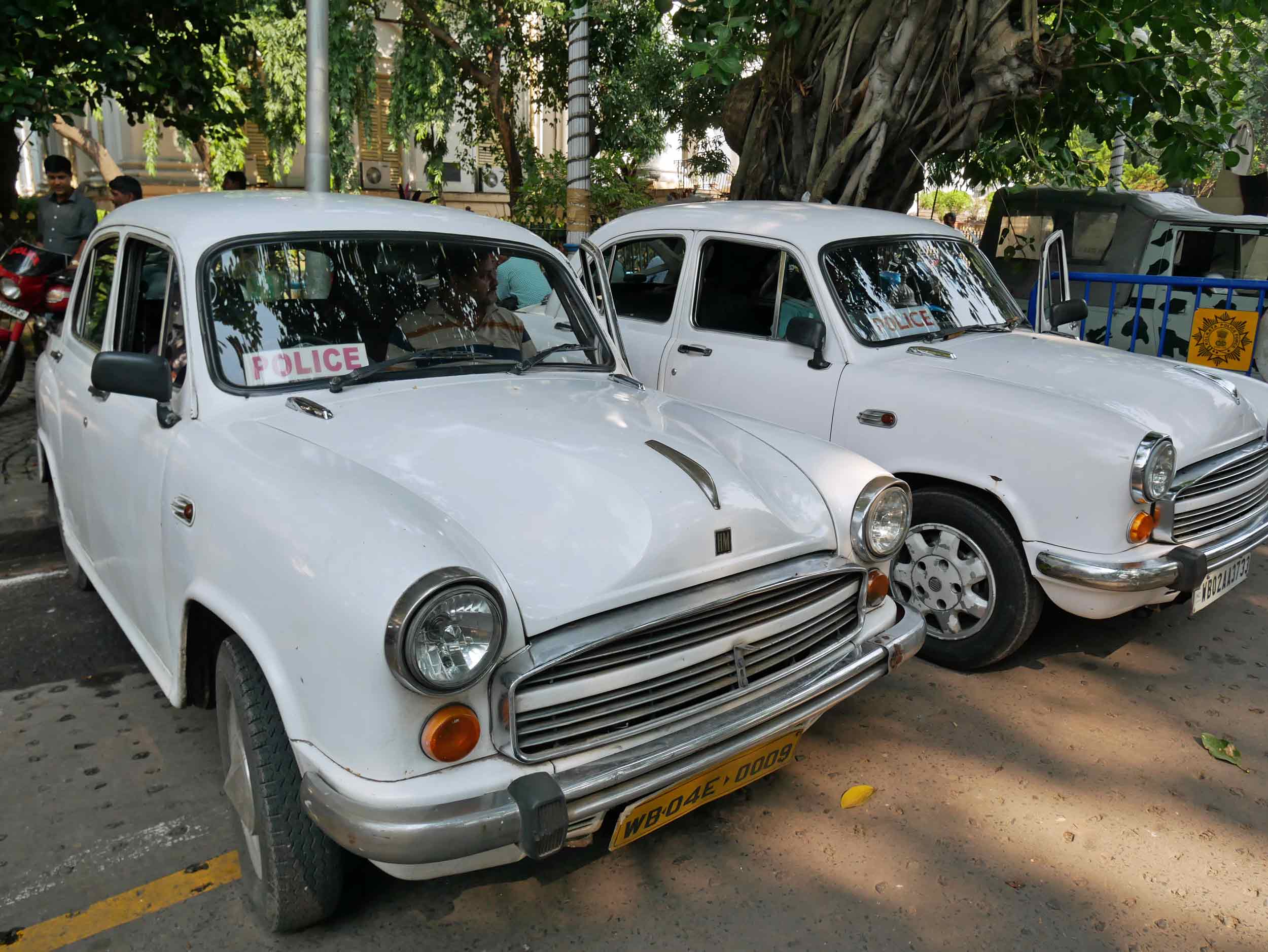
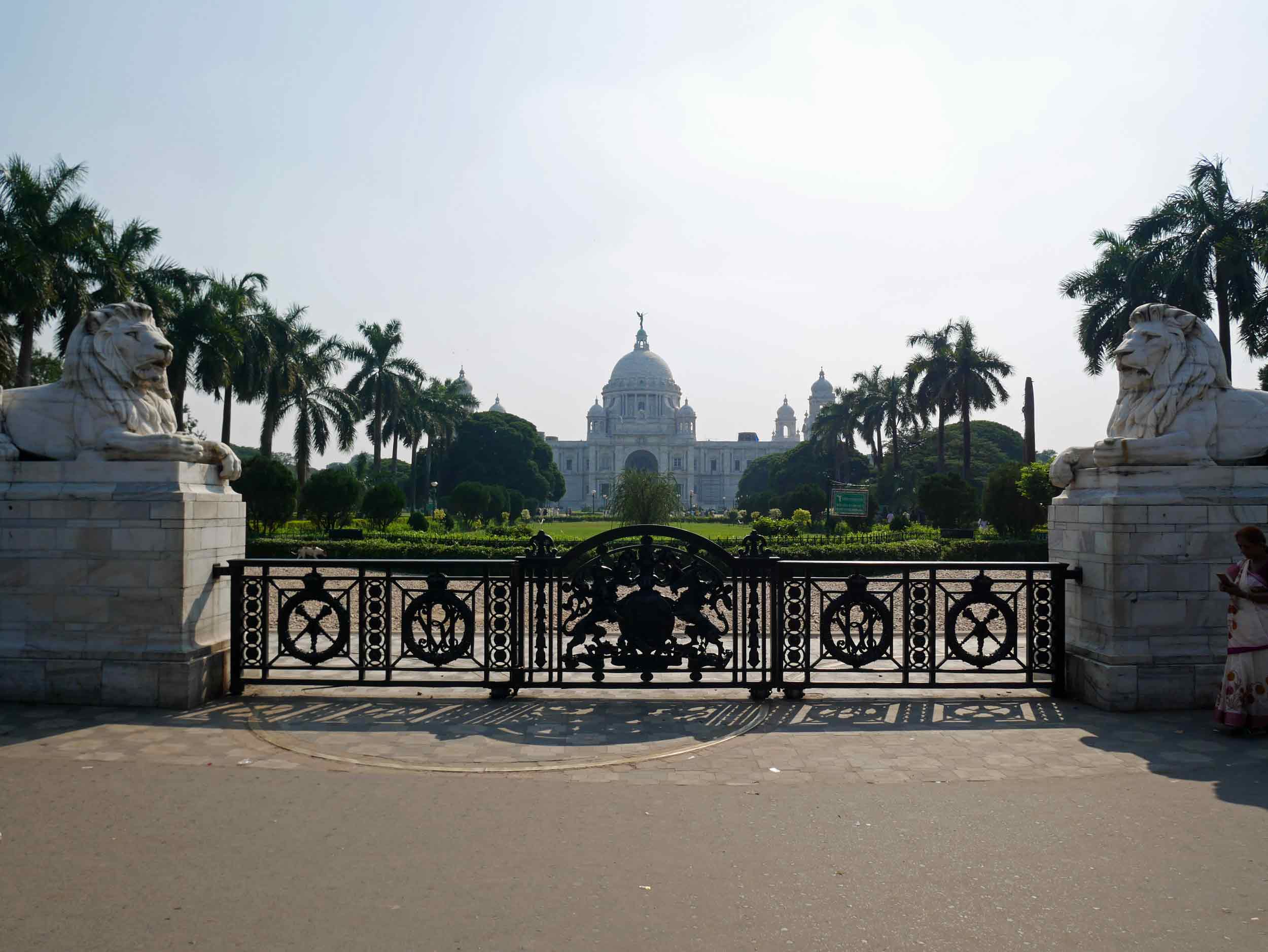
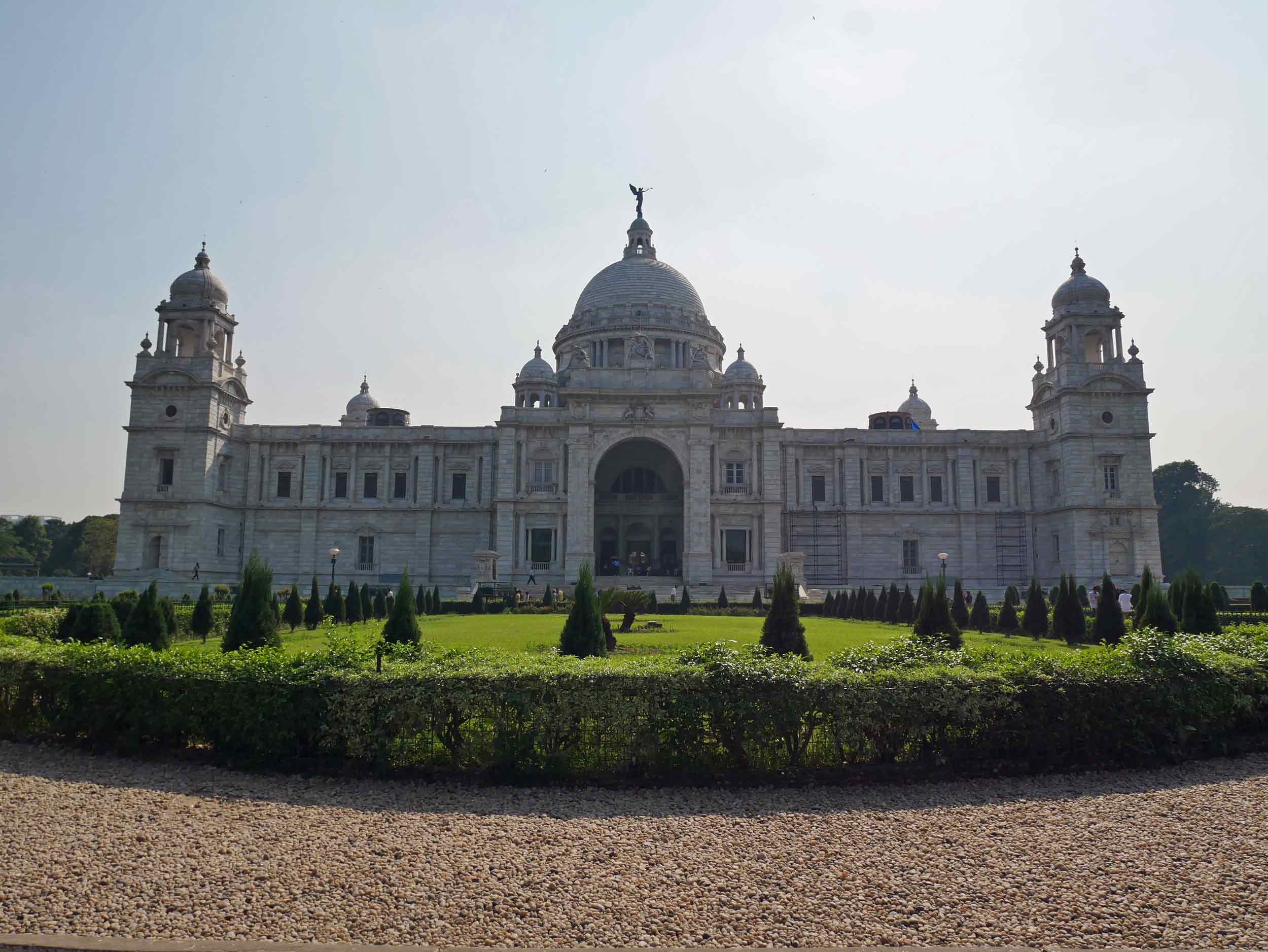
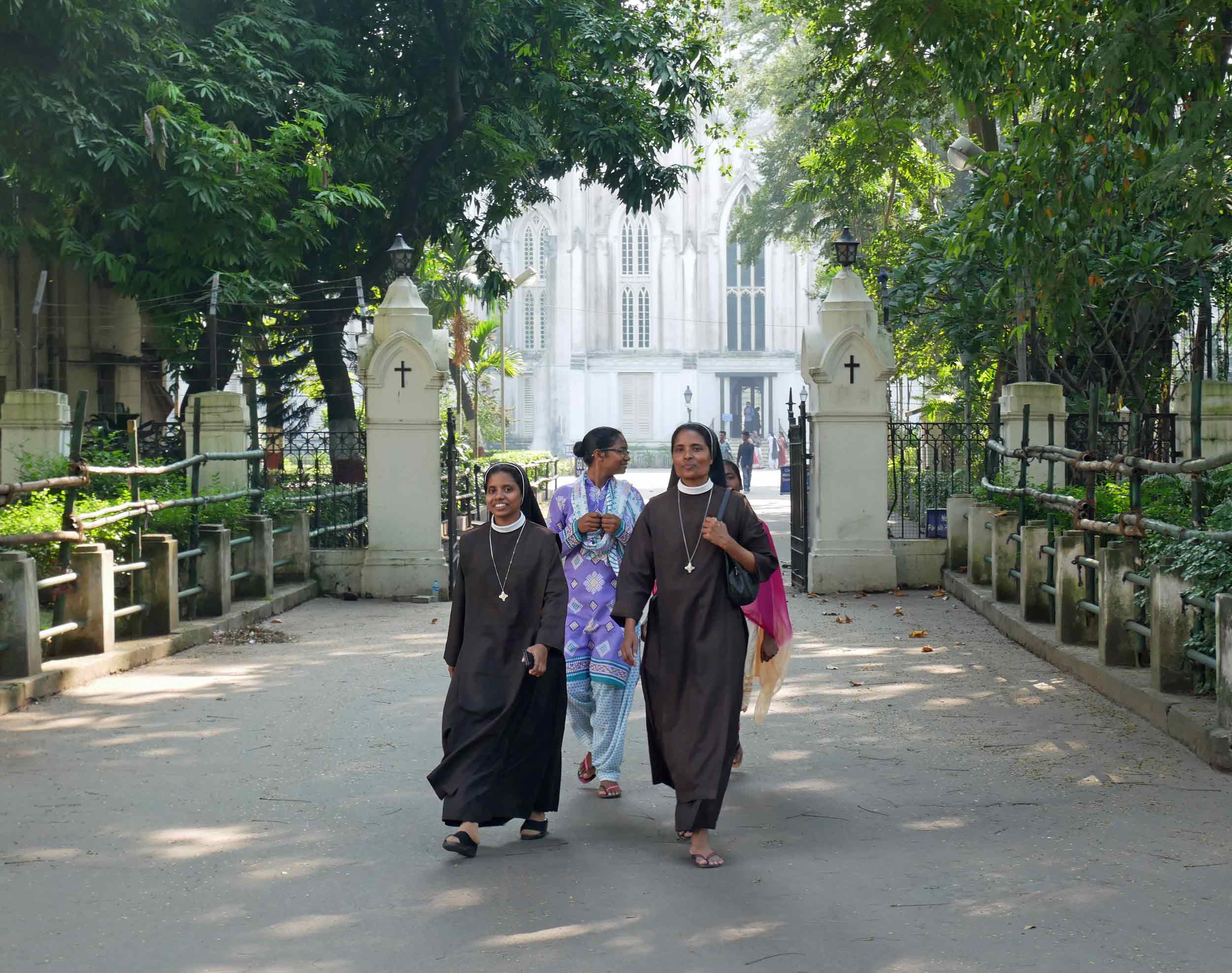
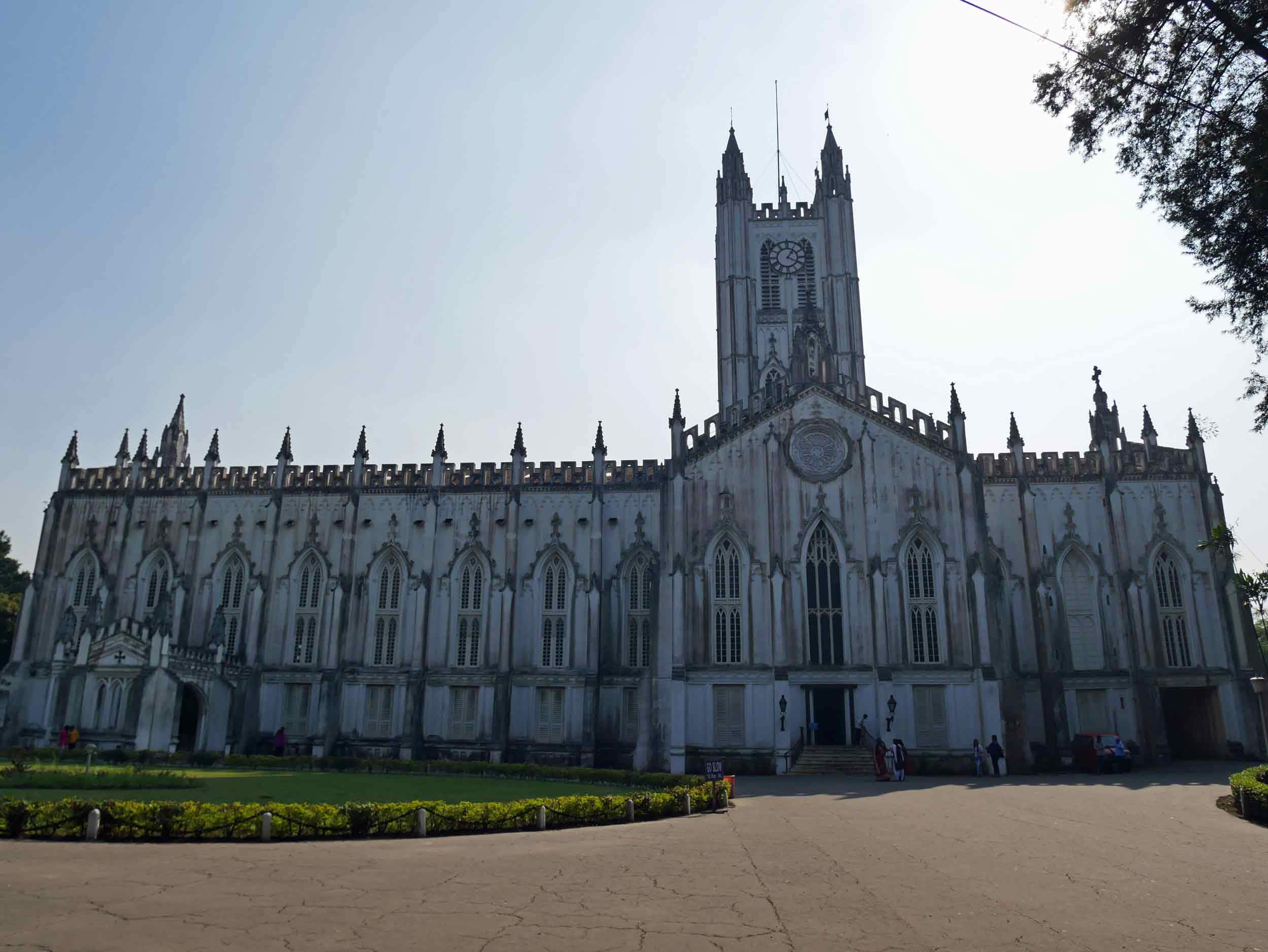
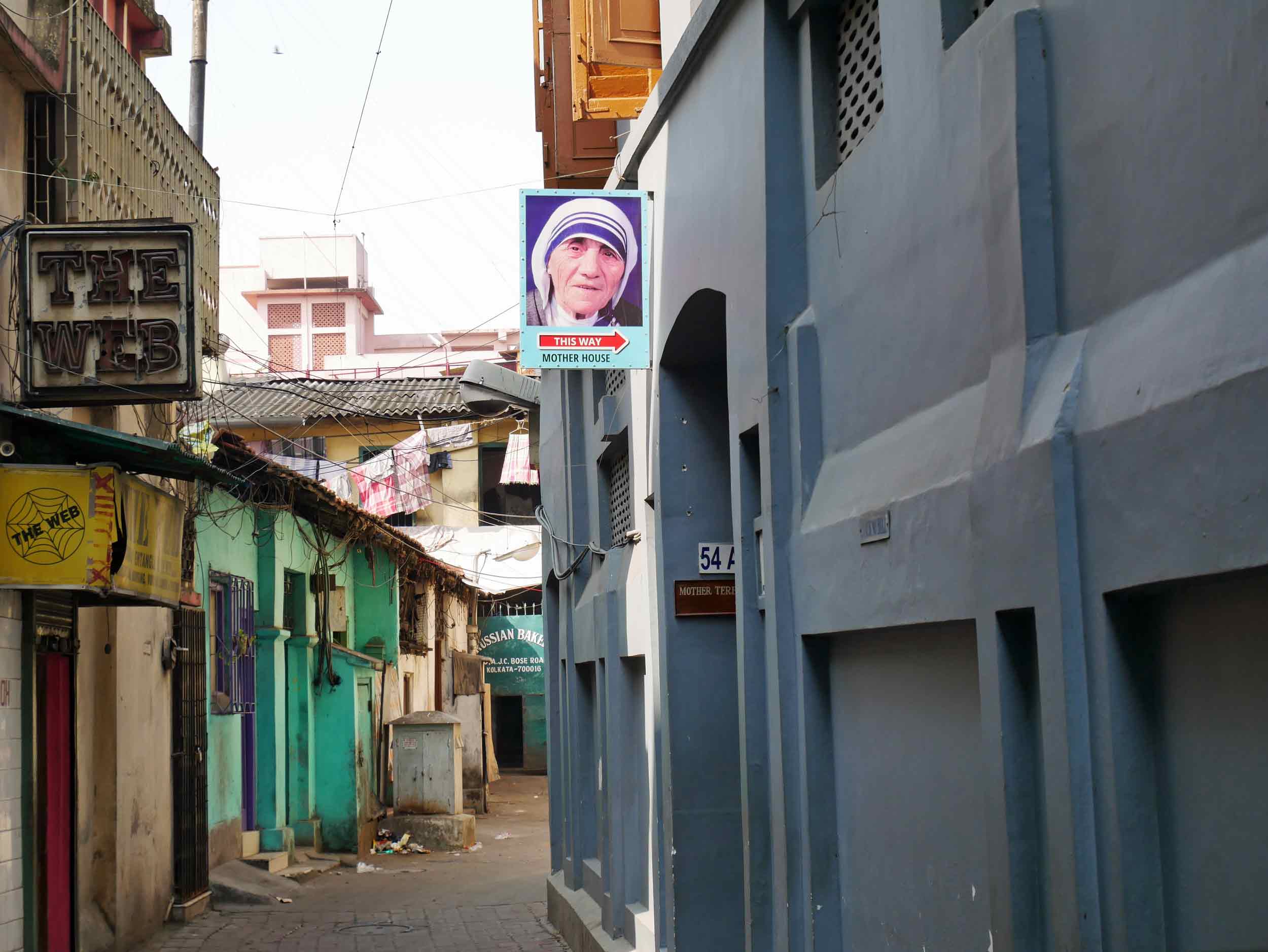
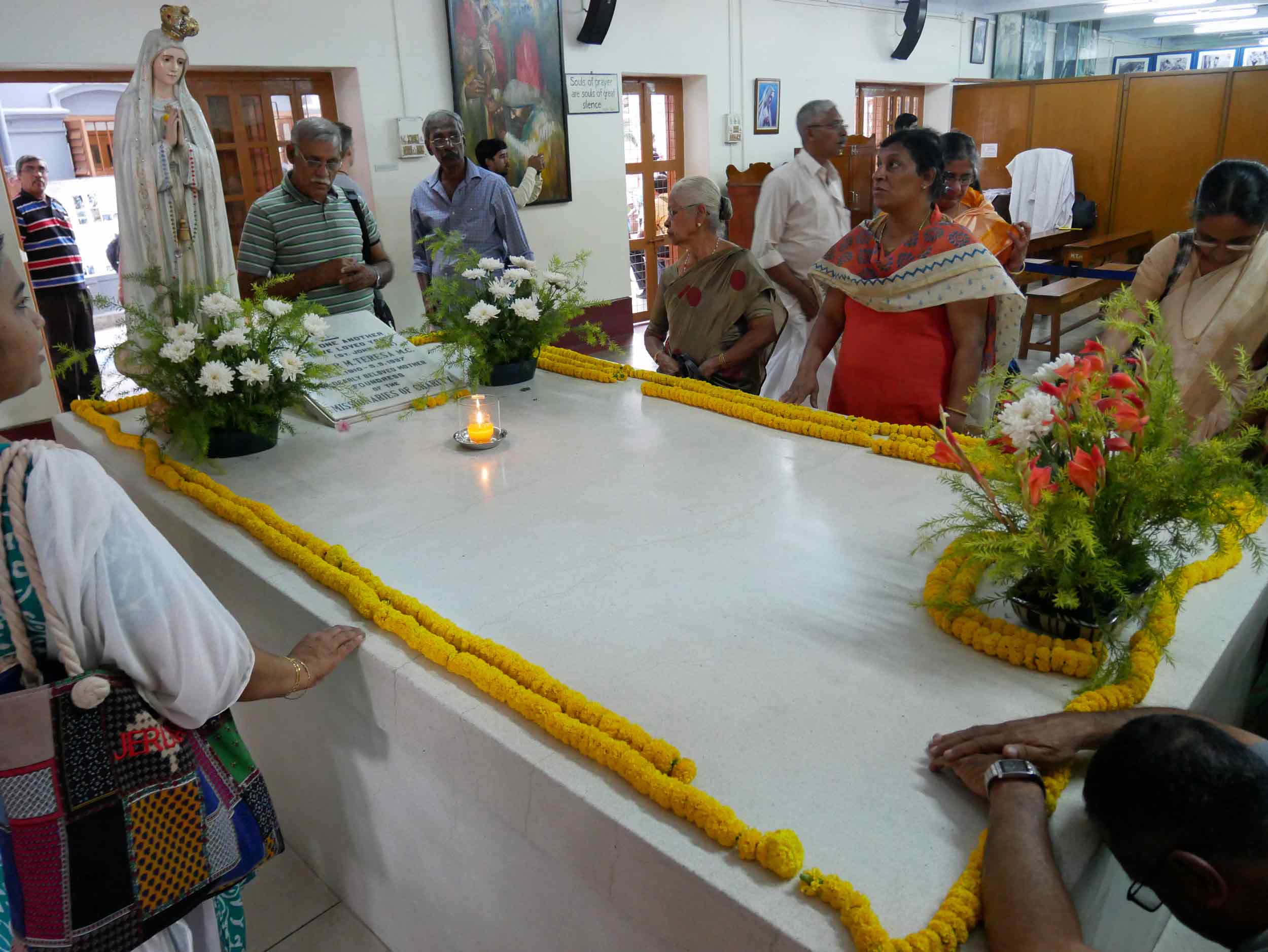
Exploring the Experiment of Auroville
After a brief stopover in Chennai, where we celebrated American Thanksgiving by gorging on local curries, pumpkin and coconut soup, and sweet potato vada poa, we drove a couple of hours south to the experimental town of Auroville, just outside Pondicherry. Here, we stayed right on the coast in a small second-floor studio, part of a lovely property owned by an Italian family. With rented mopeds for the week, we spent our days cruising the dusty roads of the “City of Dawn,” which was founded in the late 1960s as “a universal town where men and women of all countries are able to live in peace and progressive harmony, above all creeds, all politics and all nationalities.” The centerpiece of Auroville is the massive Matrimandir, an Epcot-like golden orb that sits in the middle of a well-maintained park. Inspired by a lotus flower, the Matrimindair is surrounded by 12 meditation “petals” — quiet rooms dedicated to words associated with leading a good life: generosity, courage, progress, gratitude, humility, etc — and in its very center, a large all-white circular room for "concentration" practice.
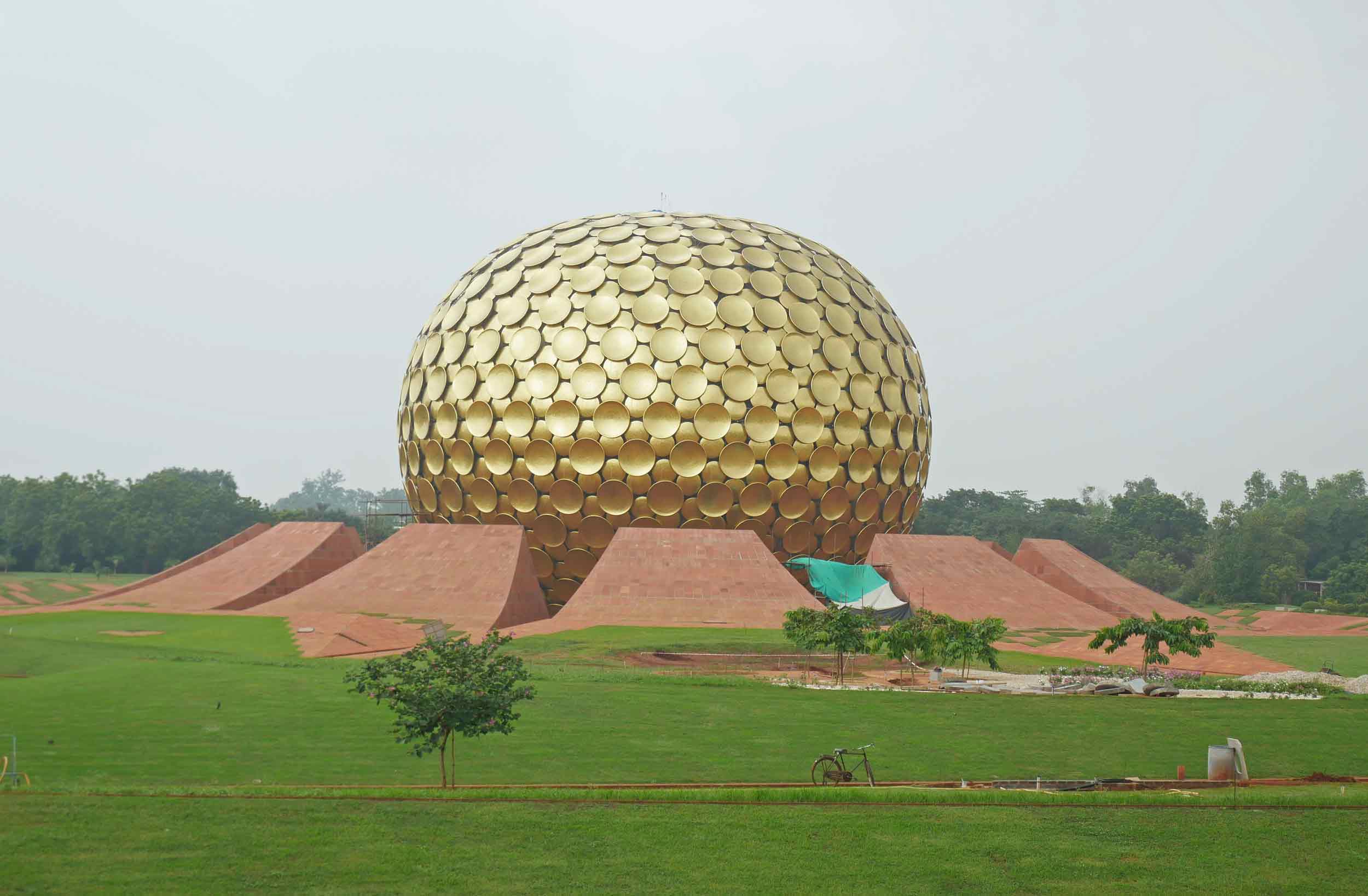
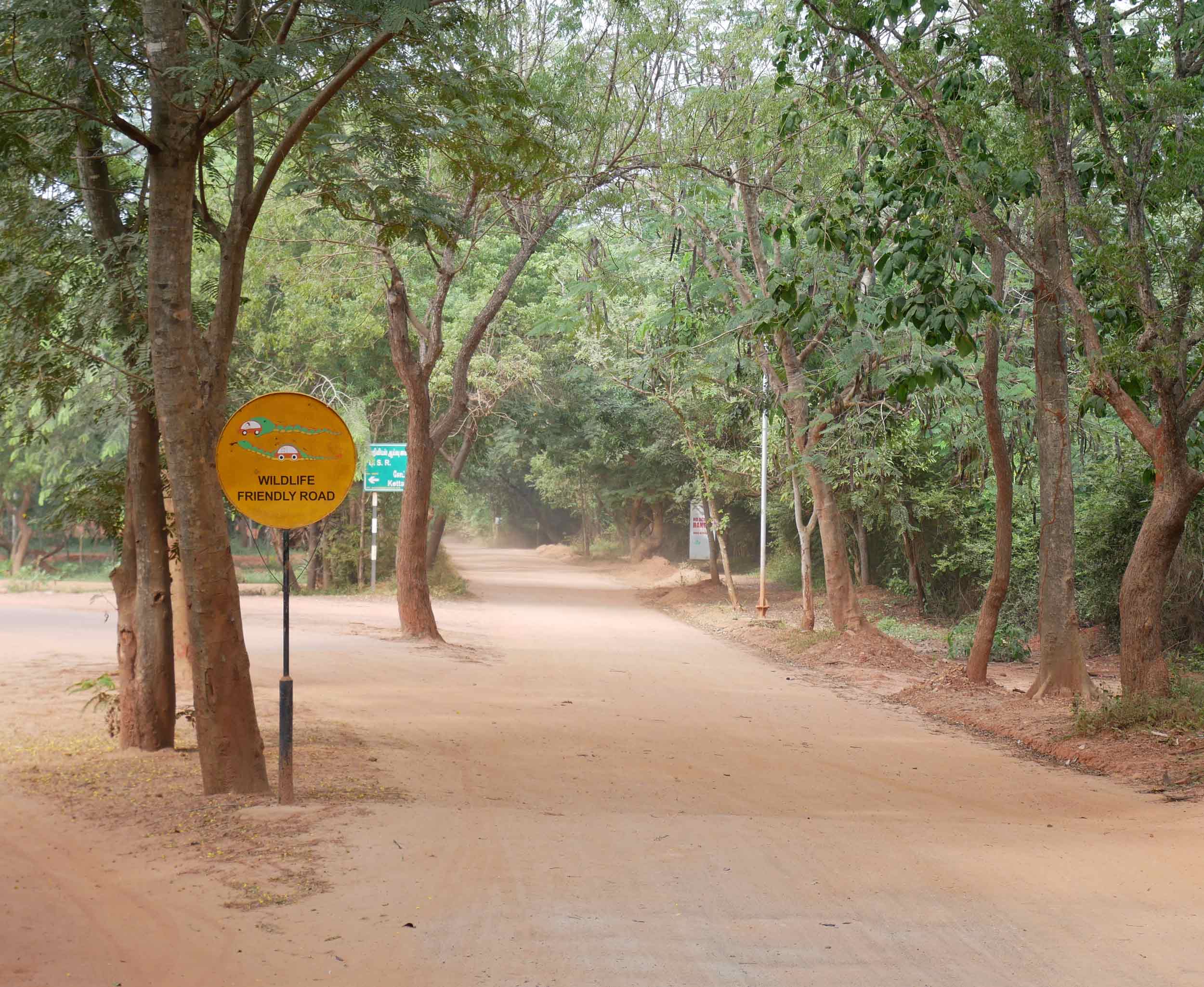
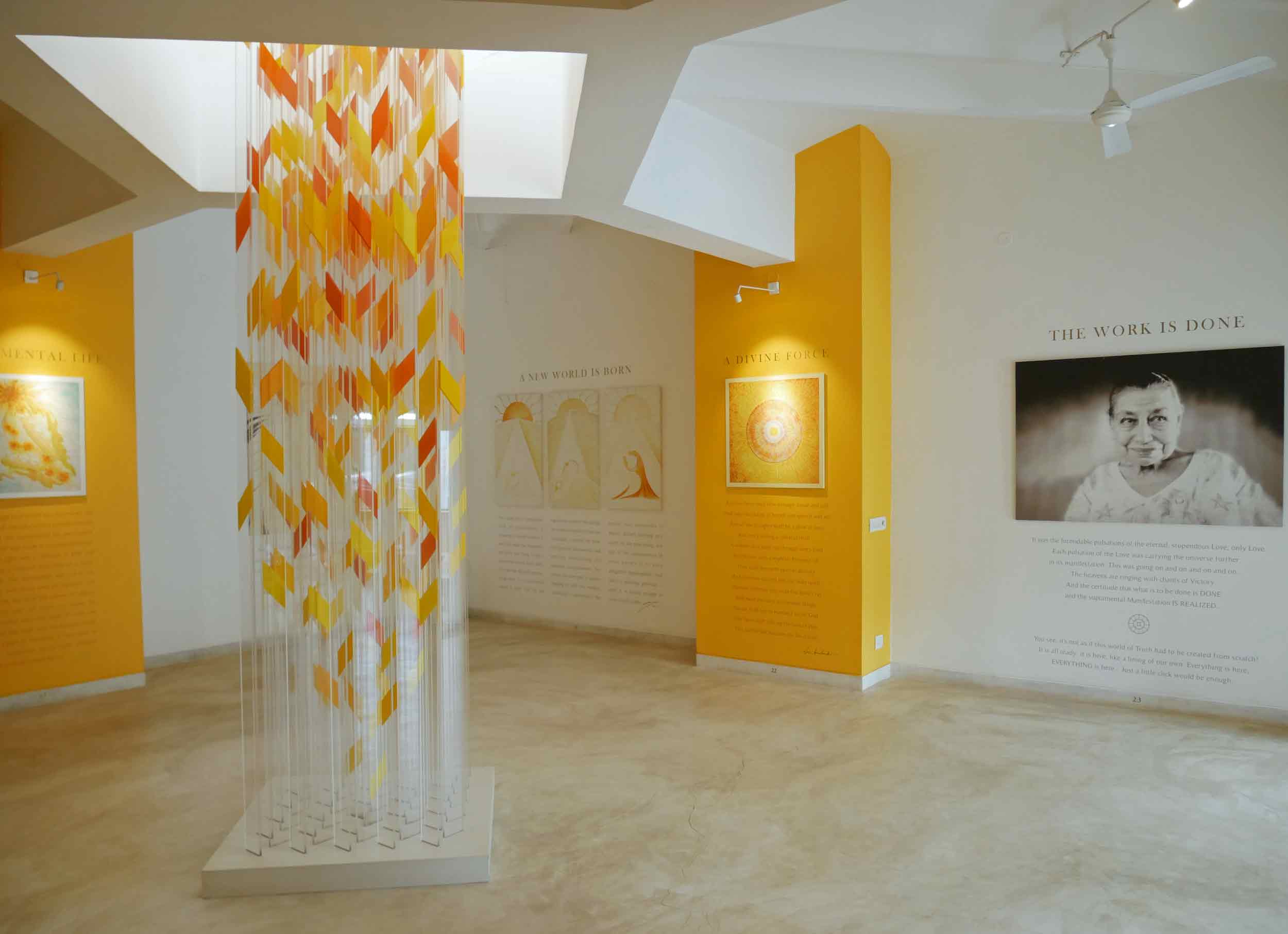
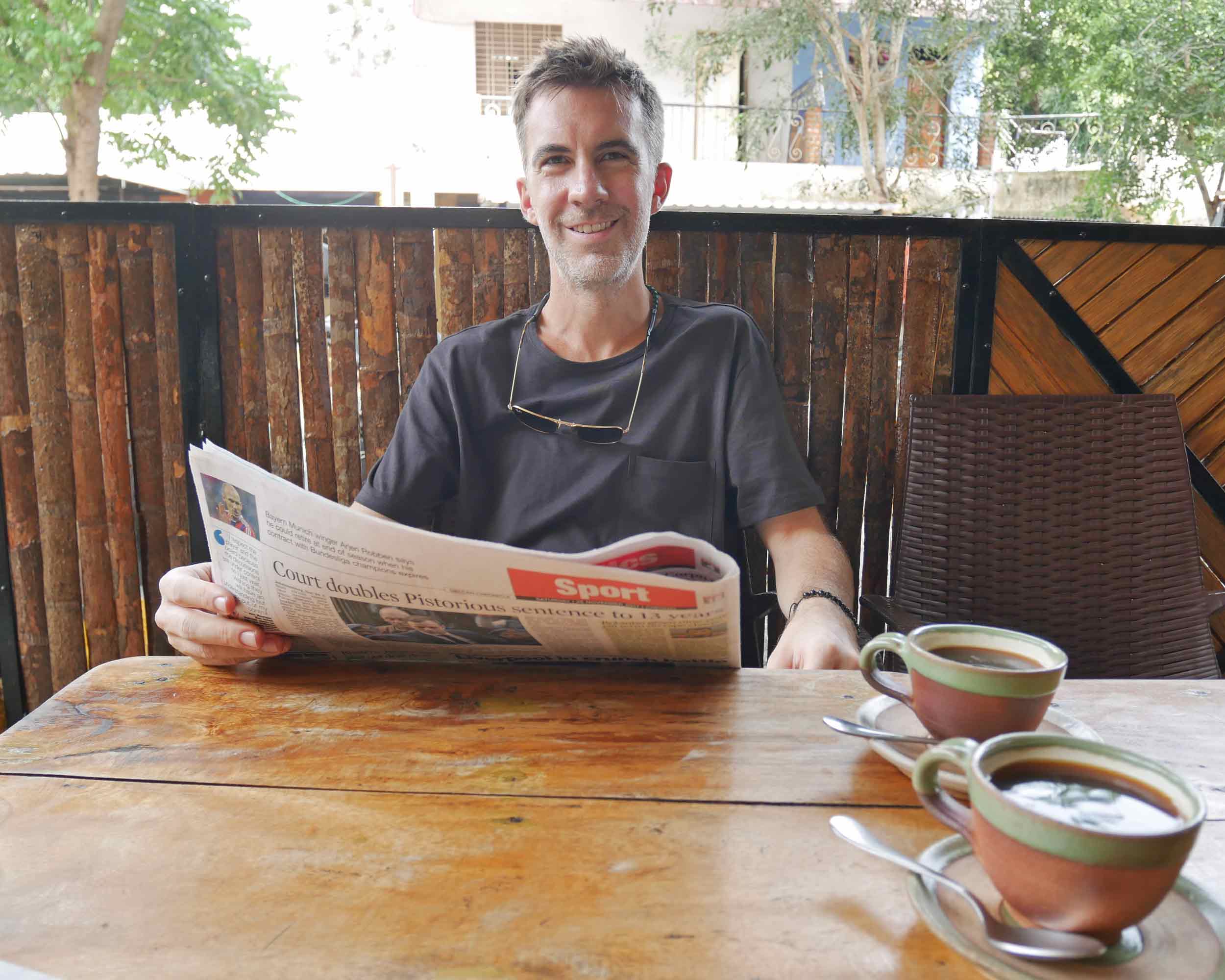
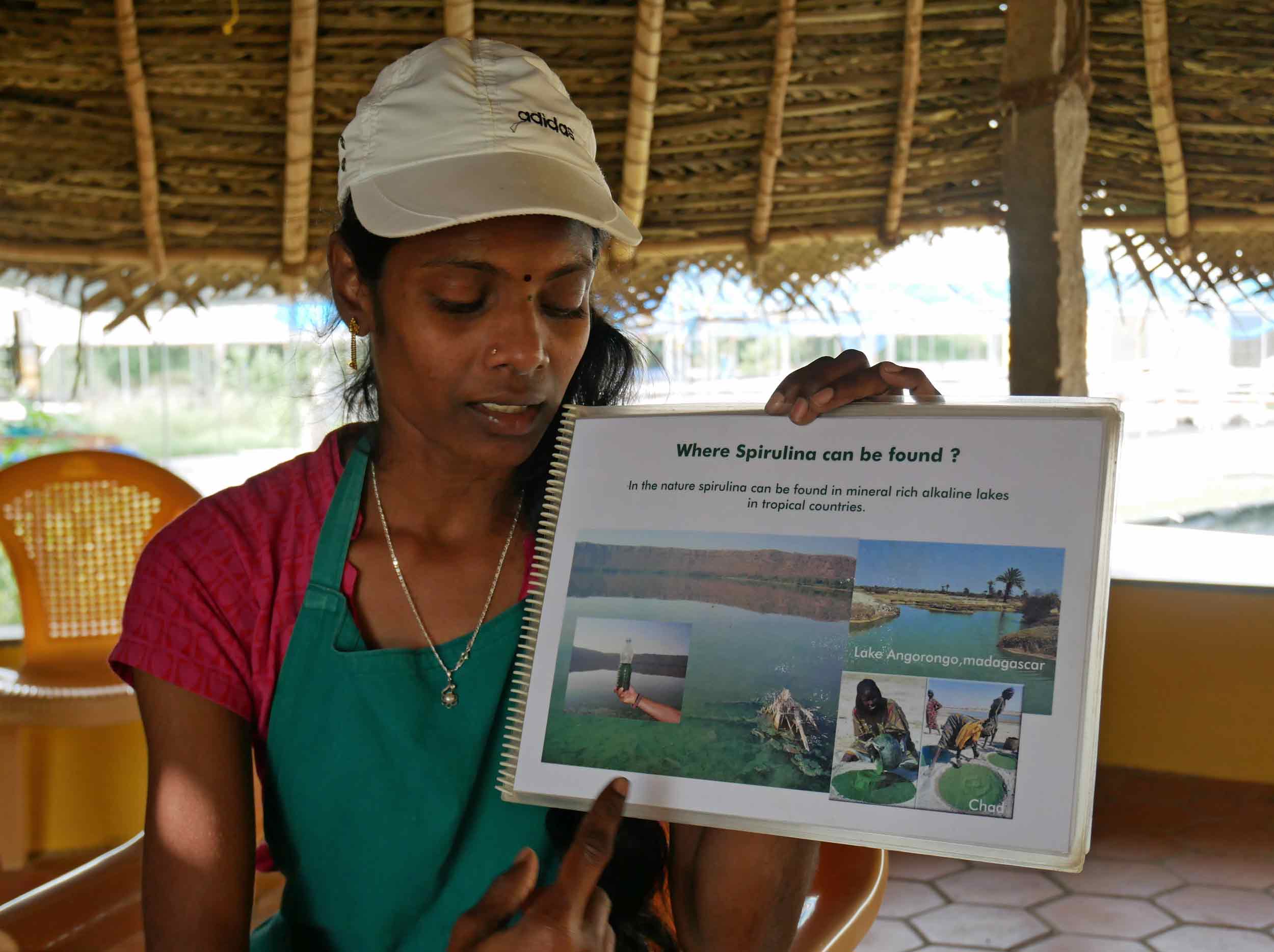
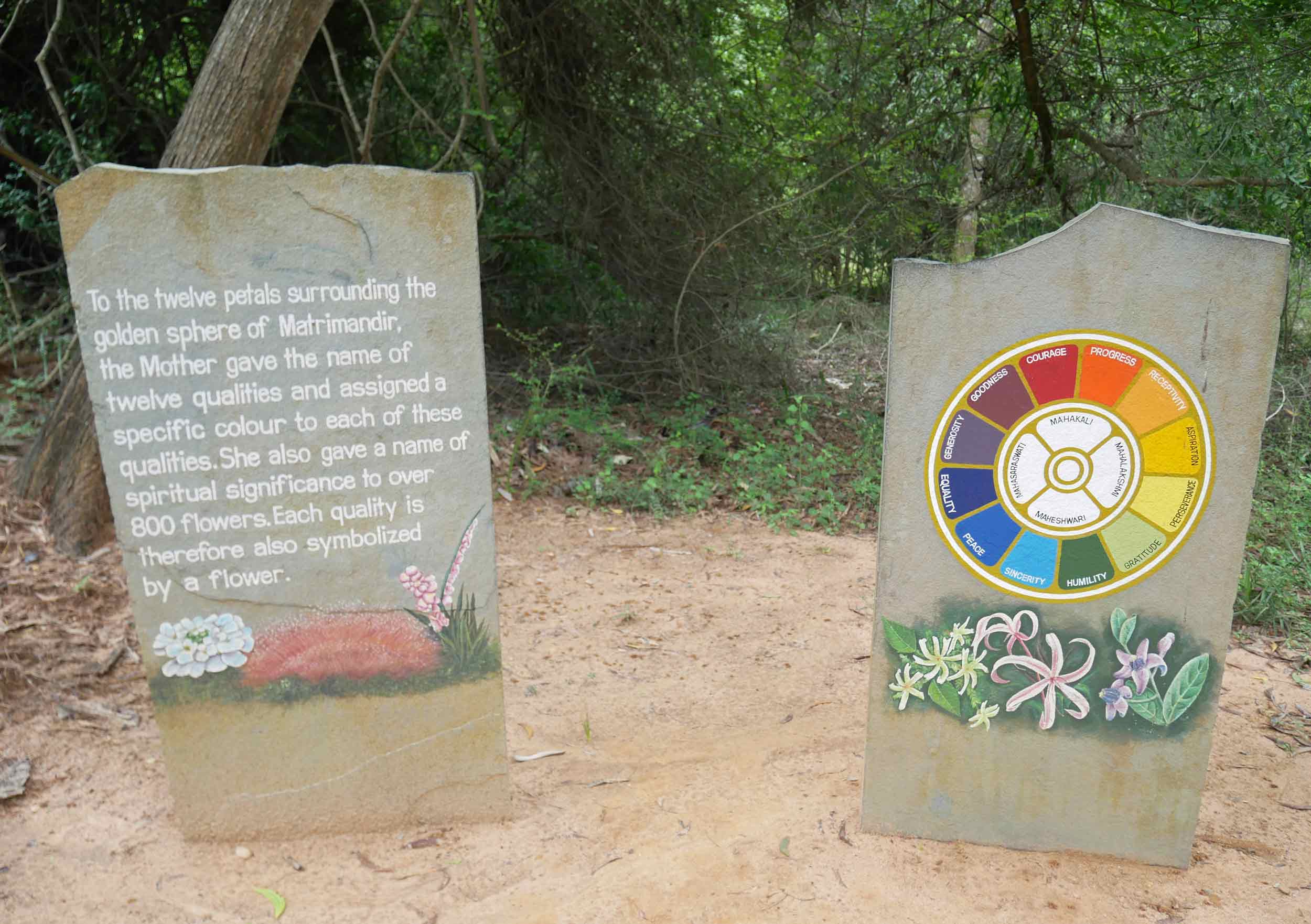
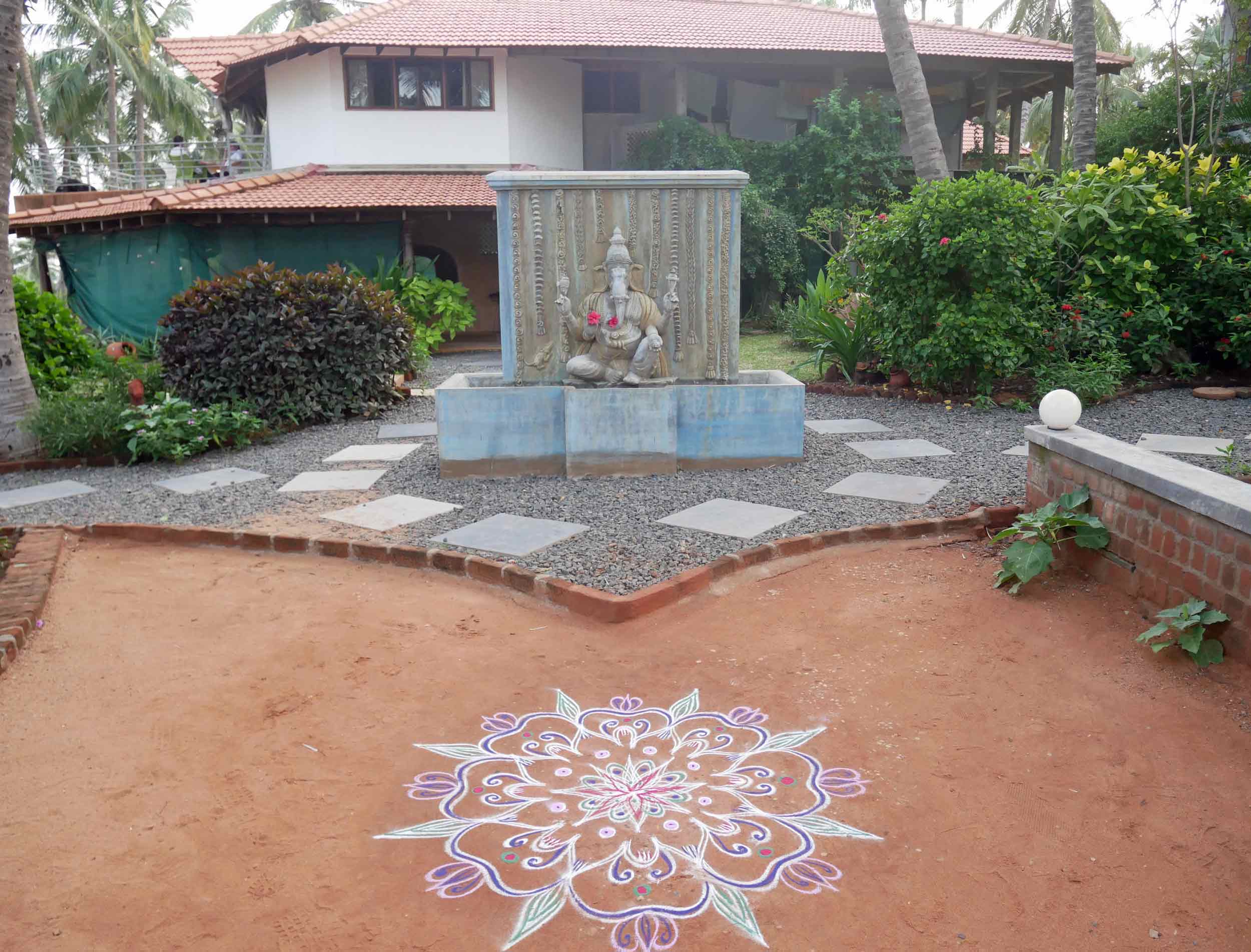
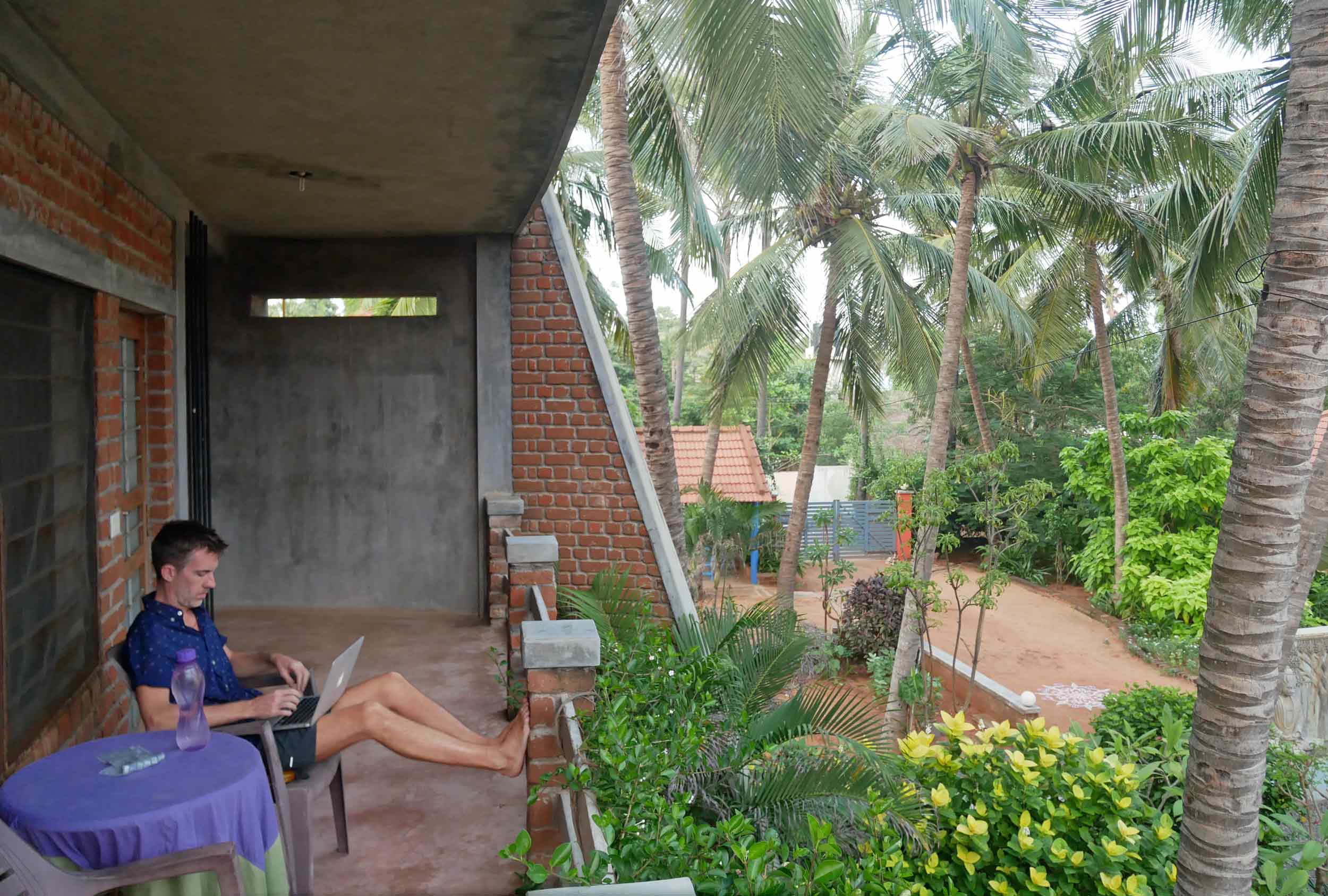
In order to enter the golden sphere and its grounds, we first had to watch a short film about the purpose and founding of this spiritual (but not religious) community in the village visitors' center, after which we obtained a pass to visit the next day. Walking into the Matrimandir felt otherworldly, almost cult-like, as our guide called our group of about 80 to total silence, instructing us to shrug off shoes and don white knee-high socks in order to enter the belly of the orb via a long, gently sloping, bright-white carpeted ramp. We walked single file, taking in the purity and the calm, neither of which are very common in India, and entered the cavernous central room, equally pristine with small white cushions and pillows surrounding a large glass orb. The Matrimandir has been designed with a hole in the very top that focuses a single ray of sunlight onto this glass sphere, which sent beautiful refractions of light across the room. In total silence, we chose our mats and began a self-guided "concentration" that lasted about 12-minutes until a peaceful chime signaled our departure. It was an ‘out-there’ experience, and we were looking forward to returning to the site on our days ahead (now that we had had our guided tour, we were free to come back on our own as much as we’d like to meditate and reflect in any of the rooms).
However, the weather gods were against us. After a late-day rainstorm, the dirt pathways on the grounds leading to the Matrimandir were too muddy for entry to this immaculate mecca, and so, alas, the facility was closed for the remainder of the week. Grateful for the chance to have visited at least once while we were in Auroville, we tried to hold on to the harmonious moment as we explored other aspects of the community, including a bamboo furniture workshop, spirulina farm, and cafés that serve locally-roasted coffees and fresh vegetables and fruits grown around the area. One day, we even made the harrowing yet short motorbike drive down the main highway to Pondicherry, the former capital of the French East India Company with well-preserved architecture from its storied past (some locals here still speak French and even continue to make renowned cheeses).
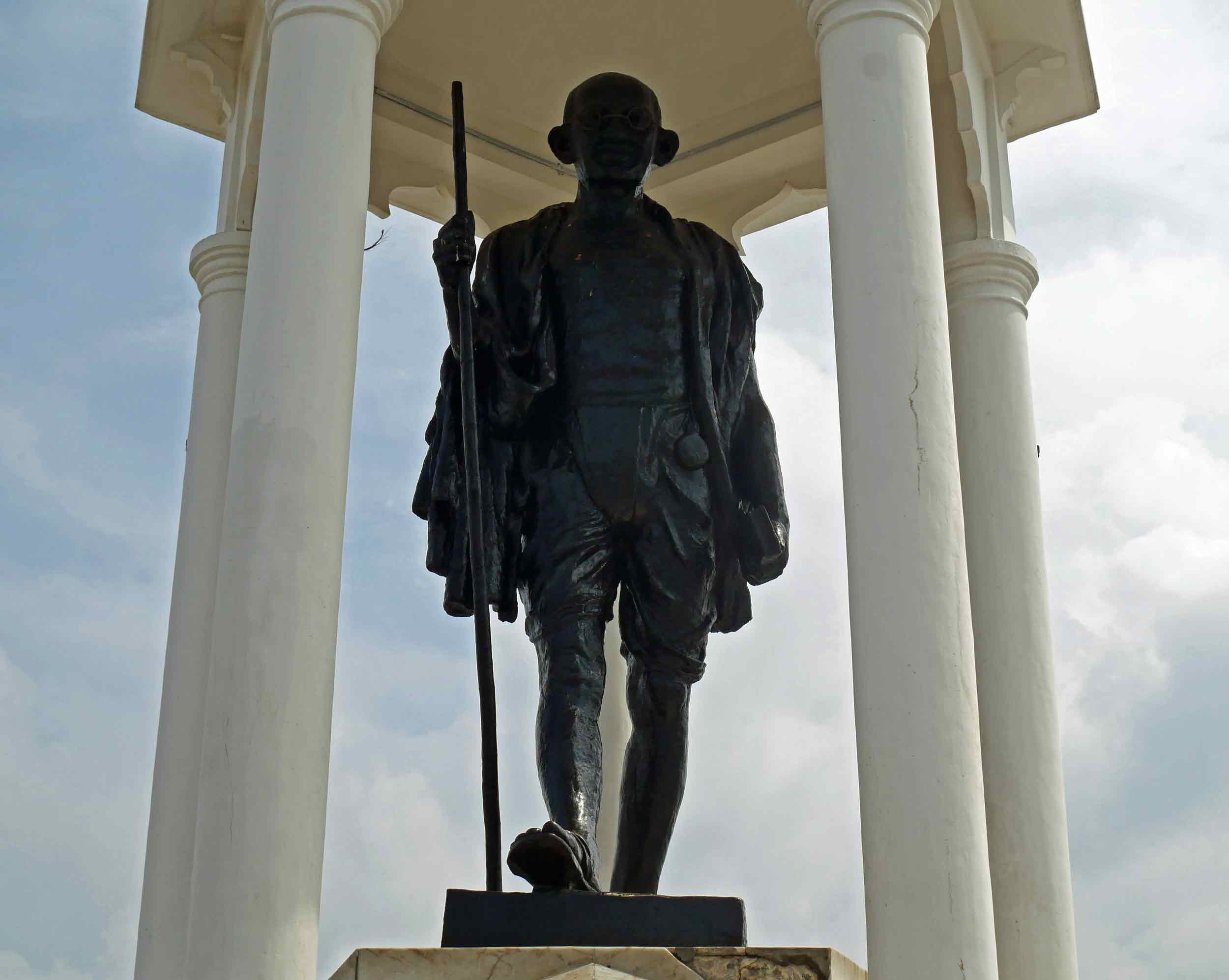
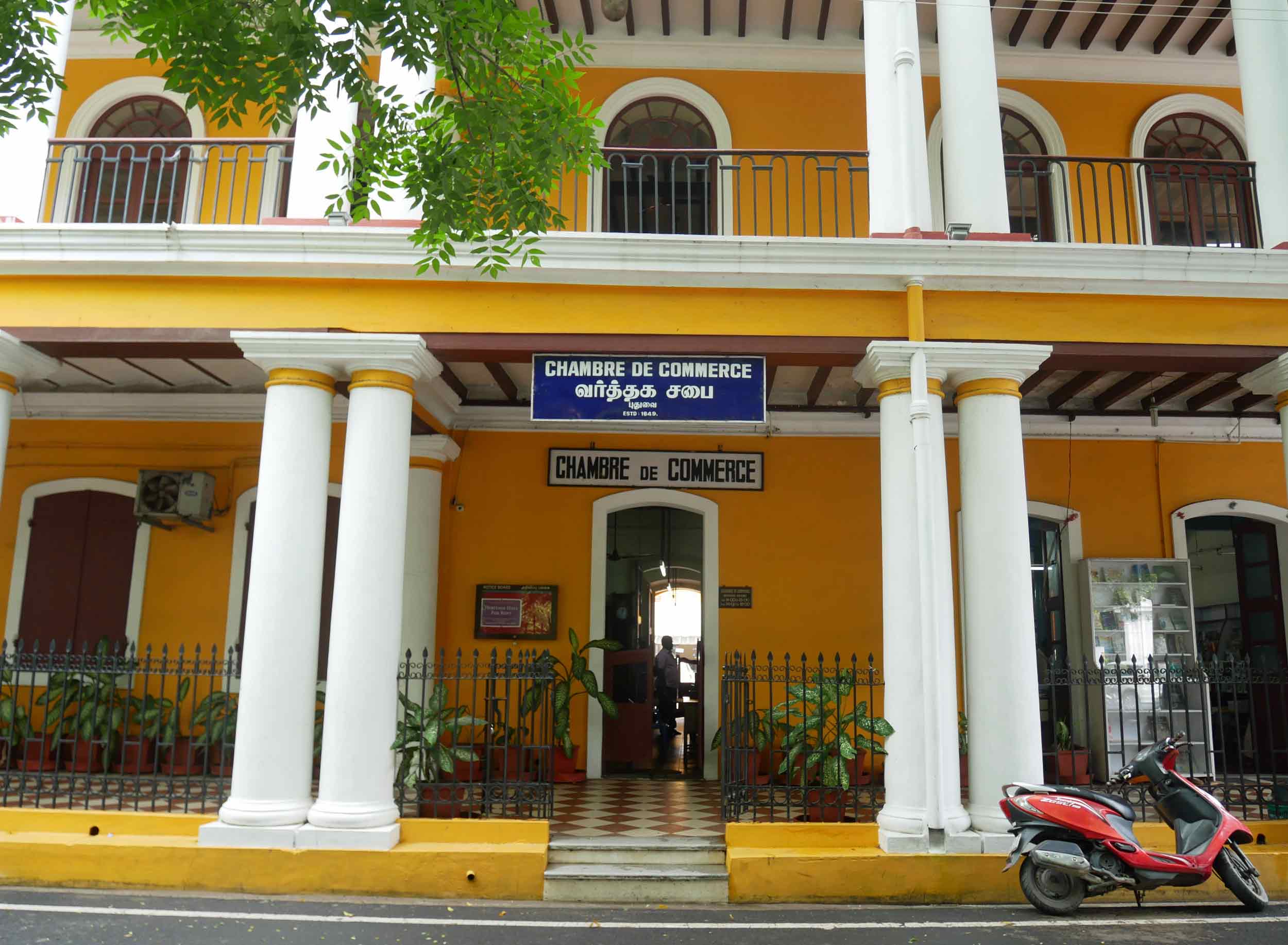
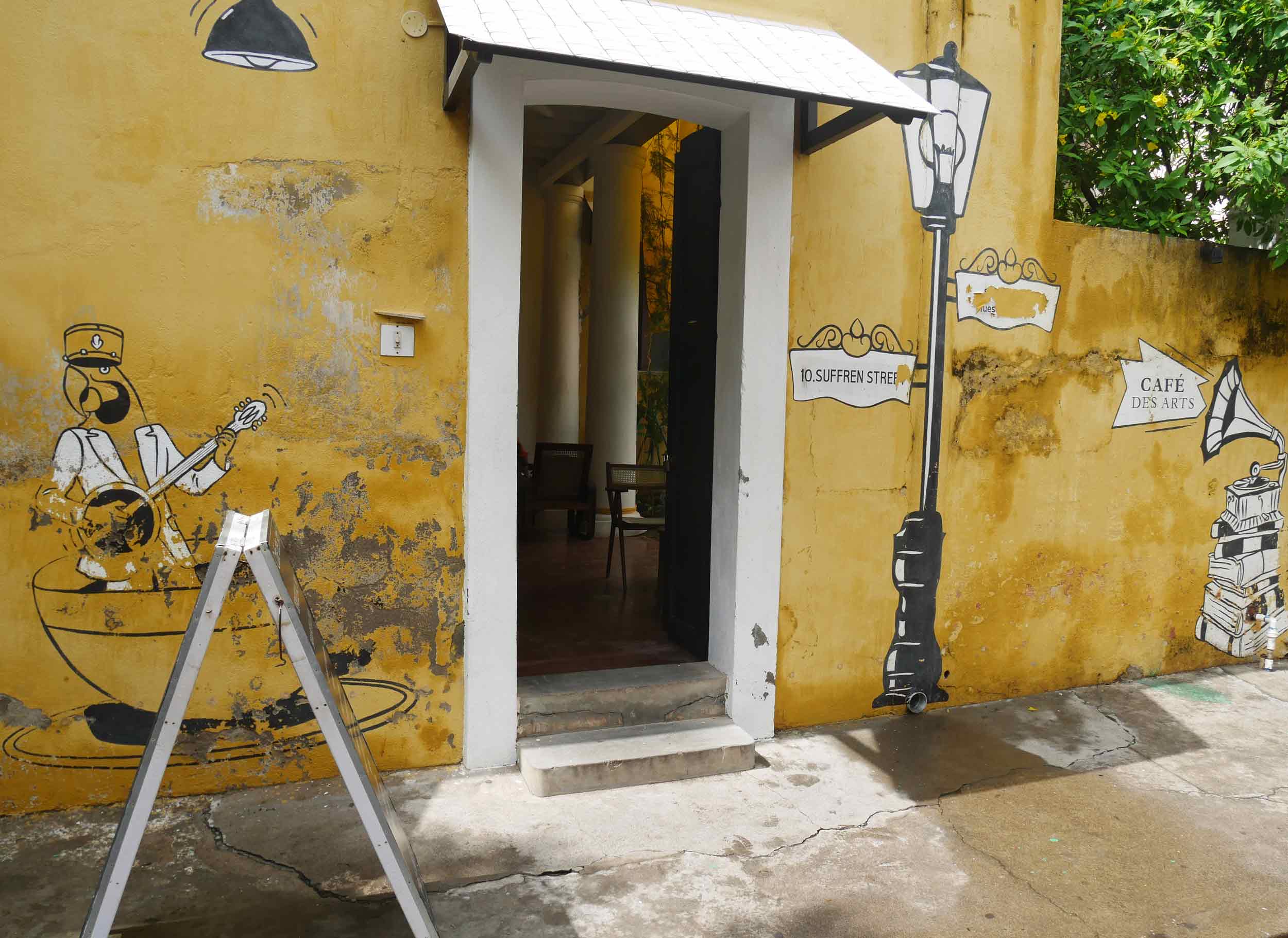
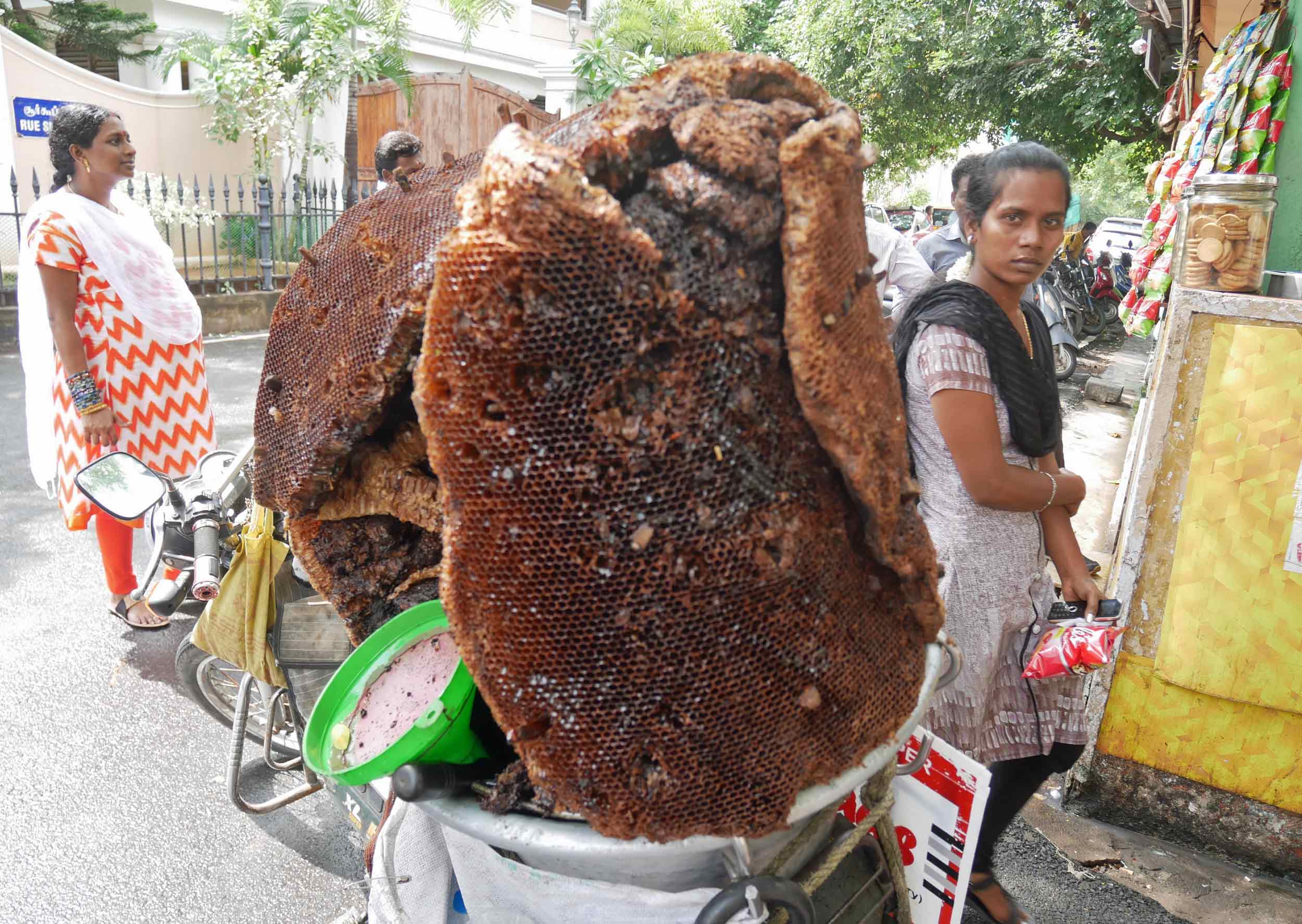
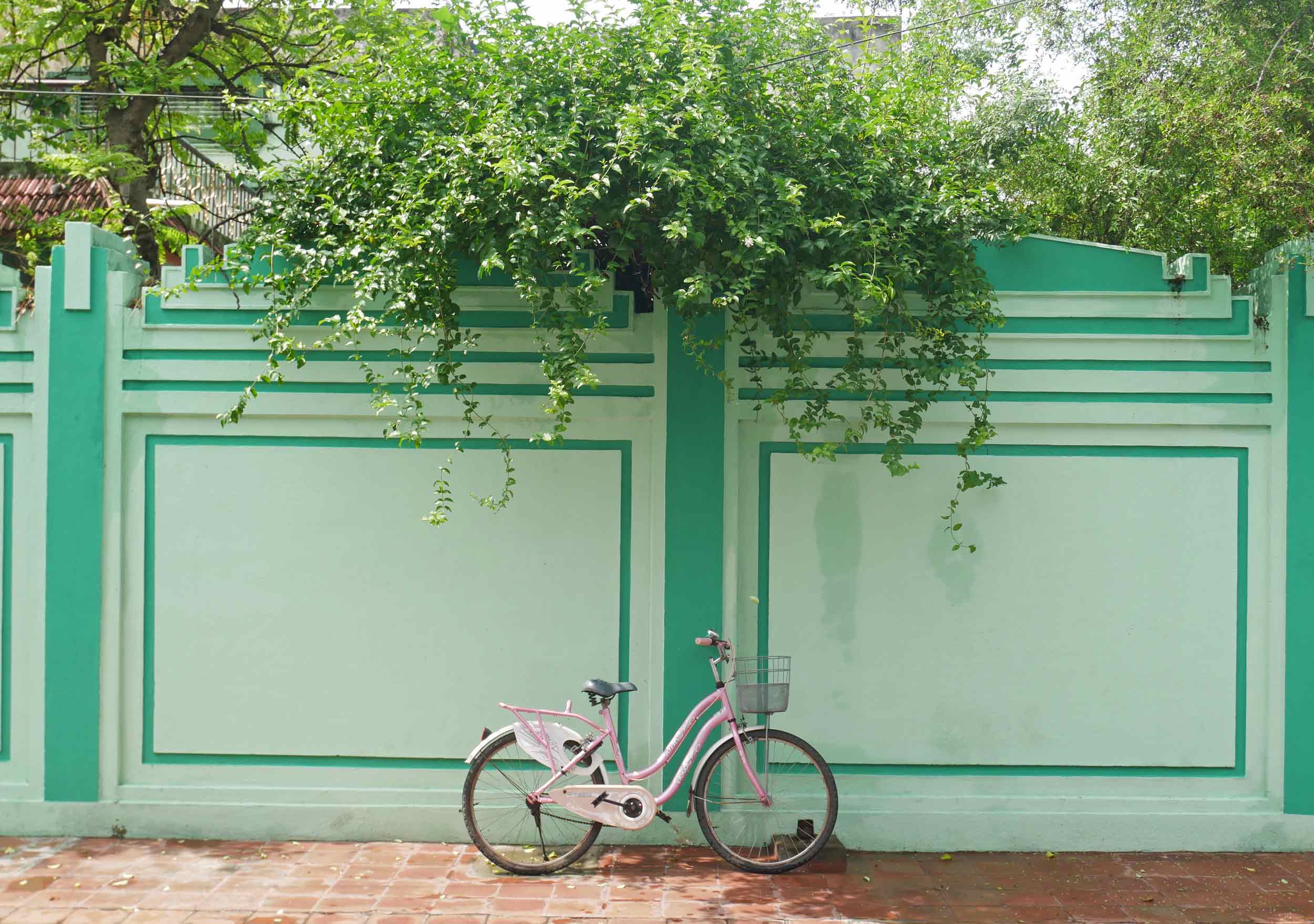
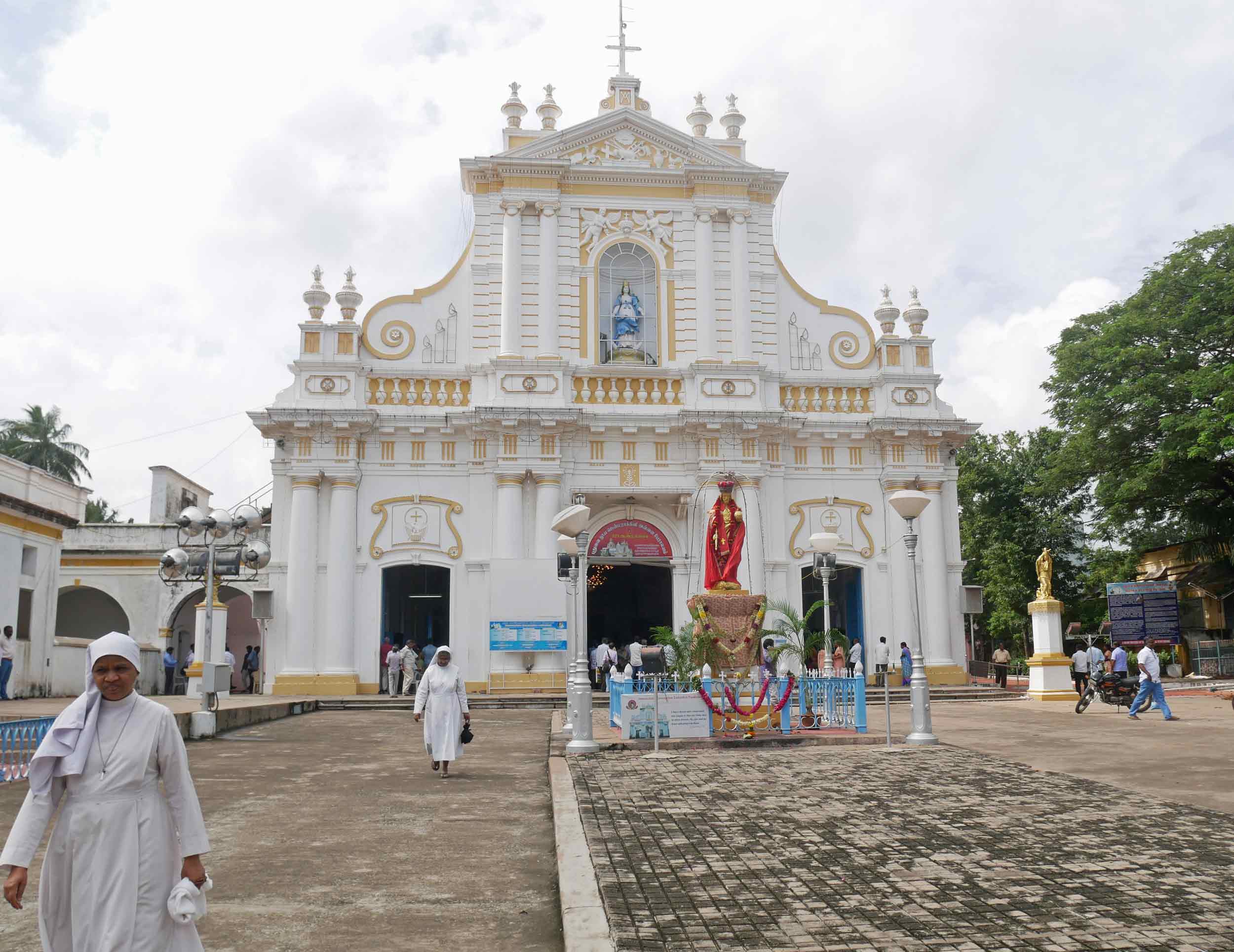
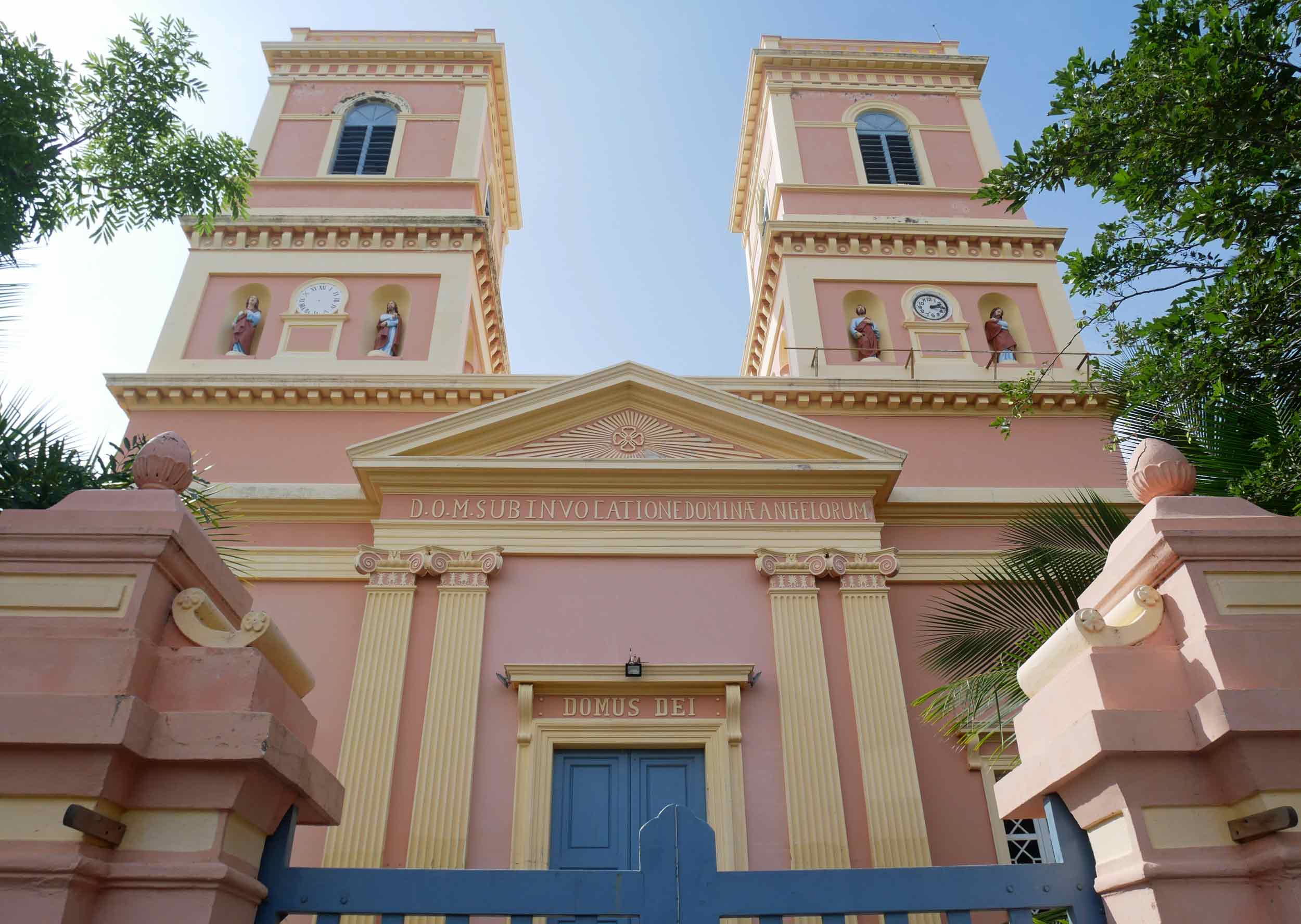
Floating through Kerala
As December approached, we left the east coast for the final destination of our India tour, across the tip of the country to the state of Kerala for a backwaters boat trip. After returning to the west coast just south of where we had begun nearly six weeks prior, we made our way from the port city of Kochi to Alappuzha Finishing Point where we boarded a private houseboat for two days of relaxation, drifting through the area's backwaters, a network of brackish lakes and lagoons connected by natural and manmade canals and some 38 rivers. Once again, we saw a different side of India, one with a slowed-down pace as life along the waters passed us by. And as the crescendo of India's intensity fell away, we let go of the sensory overload we had experienced throughout the country, resting on the boat's upper deck, reading and sipping tea and enjoying the local Keralan dishes prepared by the onboard chef. It was the perfect way to end our time, allowing for reflection and gratitude for our journey through the subcontinent so far.
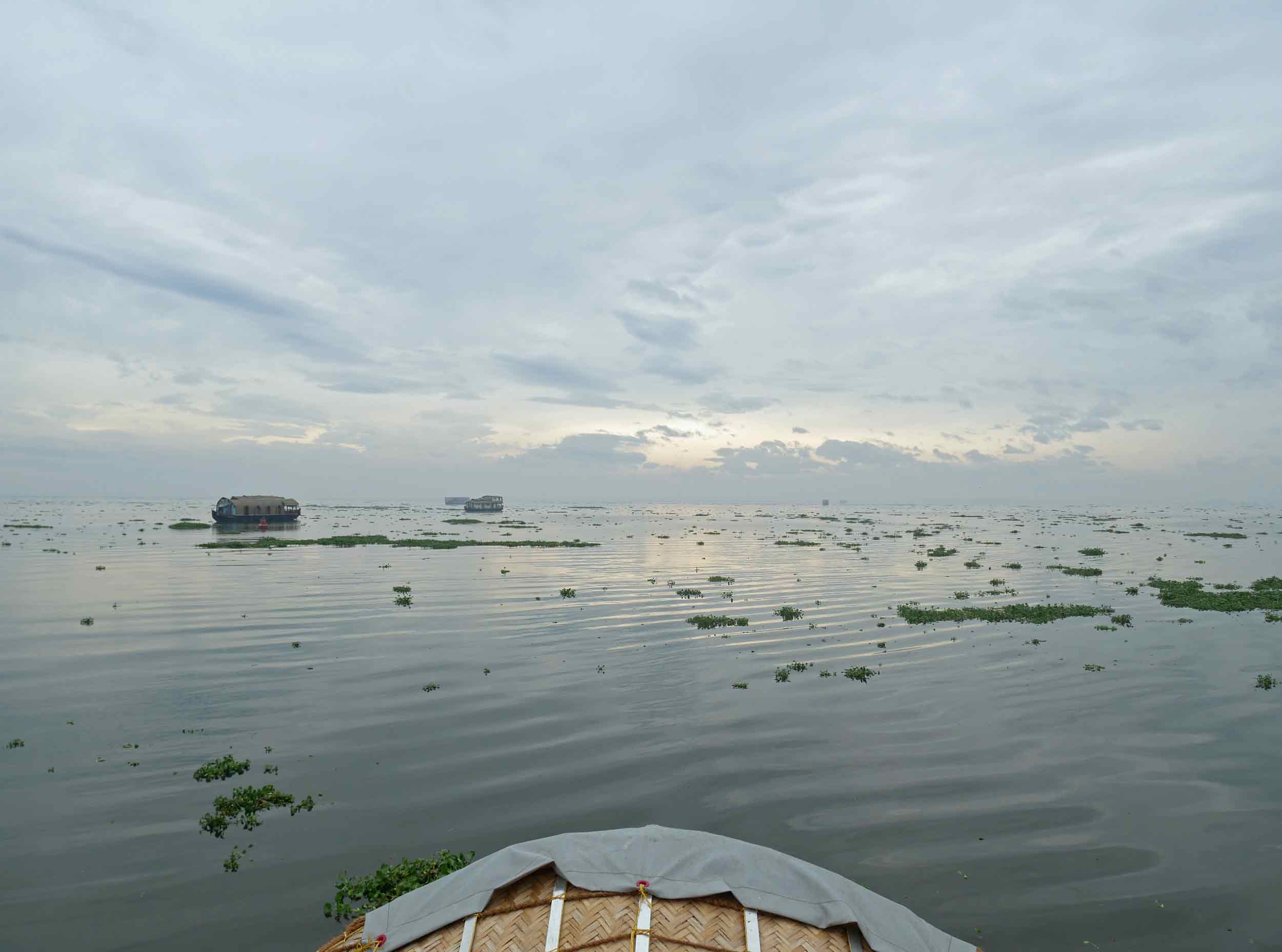
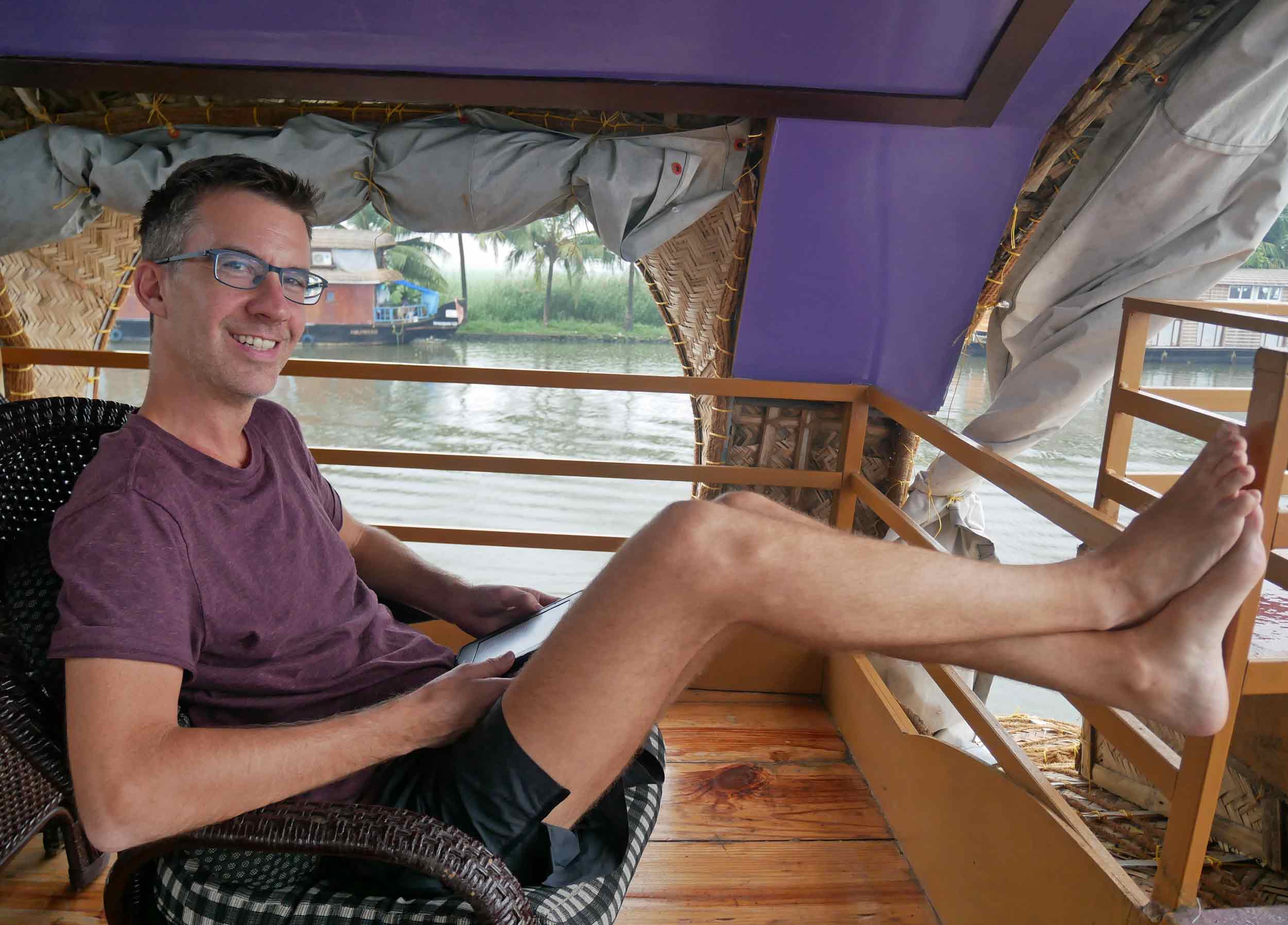
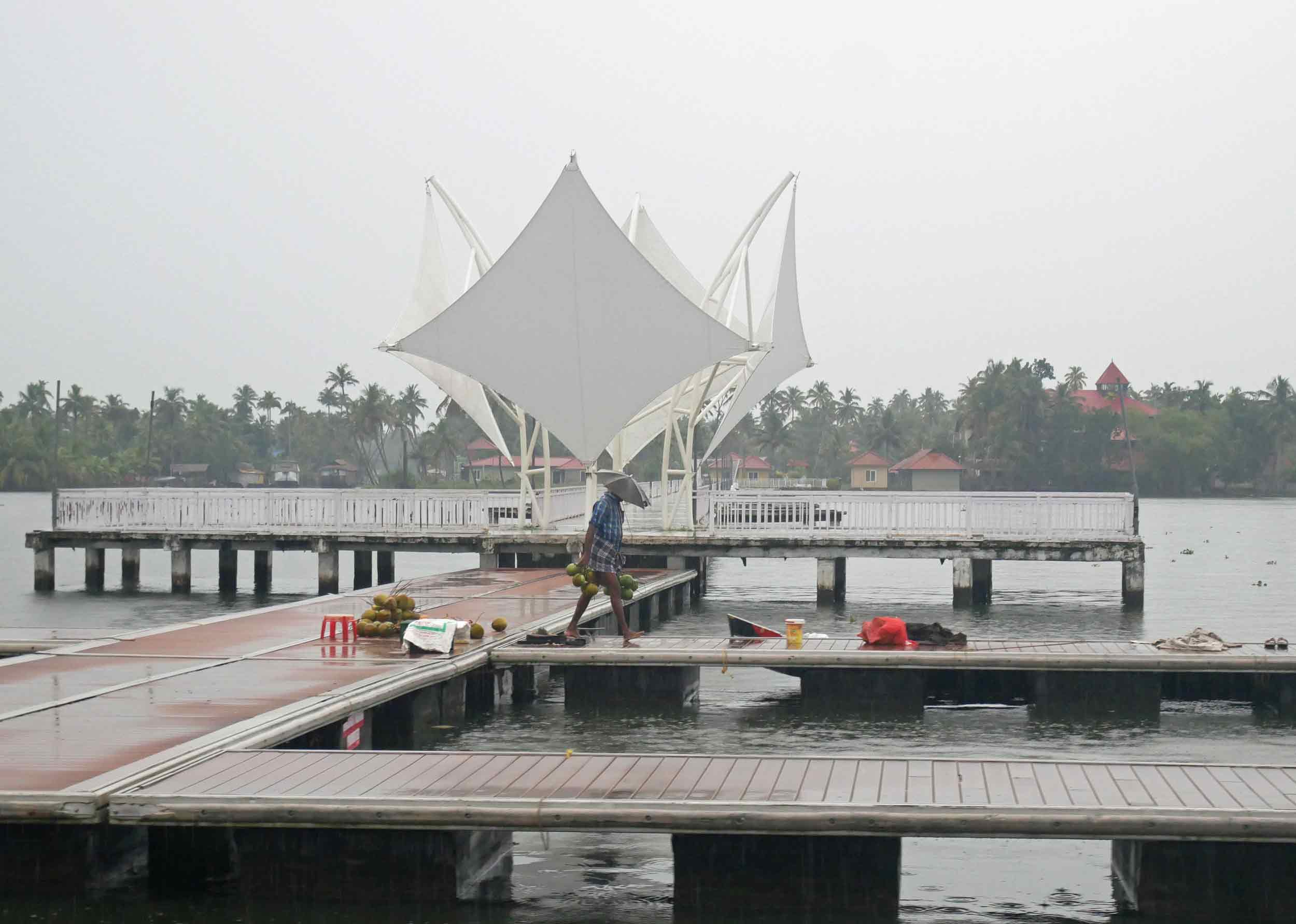
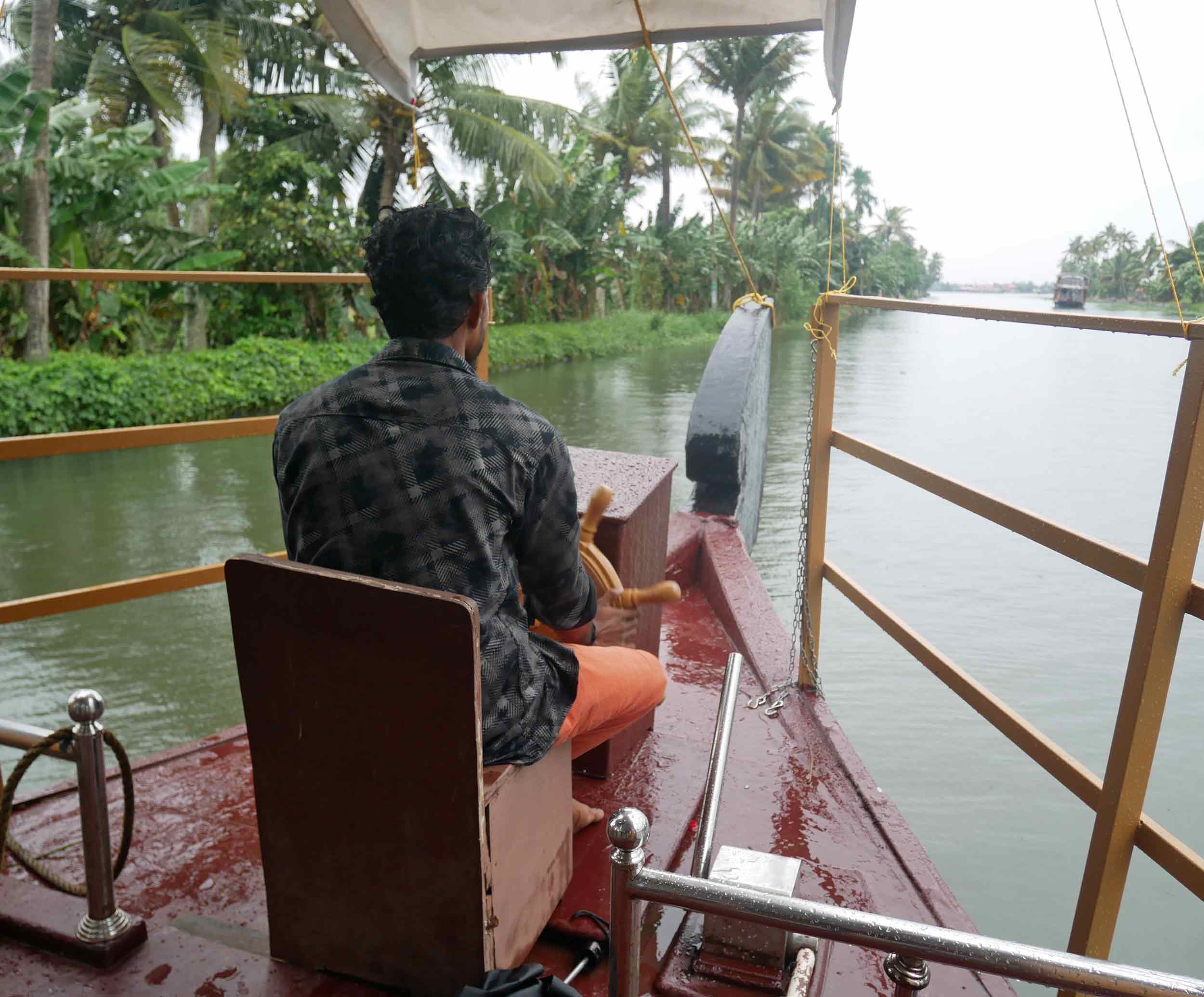
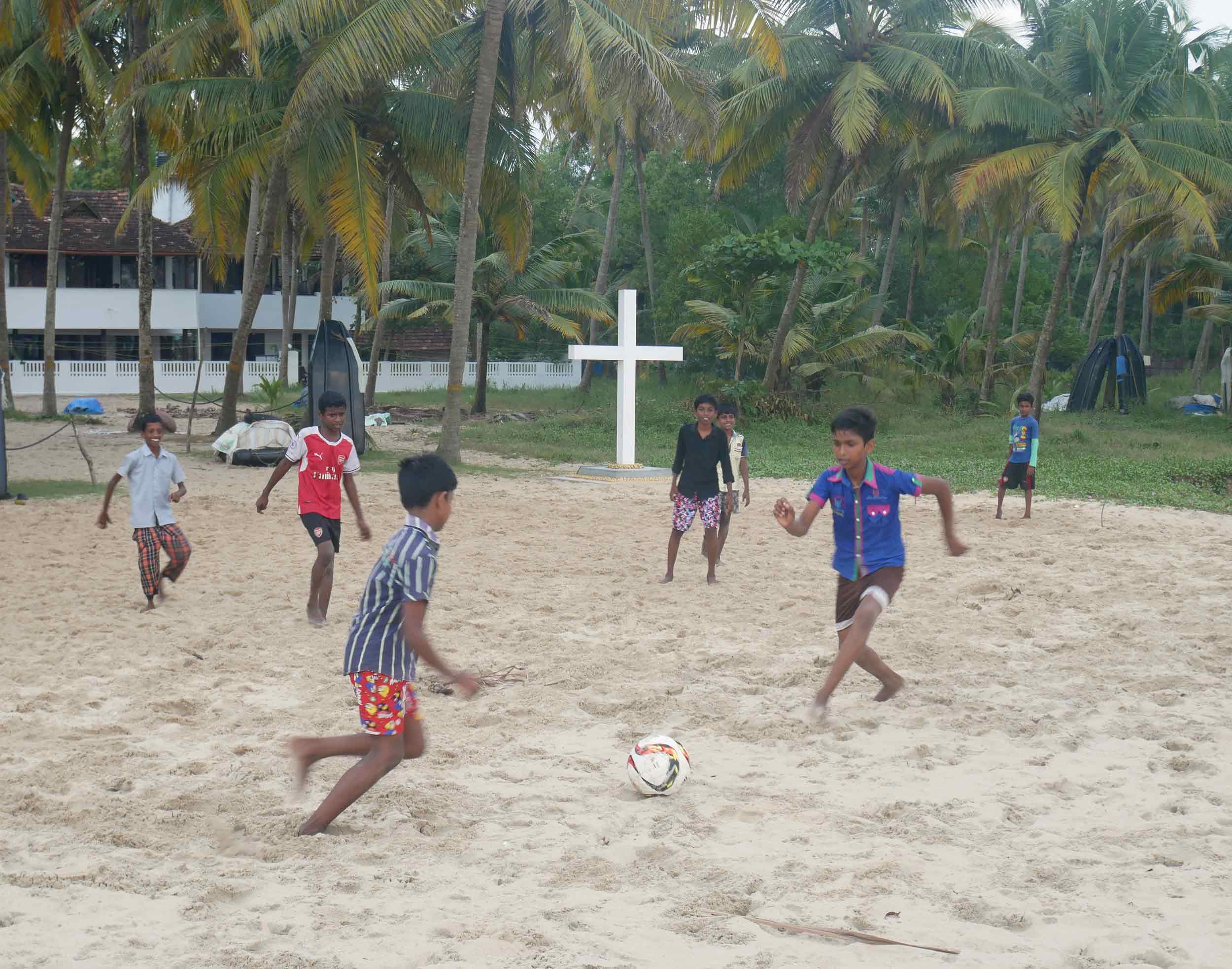
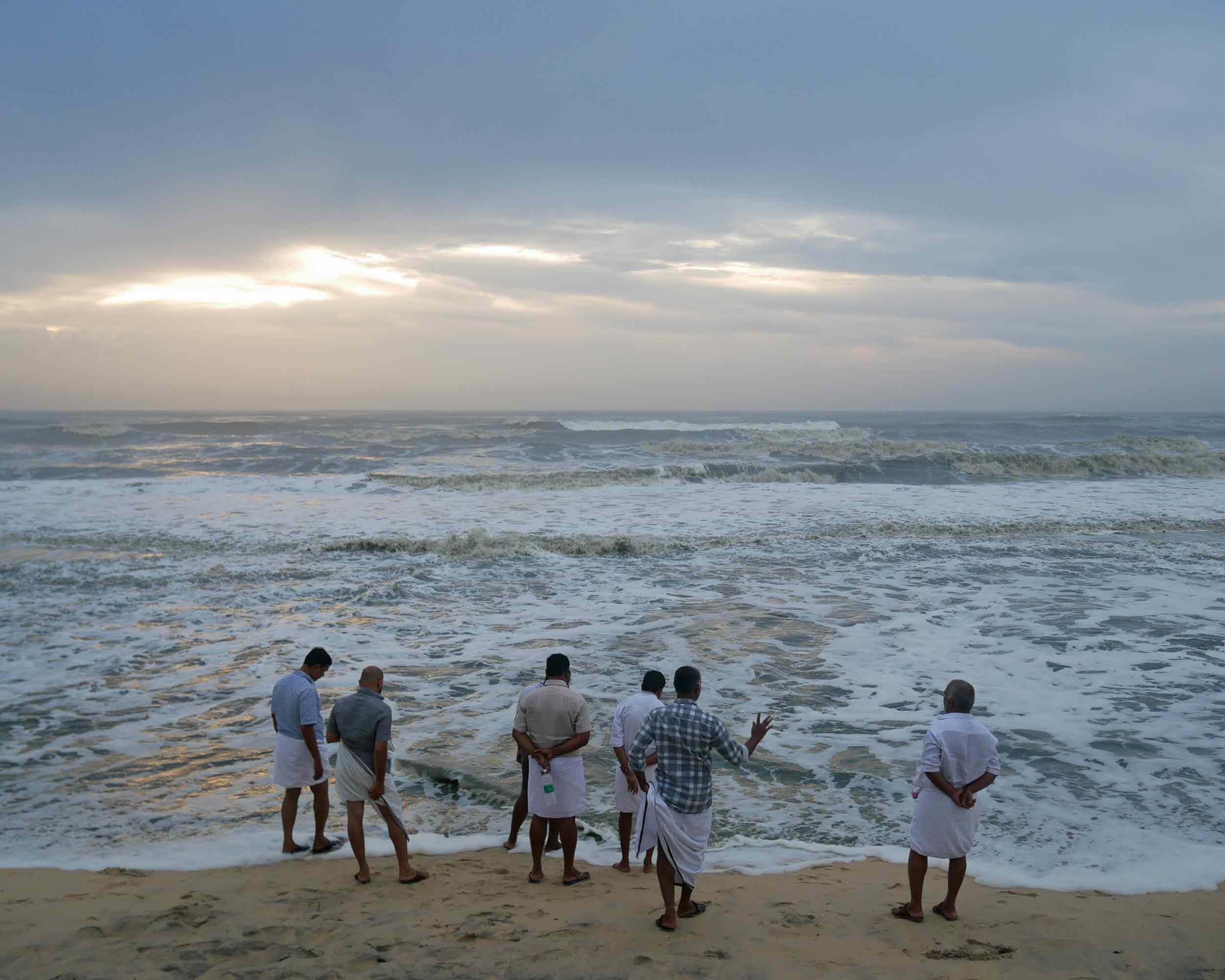
Back on land, we spent our final days on the Malabar Coast, staying at a small guesthouse run by a young local family, walking Marari Beach and taking in the colorful sunsets over the Arabian Sea. From here, we would depart for the Maldives, a chain of 26 atolls in the middle of the Indian Ocean just south of the subcontinent, where our lives would forever change. But after six intense and extraordinary weeks in India, as we prepared to board our flight out of the country, we felt ready to go but also reflective and wistful leaving behind so much - beauty and ruin, spirituality and chaos, kindness and brutality. As we stepped onto the plane that would carry us to our next destination, we couldn't help but sing the lyrics of Alanis Morissette's ode to this incredible country, "Thank U, India." For us, their meaning will never be the same.
